Among so many travel destinations in China, the only one that I can’t forget and insist on revisiting every year is my spiritual hometown—Yunnan.
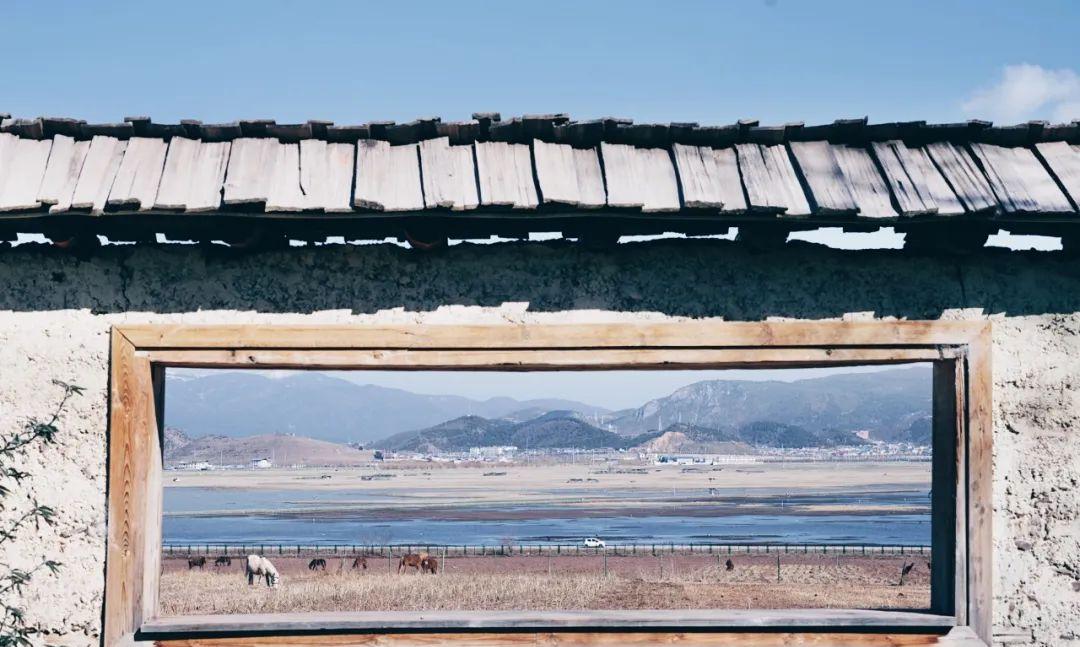
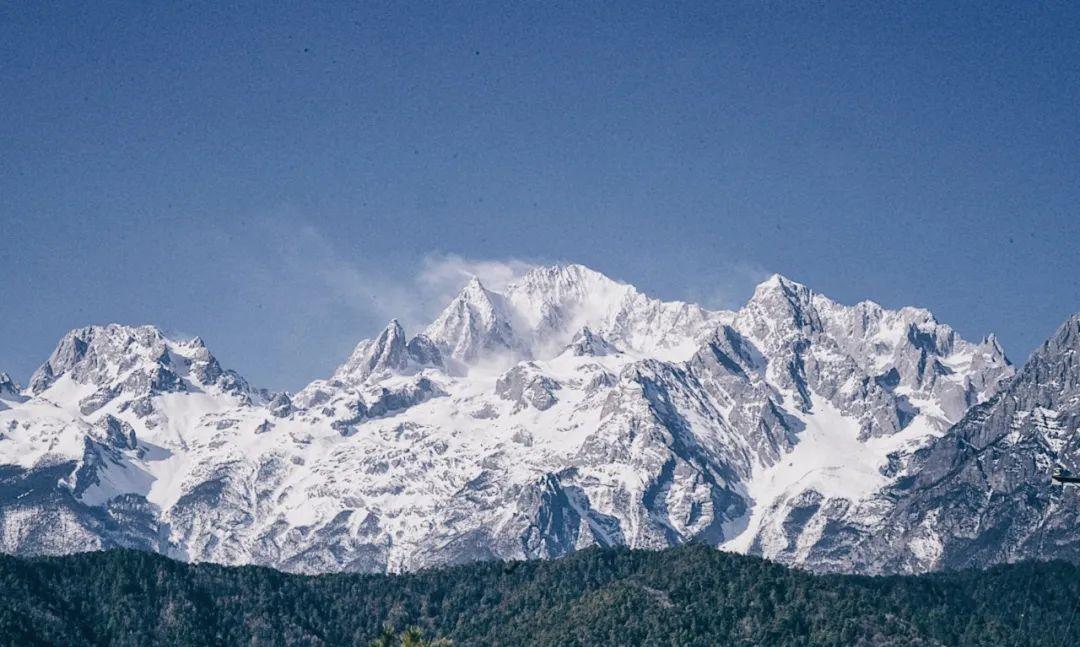
After numerous independent trips, this time I decided to go on a guided tour, specifically a private tour with Lijiang Lux. A private tour means accommodations for each night (staying at Lux the entire time), three meals, and daily itineraries and transportation are all included. This highly organized travel style is truly next level, allowing me to not have to think about anything throughout the trip. It’s perfect for someone like me who is too lazy to make a travel plan and also great for the elders.
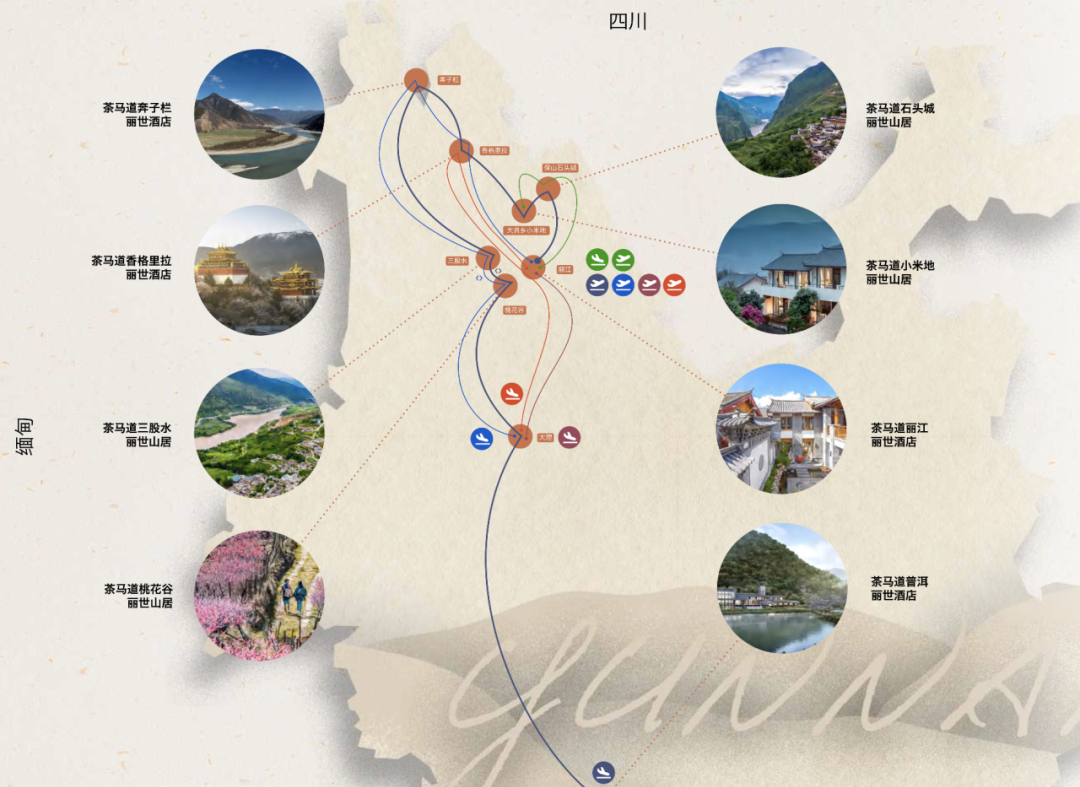
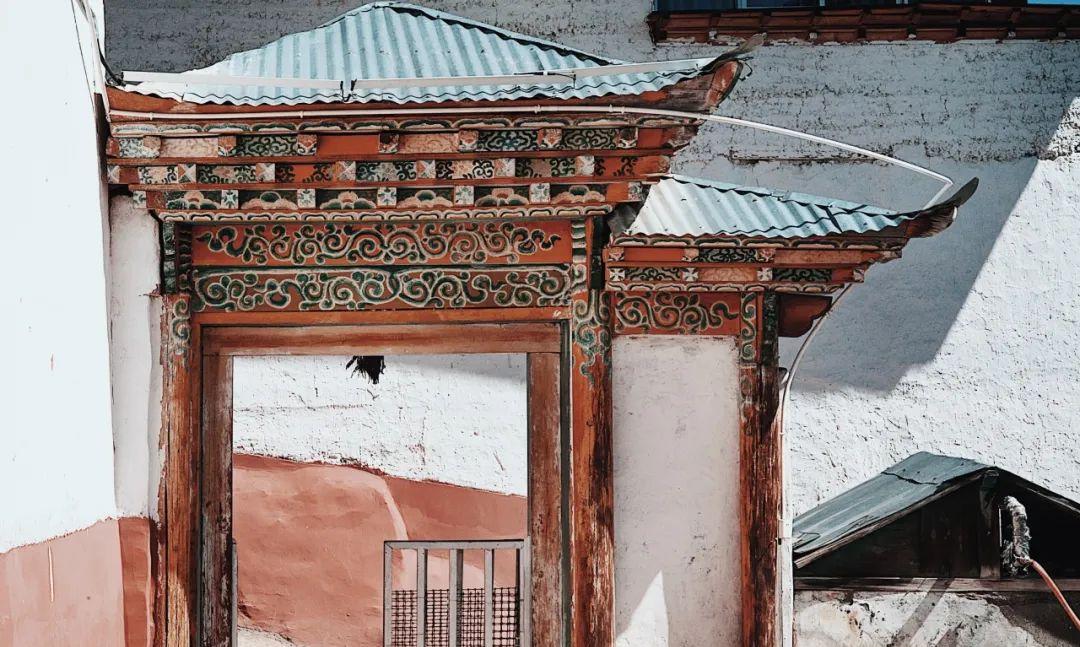
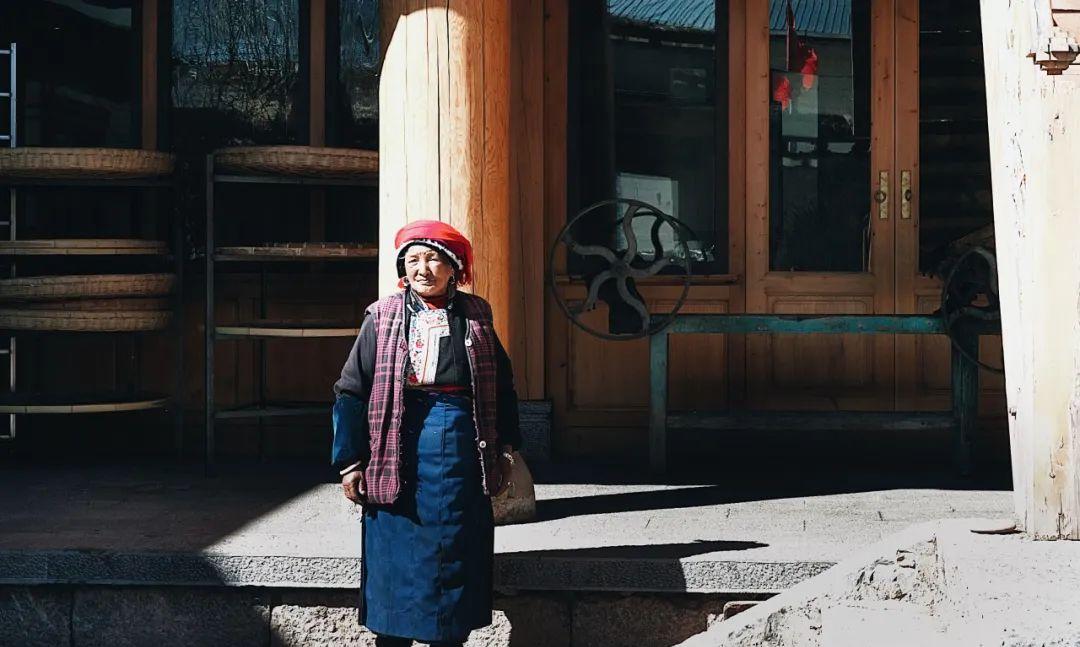
Many people might not know that Lux has actually established a line along the Tea Horse Road in Yunnan. From Lijiang to Shangri-La, it encompasses the most beautiful and hidden sceneries of Yunnan—ancient towns, snow-capped mountains, secluded villages, lakes, and canyons… My eyes were constantly in paradise along the way, and due to the varying altitudes, one could almost say we experienced four seasons.
The scenery is stunning, and the cultural experience is not lacking either. This journey also serves as a pilgrimage to the lives of Yunnan’s ethnic minorities. Our local guides, who took us around every day, belong to minority groups; we even visited a Tibetan family’s home and drank butter tea under the snow-capped mountains. I must say, the ethnic minorities in Yunnan have a totally relaxed vibe, unlike anywhere else in East Asia. Many people I know who visited Yunnan ended up quitting their jobs upon returning.
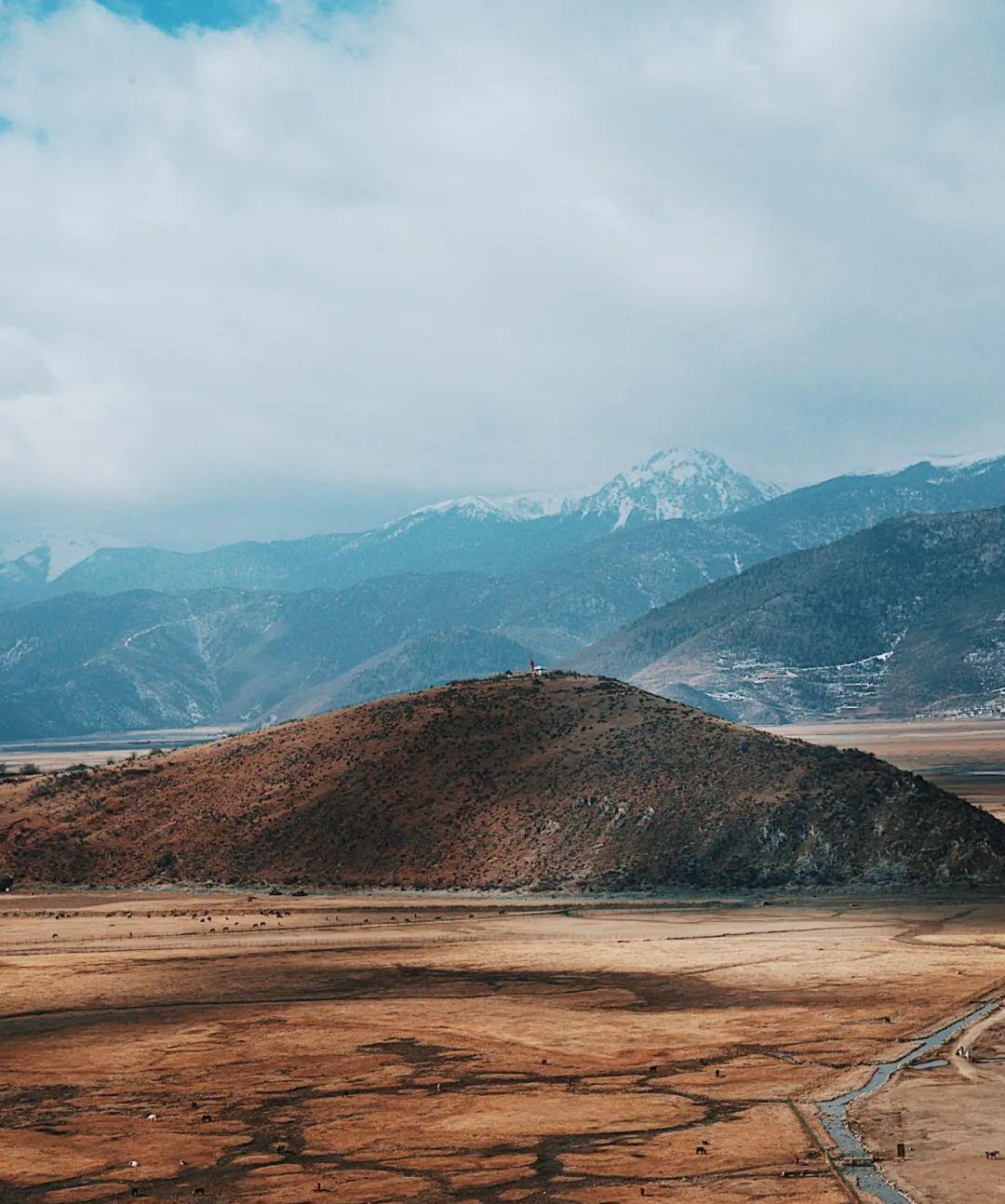
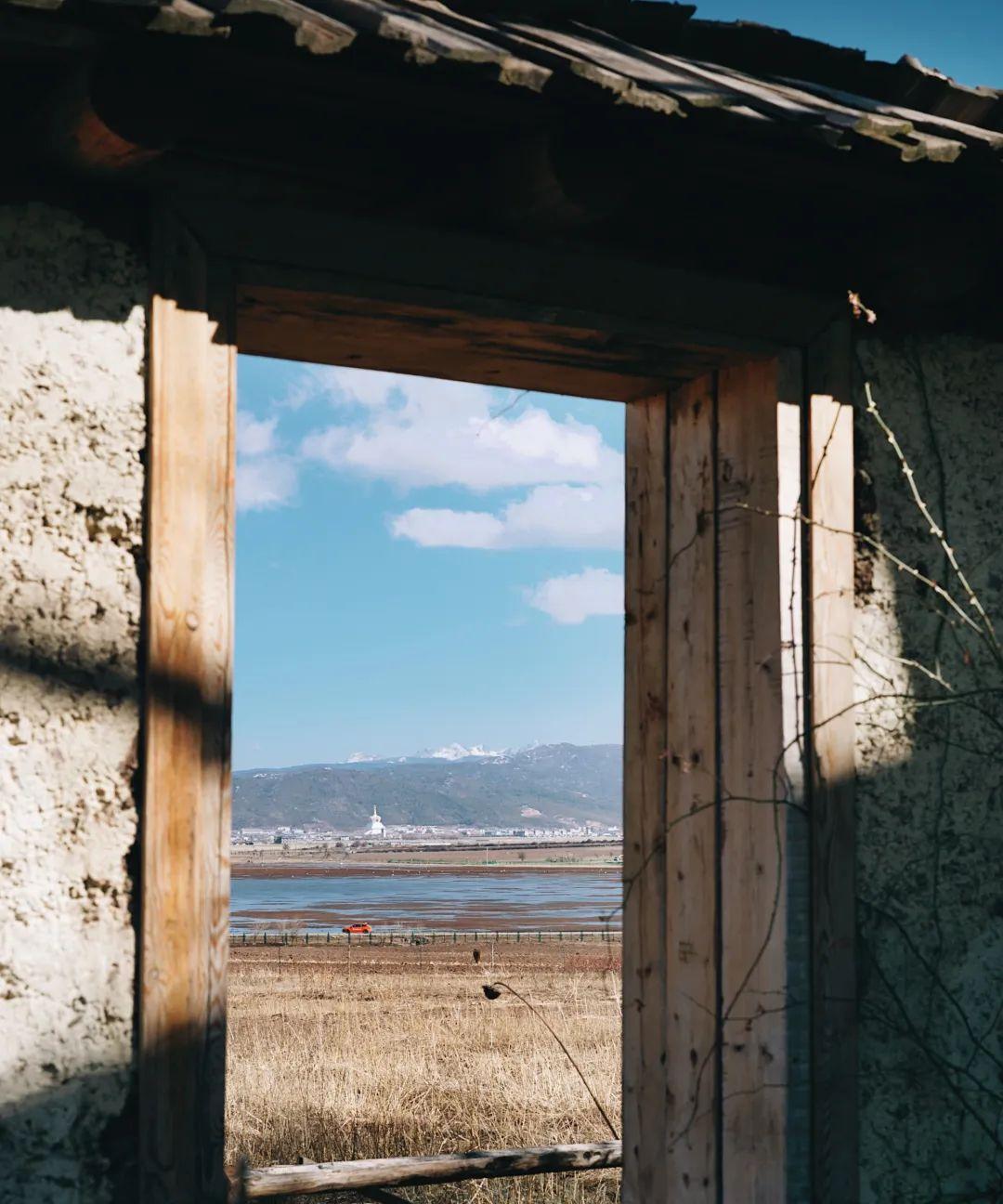
Moreover, the service throughout our stay at Lux was exceptional. Every meal was presented with a sense of ritual and hidden surprises, overflowing with emotional value! We have recorded the entire journey on our video channel; feel free to check it out!
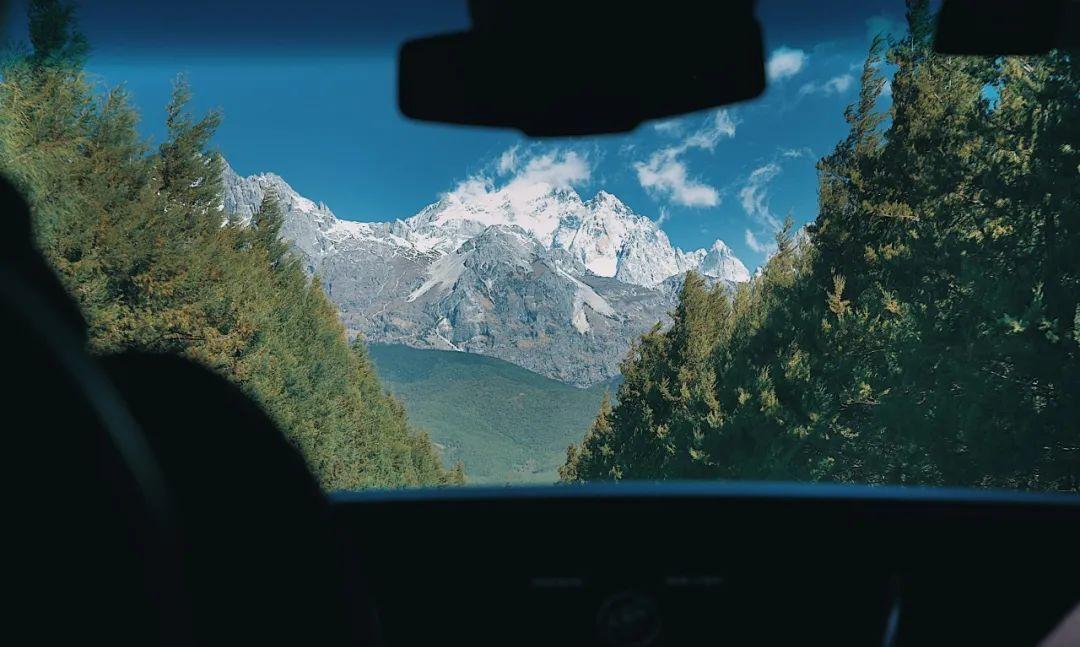
Now, without further ado, let’s look at the detailed account of my seven days and six nights packed with hidden gems!
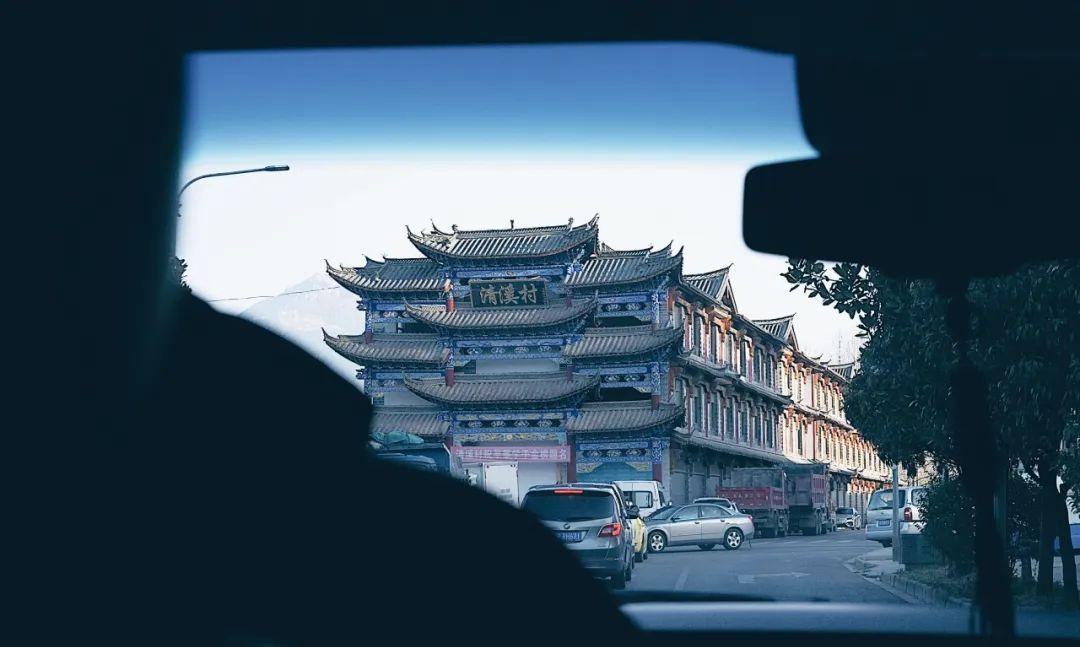
**Day 1**
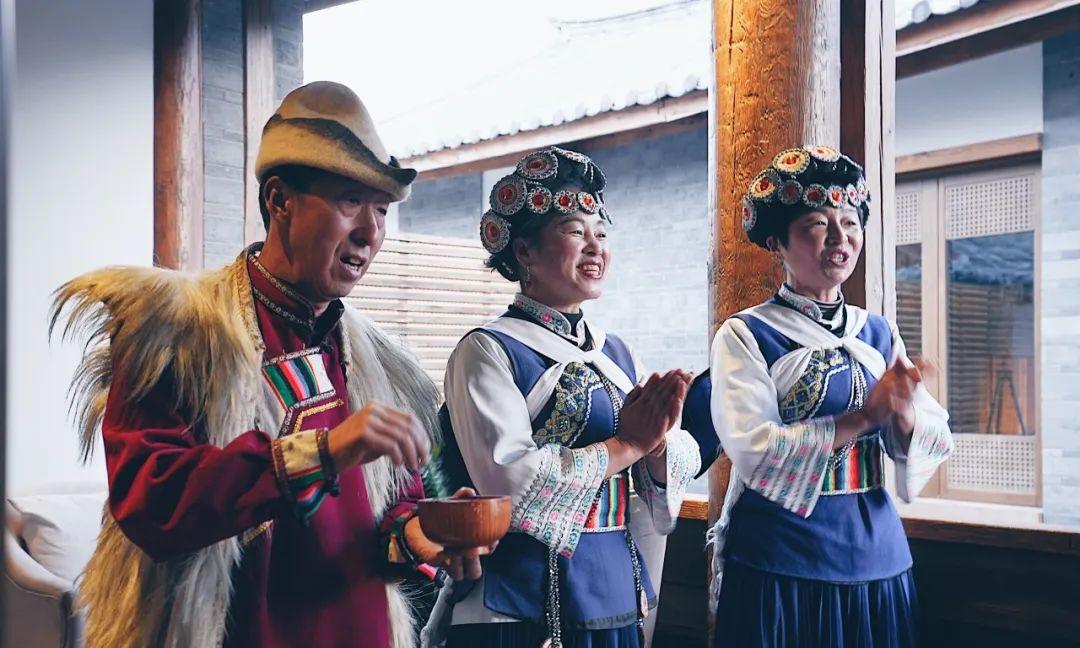
Airport Pickup – Lijiang Lux – Zhongyi Market – Dayan Ancient Town
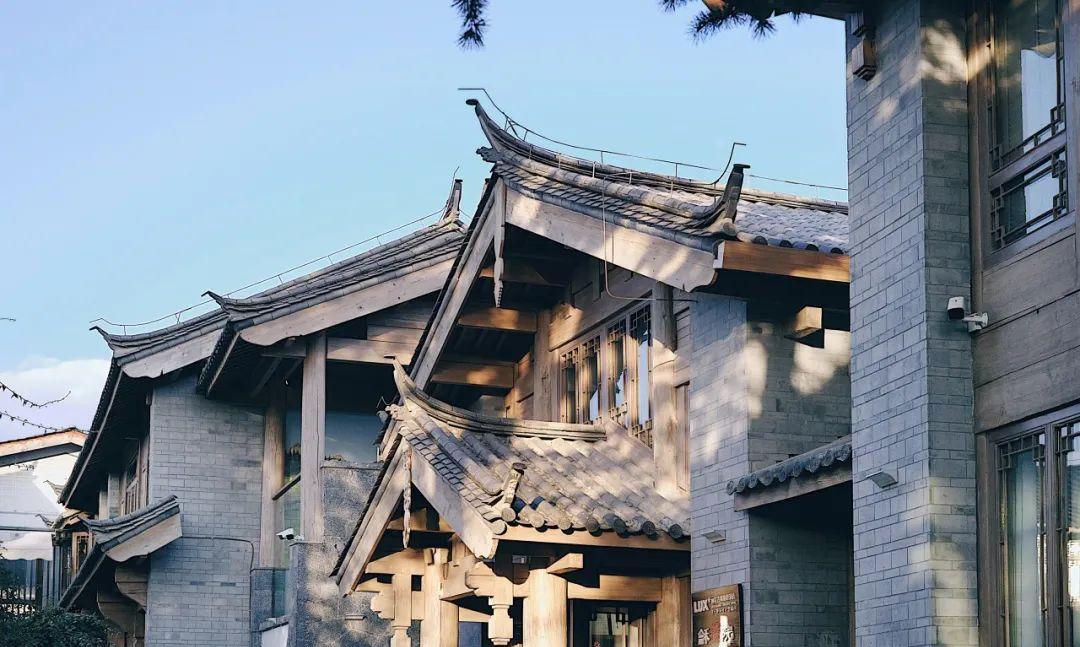
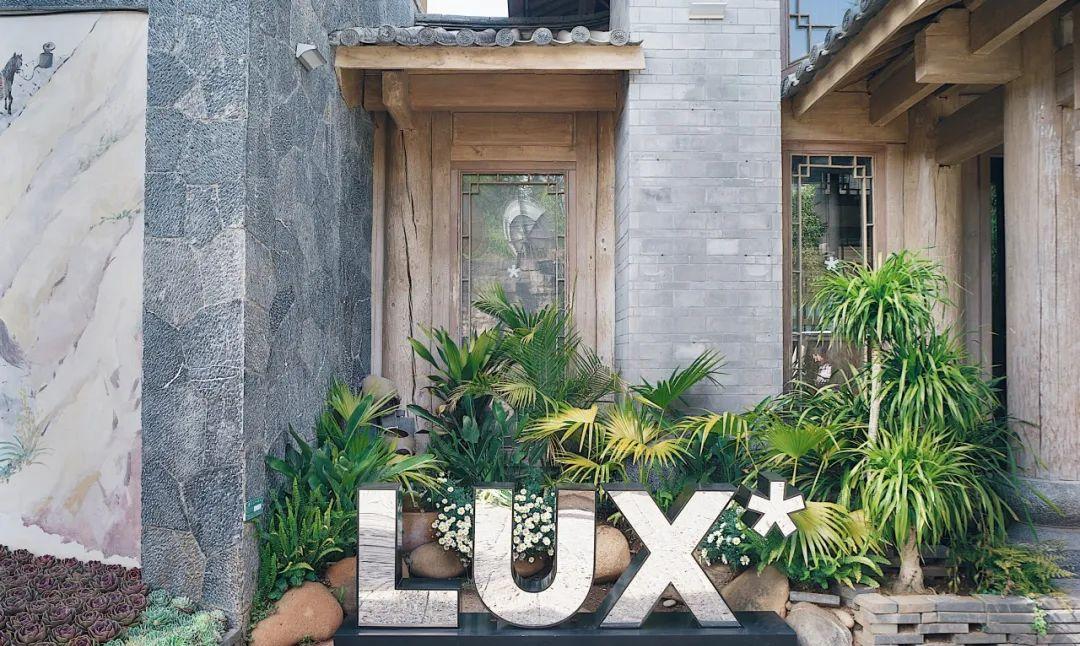
The service of the Lux private tour began even before we arrived at the airport. As soon as the photographer and I exited the terminal, staff from Lux accurately recognized us and presented each of us with a large bouquet of fresh flowers—each of us! The cameraman was quite surprised, as it was his first time receiving flowers.
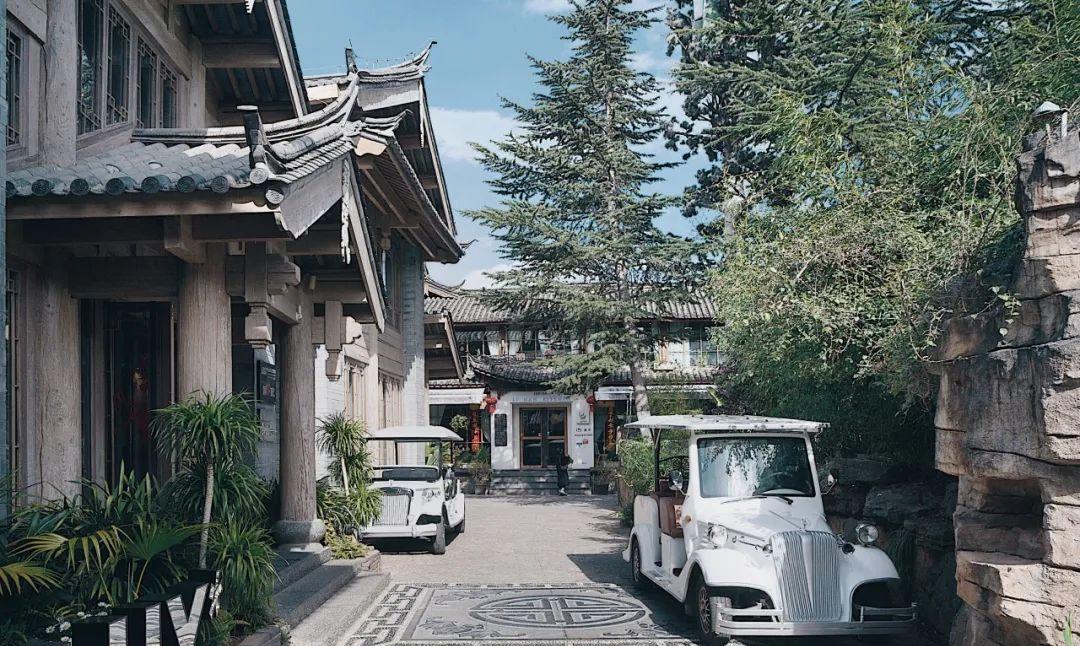
*Too surprised to take a picture.
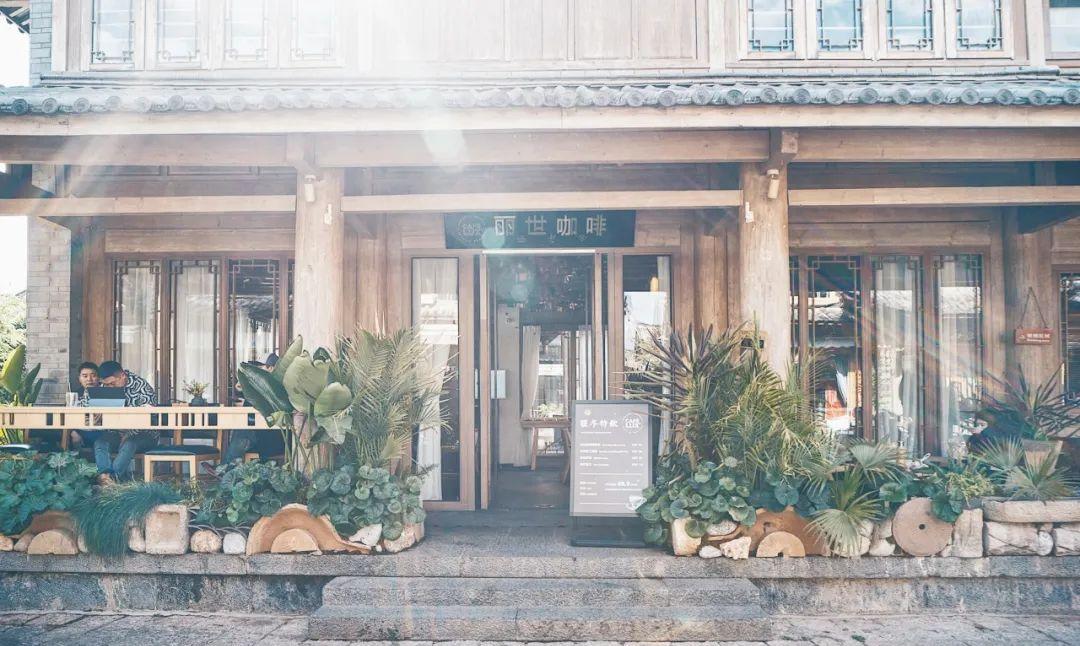
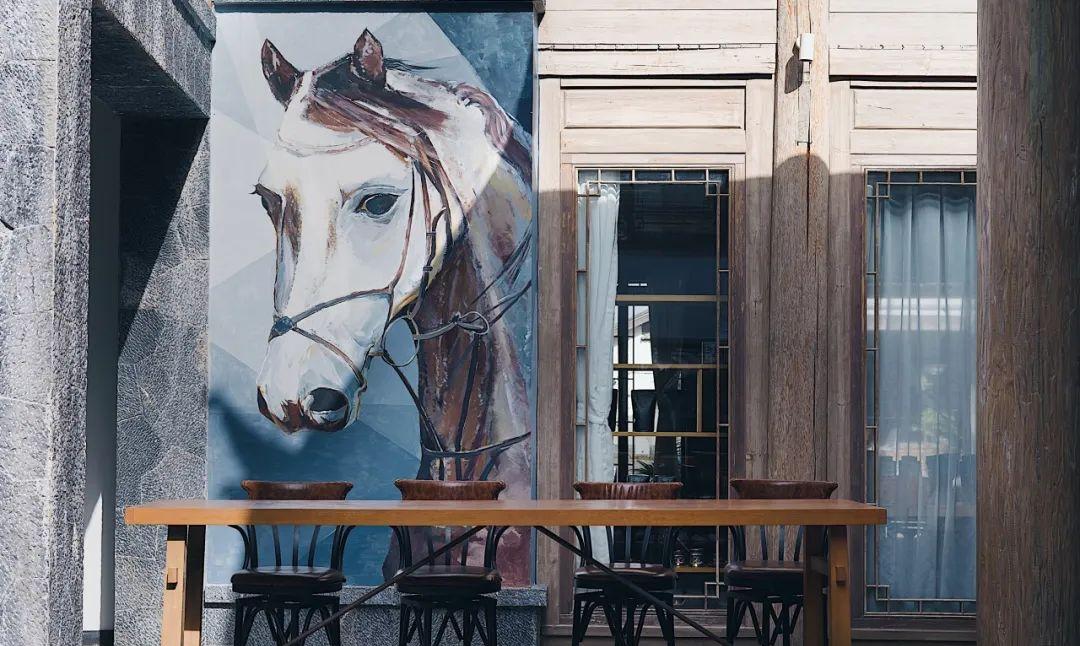
We hopped on a Lux van, and the journey to Lijiang was far from dull. A charming Naxi ethnic guide continuously filled us in on Naxi architecture and customs. The van had plenty of snacks and sparkling water ready for us.
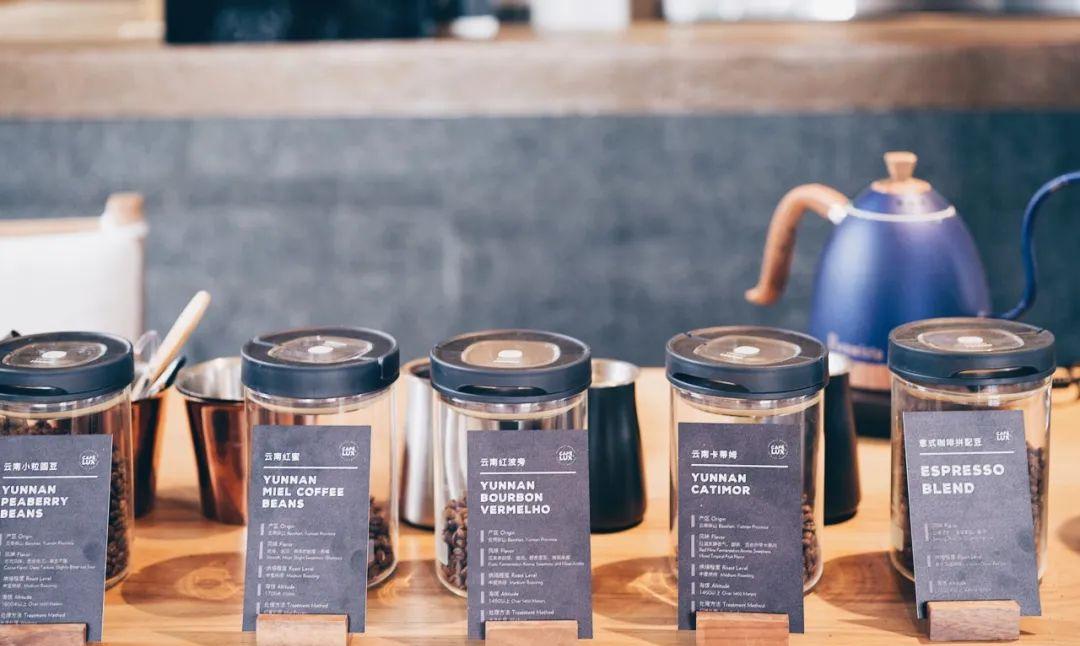
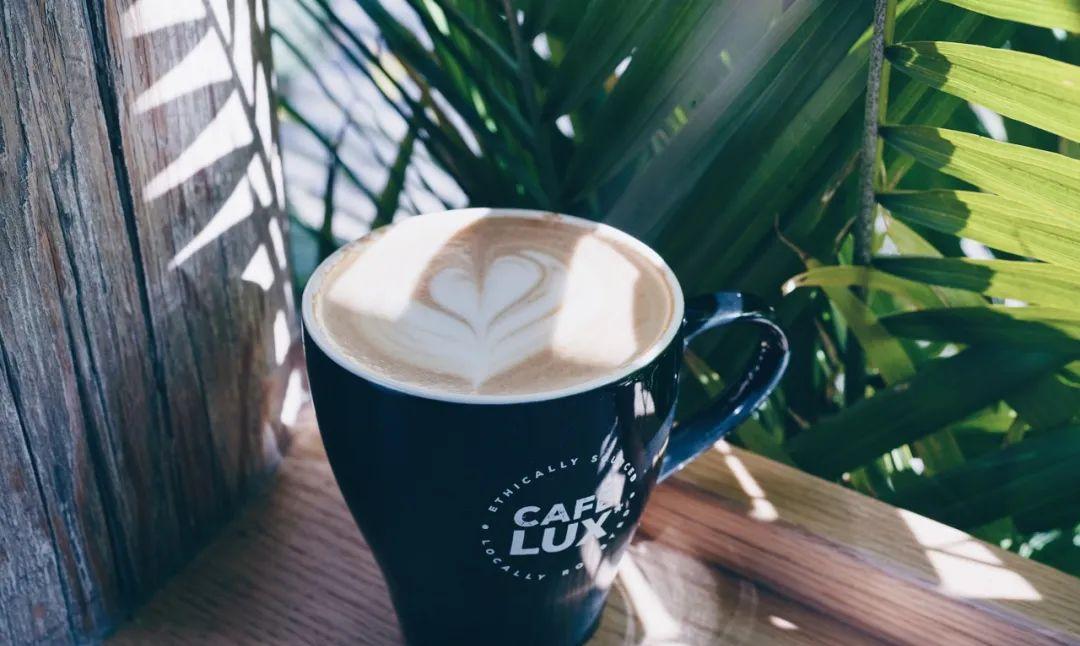
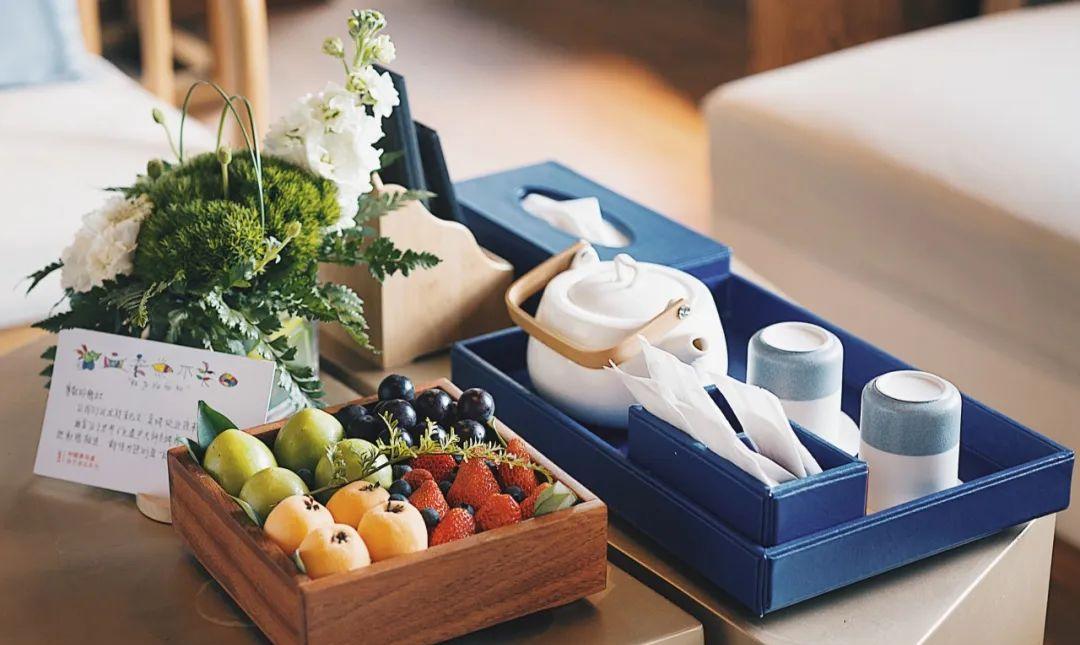
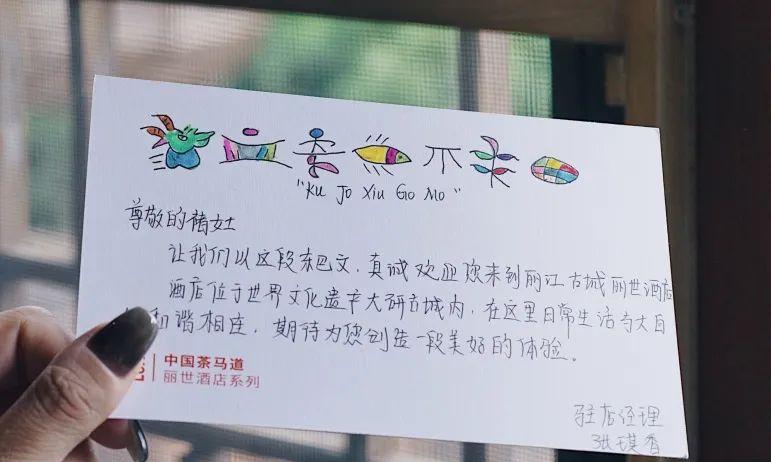
Upon arriving at Lijiang Lux, there was quite a grand welcome ceremony as well, with staff dressed in traditional Naxi clothing lining up to offer warm towels and hawthorn juice. Those venturing on earlier flights should prepare well; otherwise, like us who were a bit disheveled from the early morning, we might not feel quite as presentable.
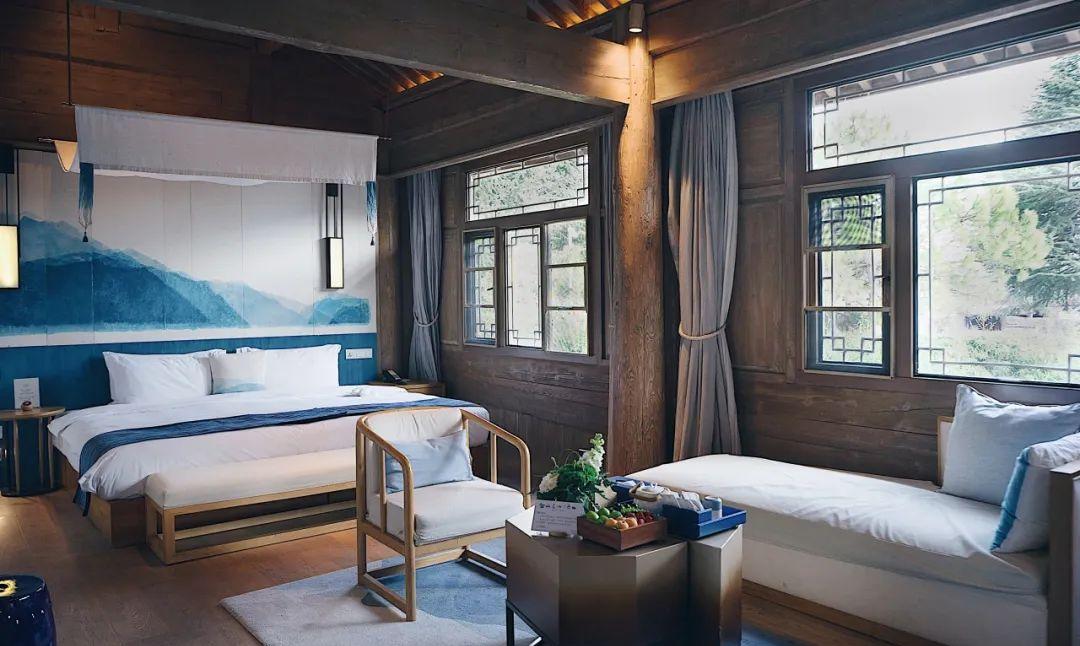
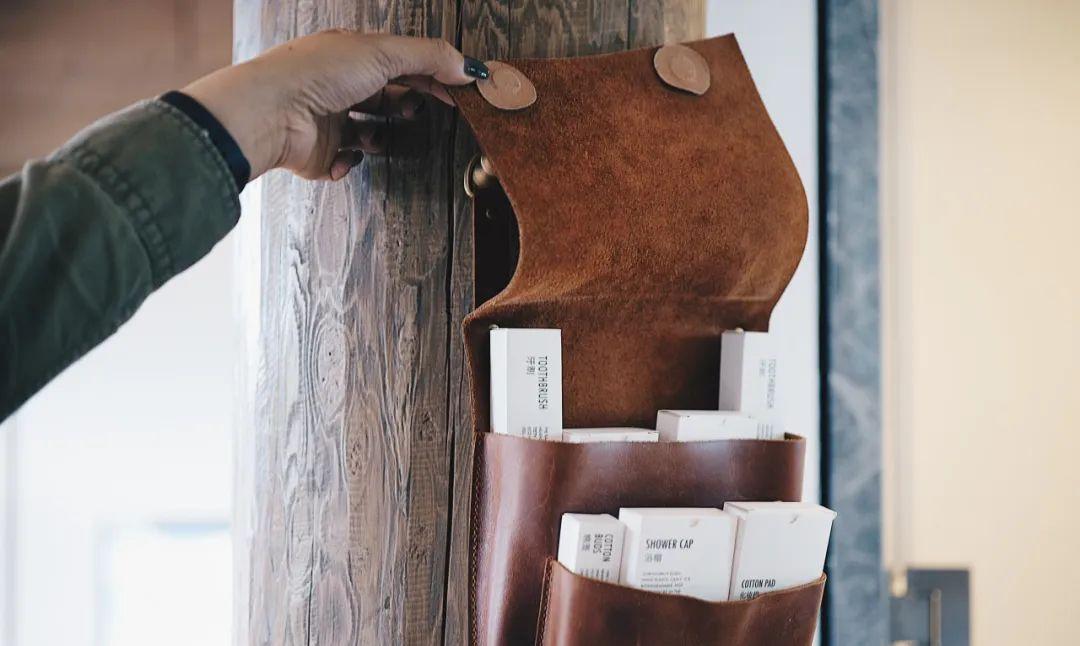
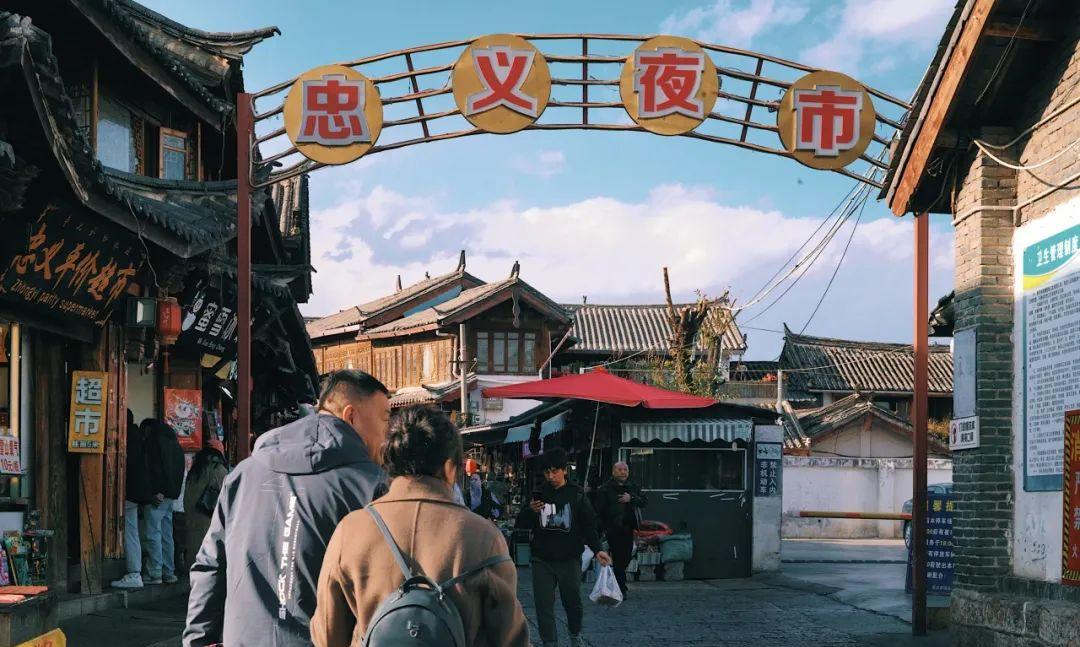
*Accompanying picture is from the welcome dinner
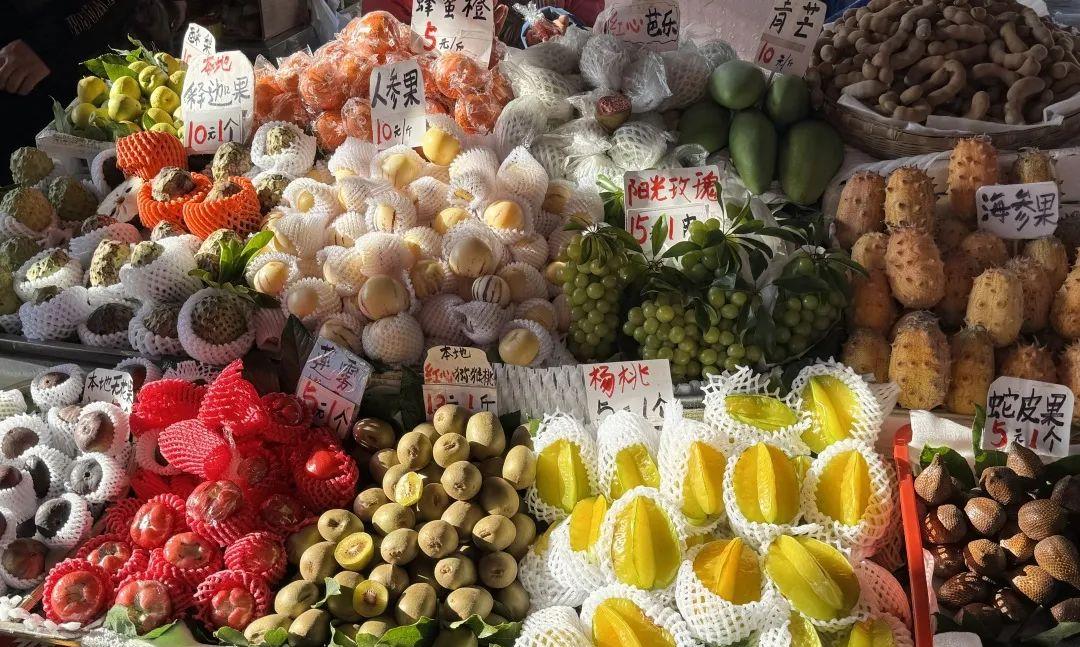
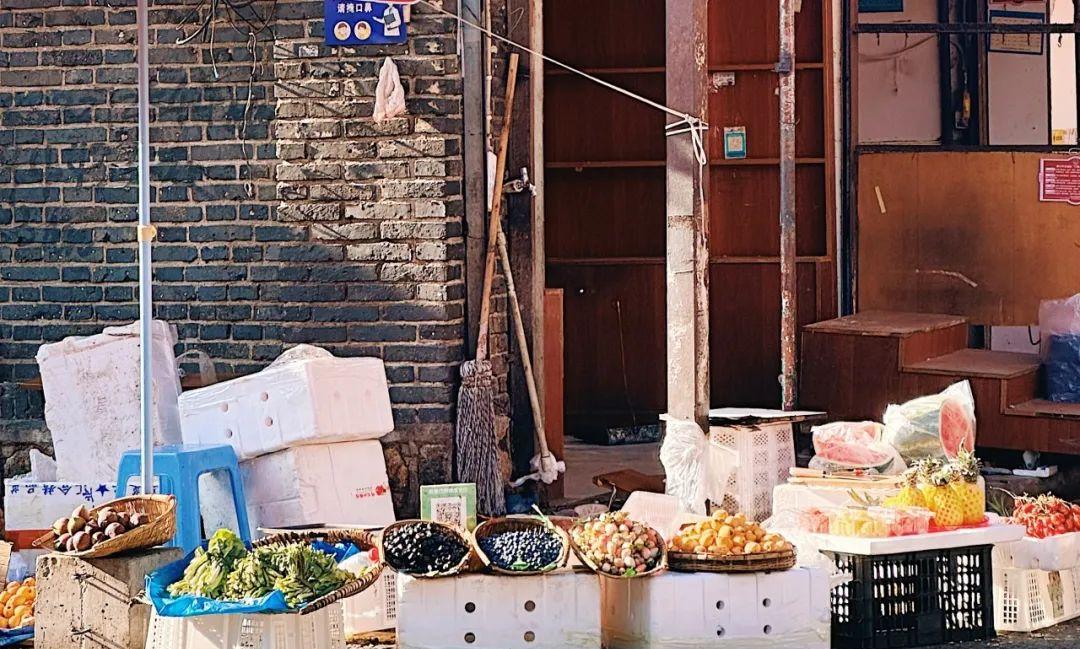
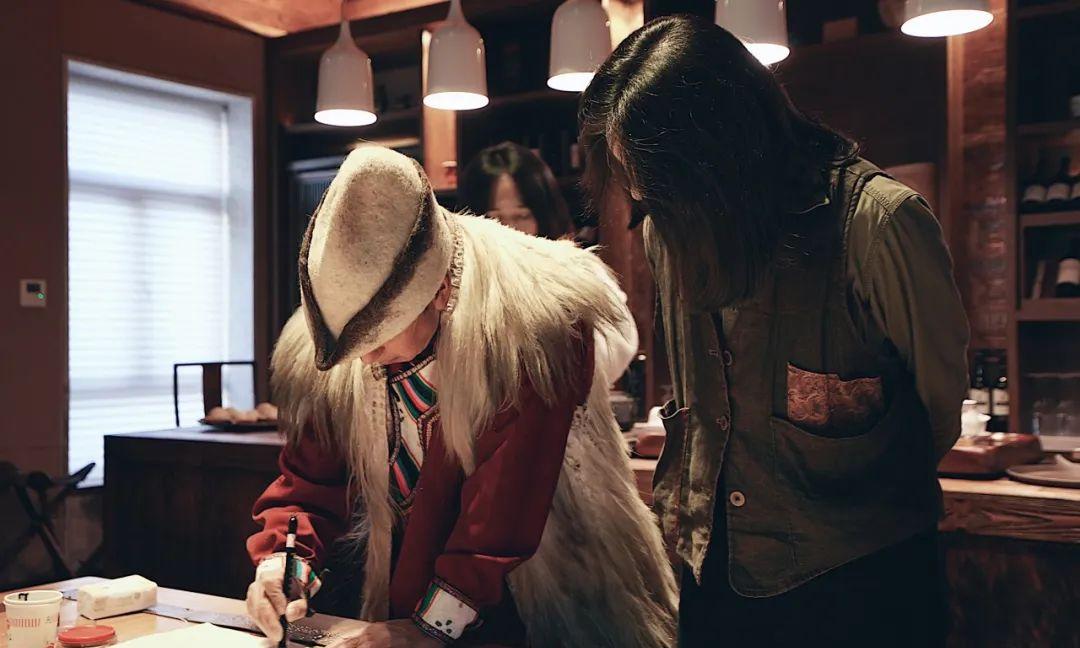
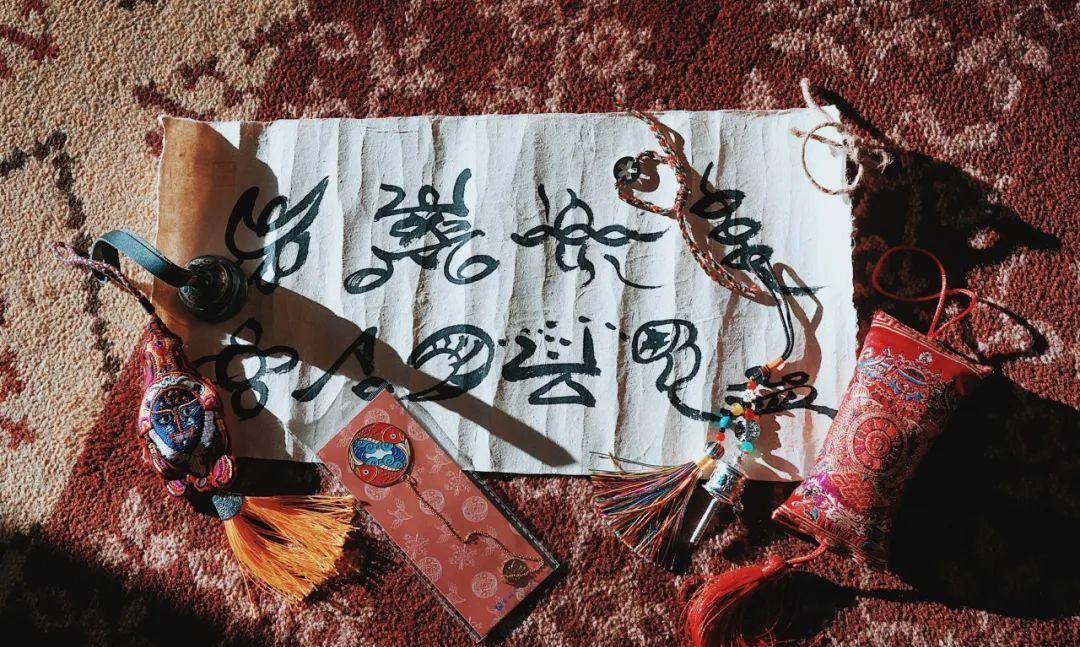
As the first stop of our journey, Lijiang Lux was perfect, emphasizing rest and relaxation. For first-time visitors to Lijiang, staying at this Lux is an excellent choice.
It is located within the world heritage site of Dayan Ancient Town, and it is the only hotel in the town that can provide electric cart service for transportation. Both people and luggage are delivered directly to the hotel entrance—very classy. The hotel’s architecture shares the same Naxi heritage as Dayan Ancient Town, perfectly blending into the ancient environment. Walking on the wooden stairs makes a delightful creaking sound.
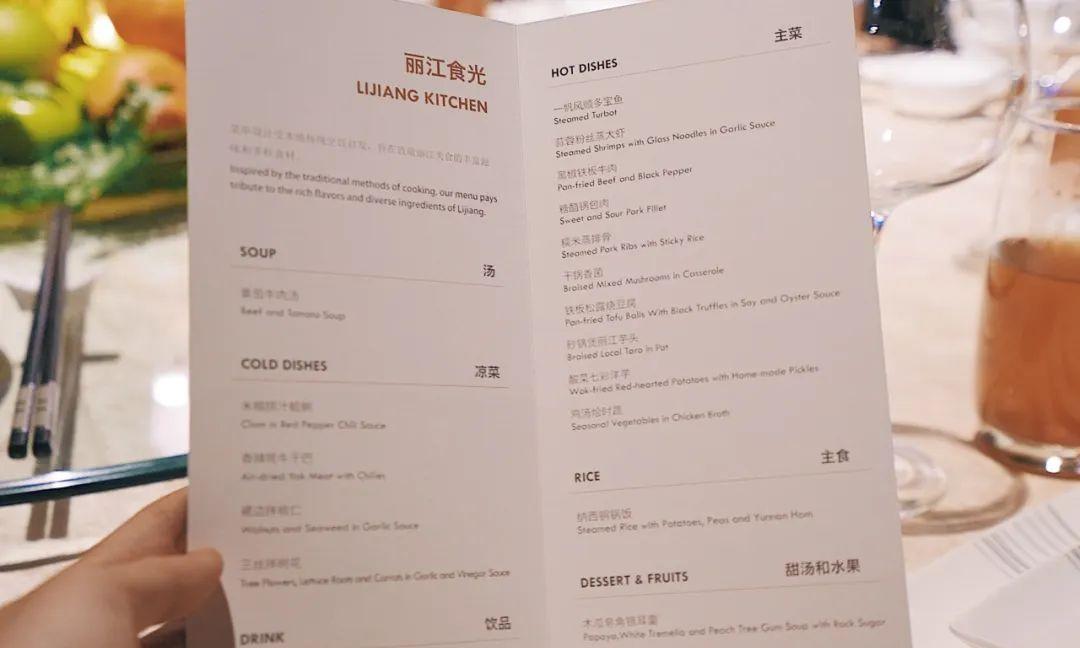
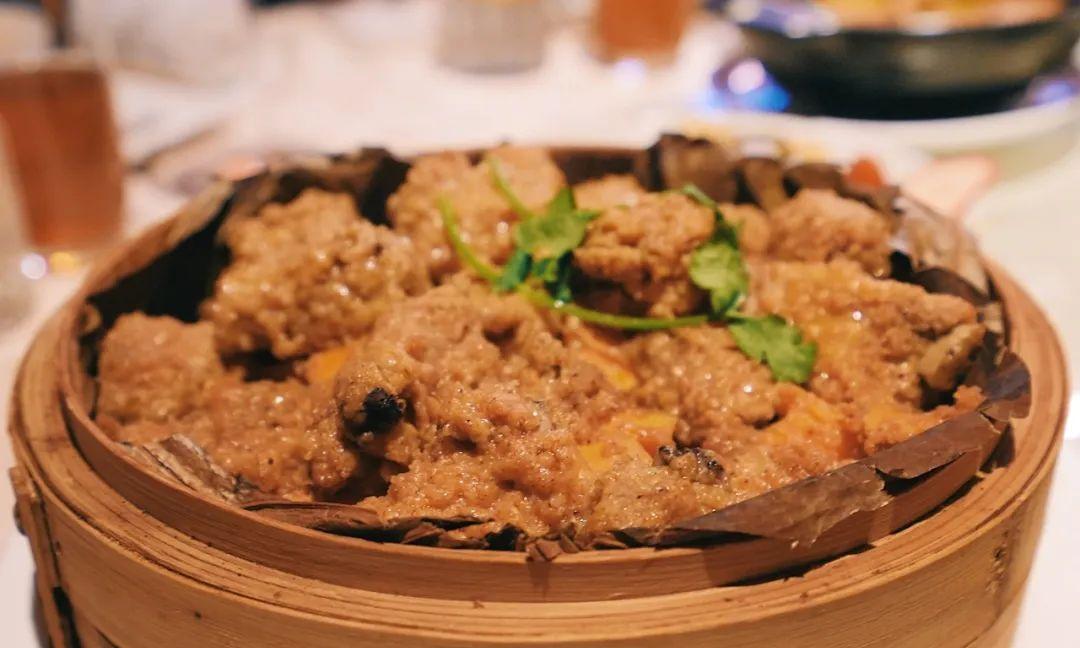
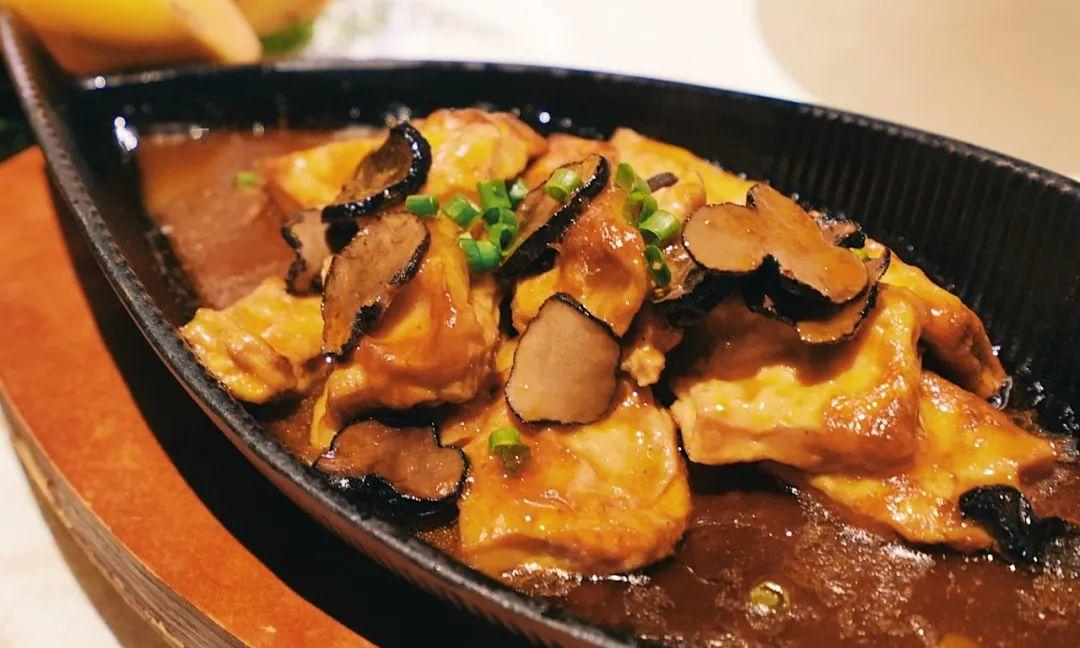
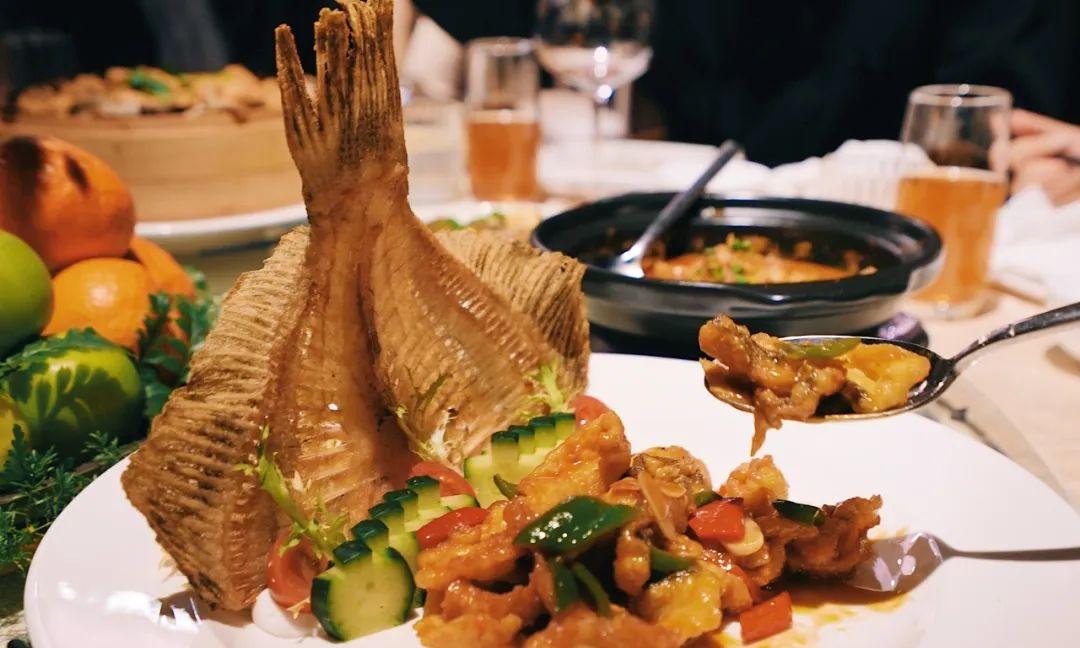
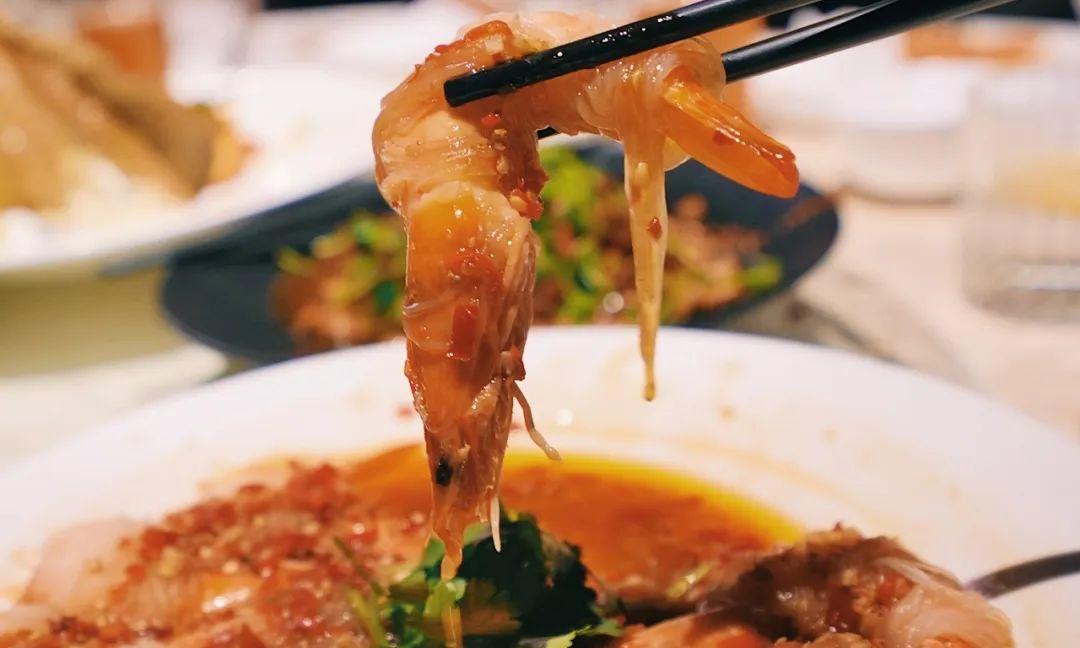
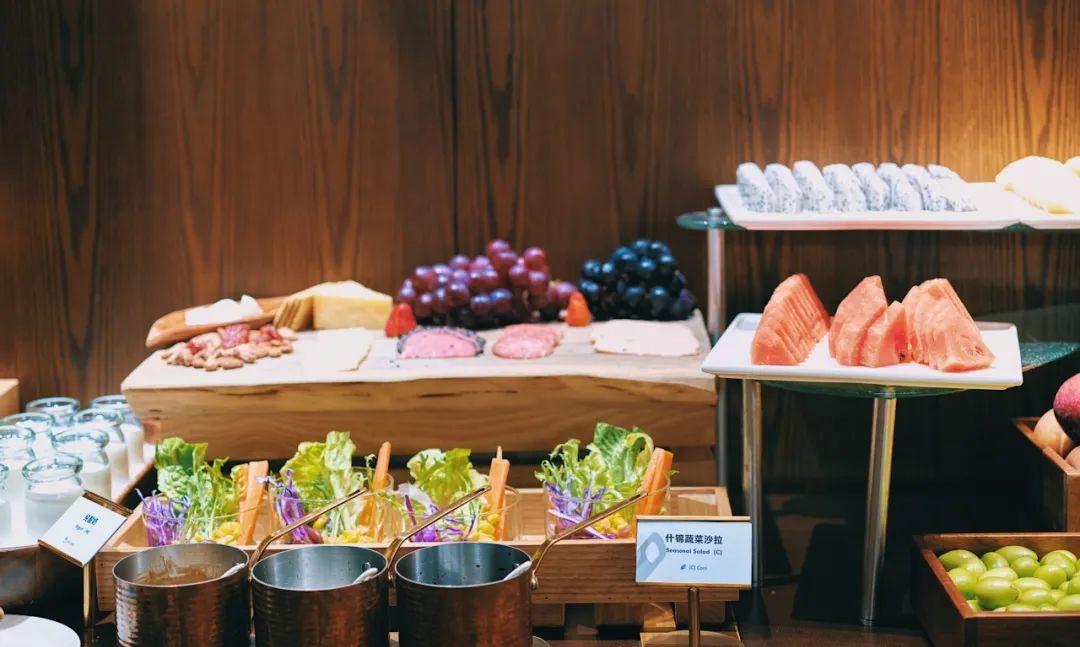
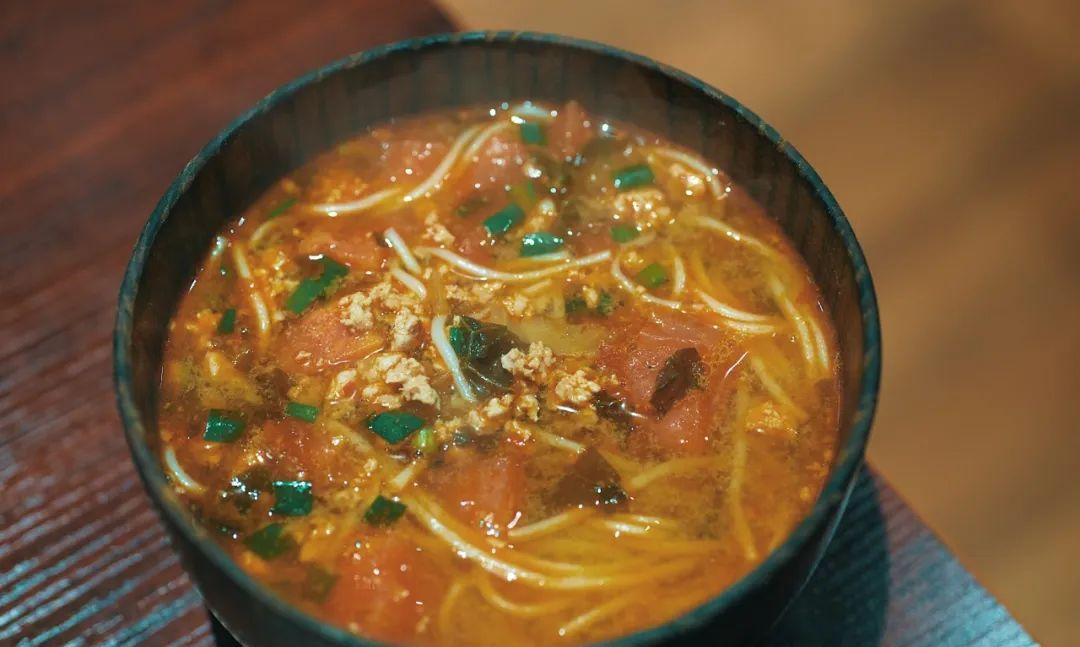
Each Lux hotel has its own café. The entrance to the Lijiang café is right at the street corner, and I especially like the outdoor seating where I can watch the comings and goings of tourists. The indoor courtyard is also nice, featuring a tea-horse road painting that is taller than a person.
Compared to the standard American coffee machines in other five-star hotels, Lux offers so much more, with American-style coffee that’s not too bitter, as well as hand-brewed coffee from various Yunnan beans. In fact, the Lux café operates independently abroad, somewhat akin to Starbucks, making it natural that their offerings are significantly better than other hotel brands.
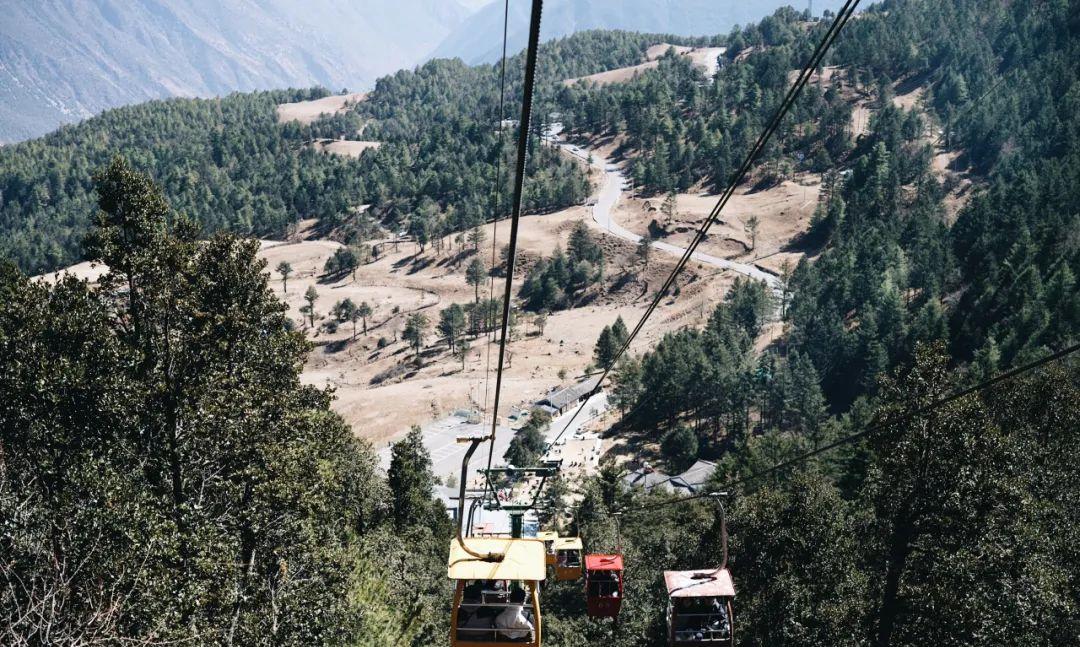
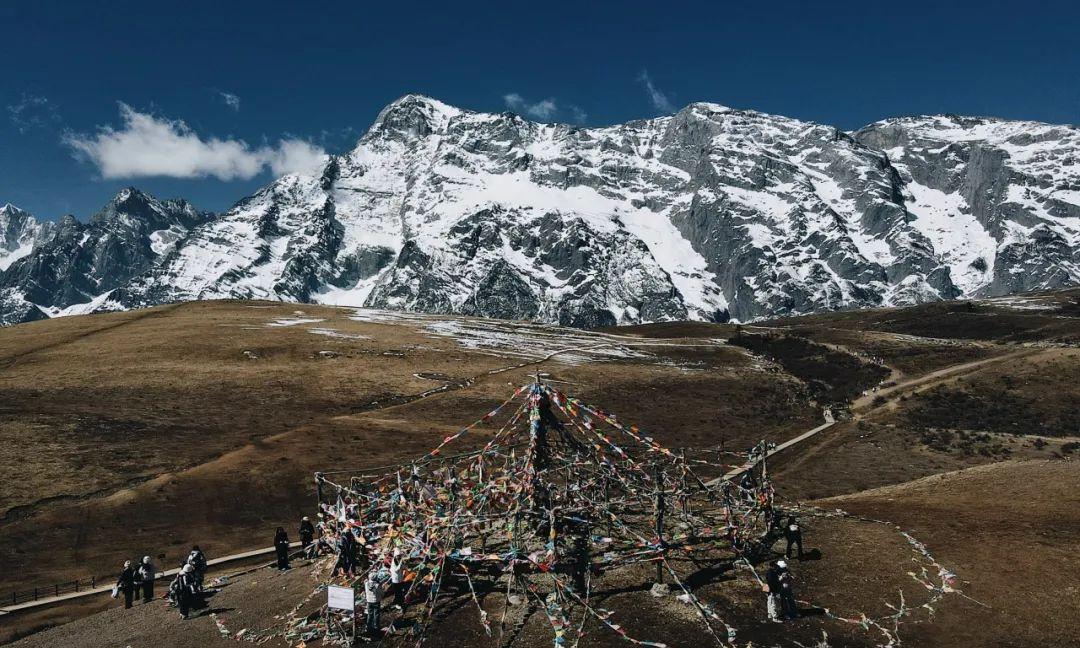
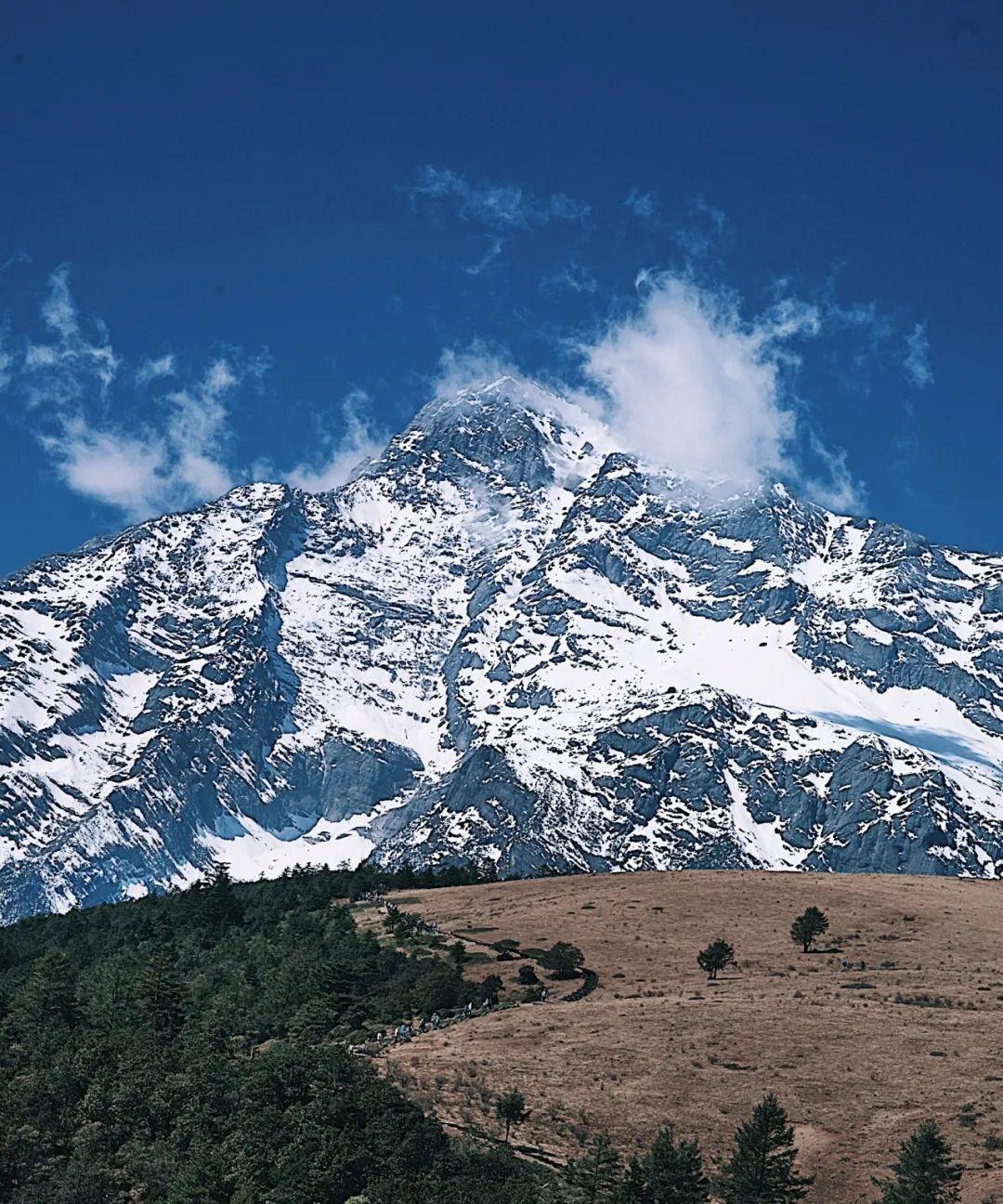
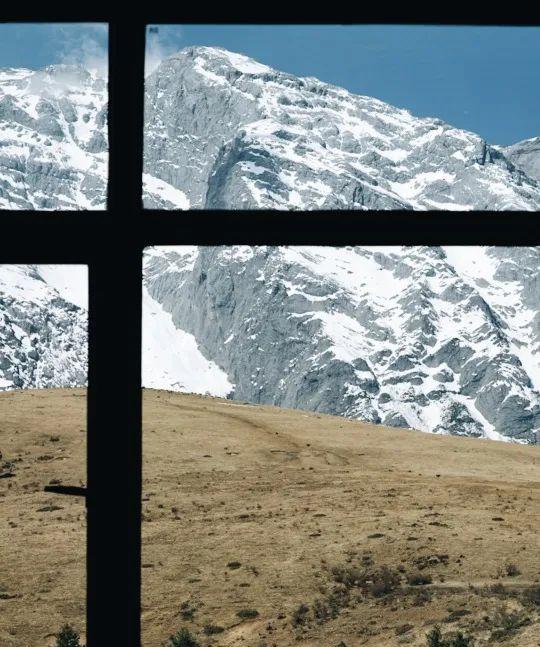
In the room, the welcome card was handwritten, featuring Naxi Dongba script and hand-drawn art, with a generous offering of welcome fruits.
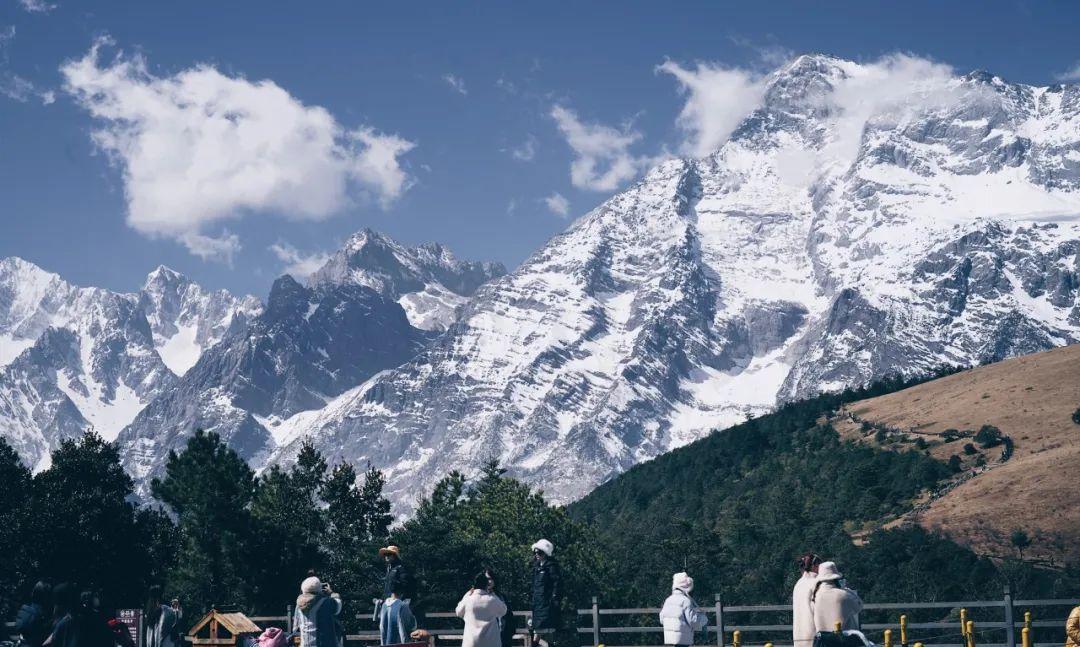
The sink is made of copper, and the toiletries are from Lux’s own line, with disposable items stored in genuine leather pouches.
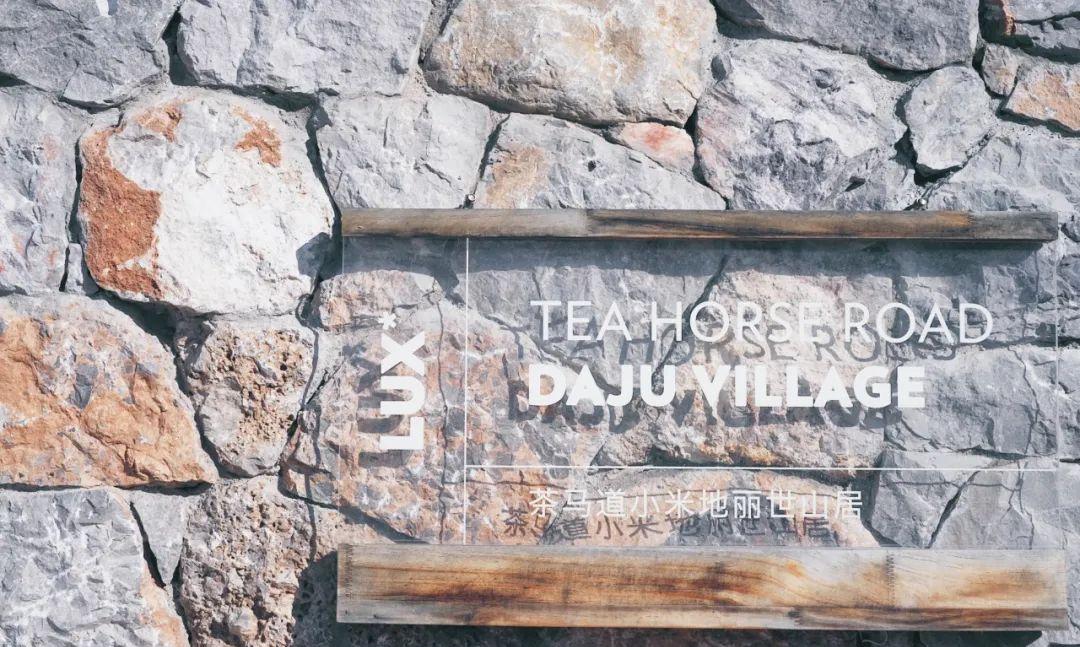
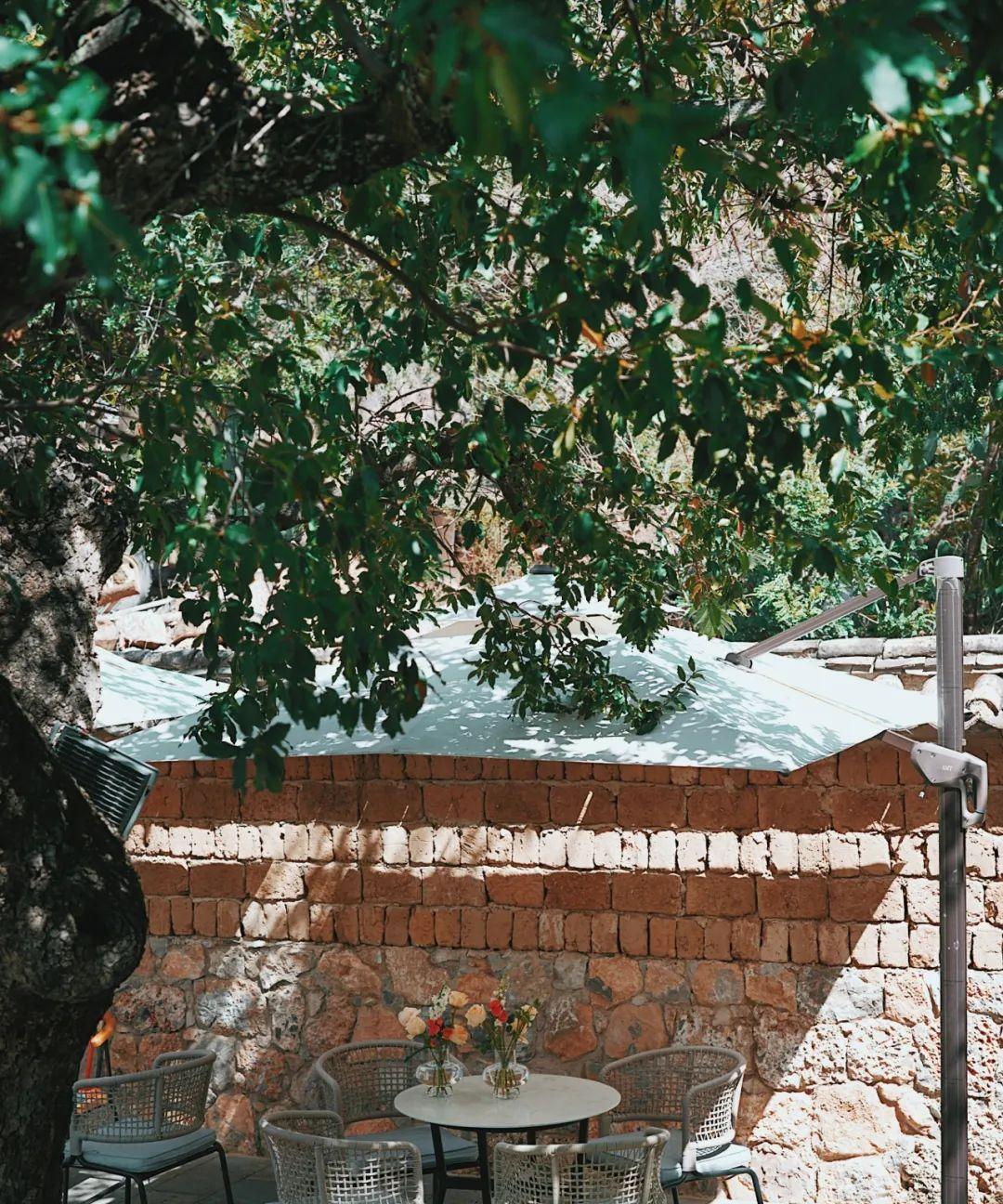
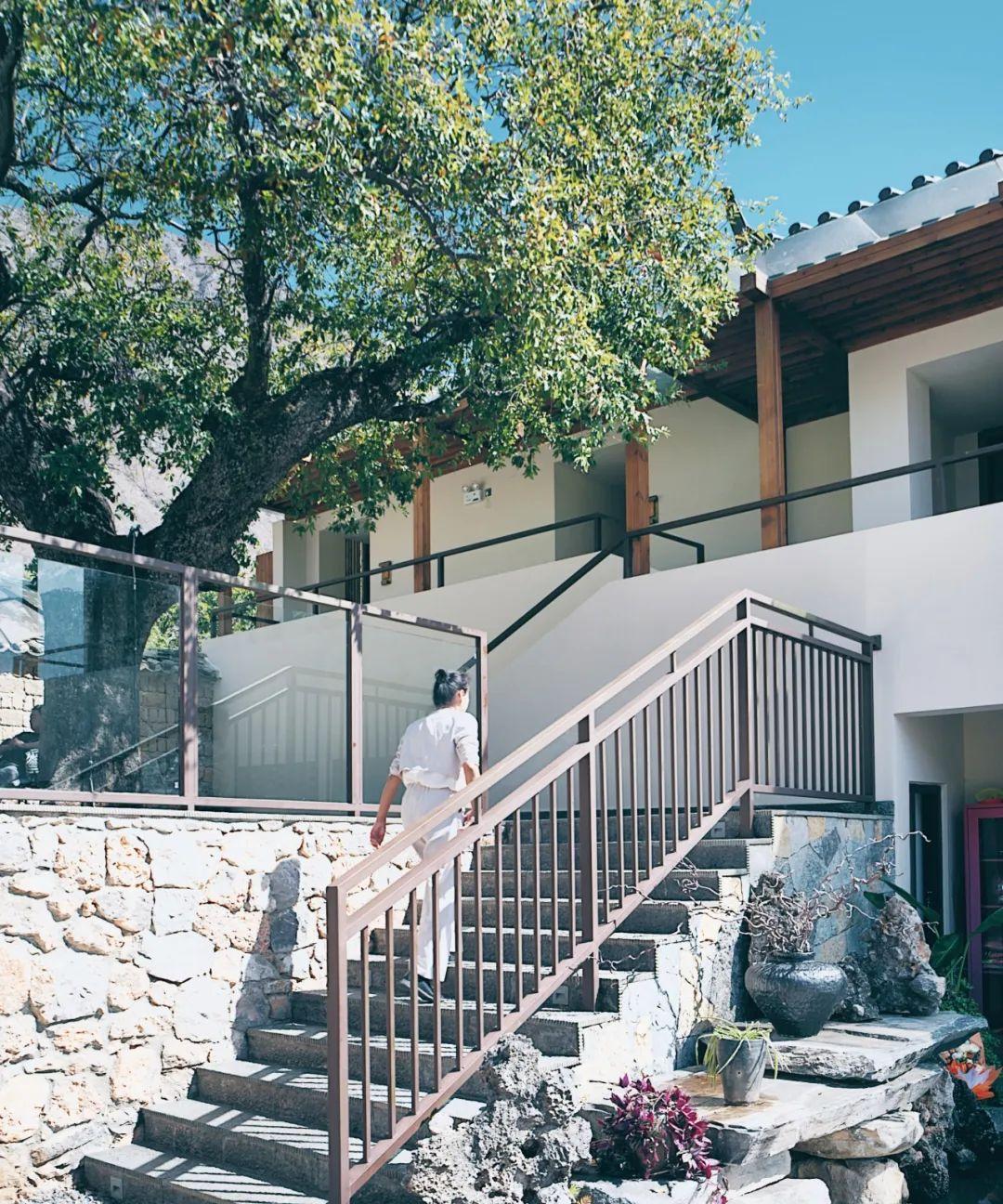
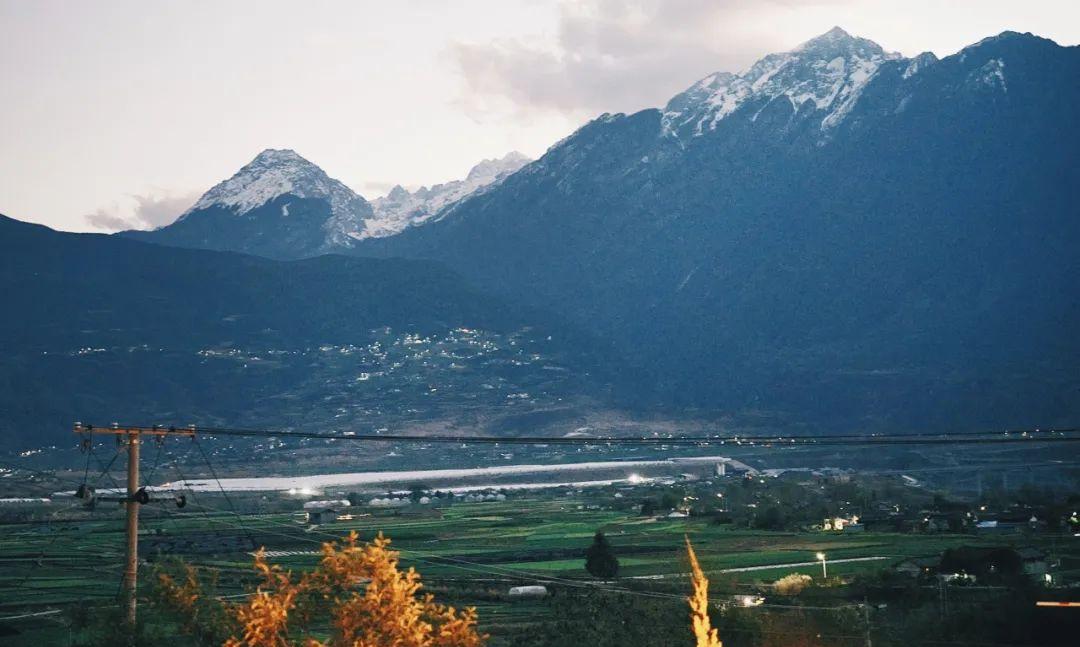
Although the renowned Dayan Ancient Town is just outside the door, I found the Zhongyi Market beneath the snow-capped mountains to be even more worthwhile to explore, just a turn away from the hotel.
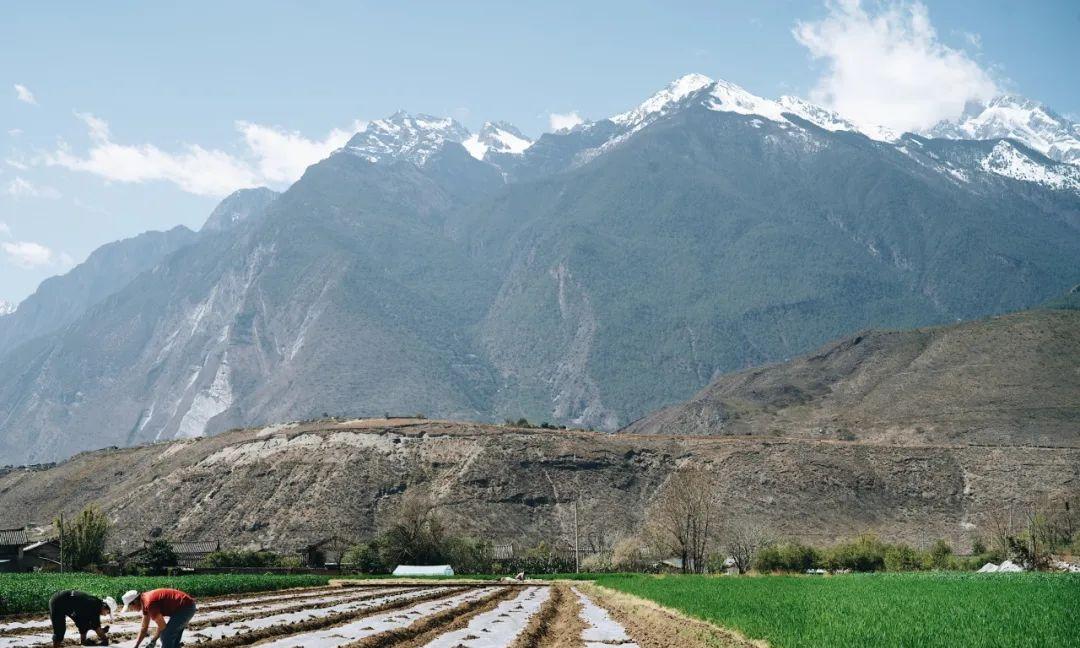
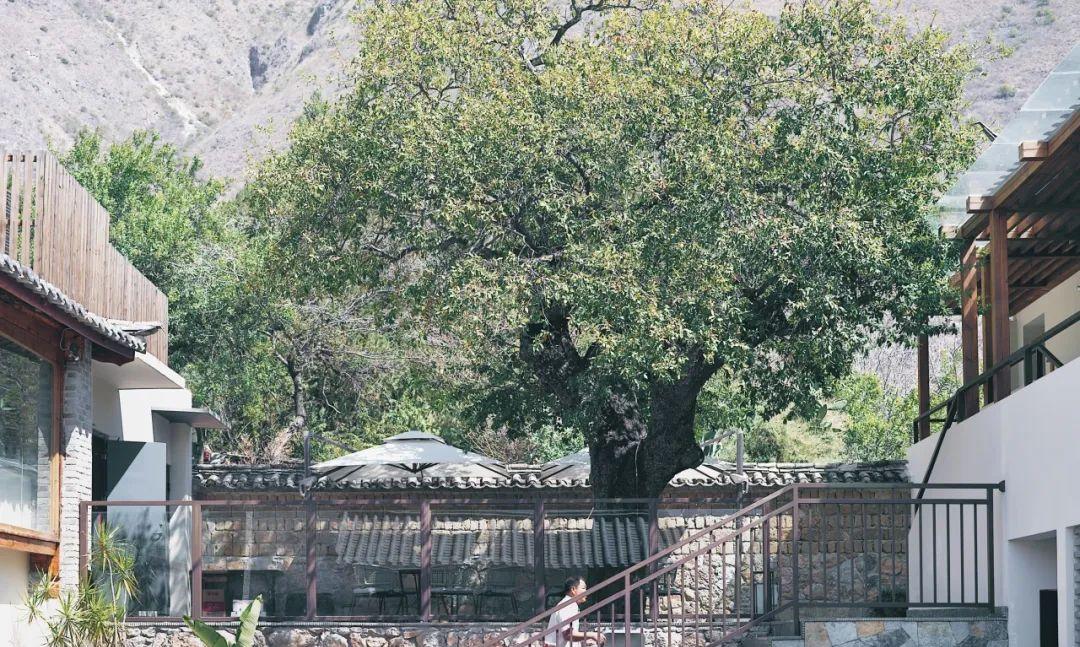
Yunnan’s market is like a flowing museum of local flora and fauna, showcasing many unique fruits and vegetables. The local aesthetic of life in Yunnan features a simple surprise; even the fruit stalls are neatly arranged. The last time I saw snake skin fruit was in Bali, and sea cucumber fruit was also a first for me.
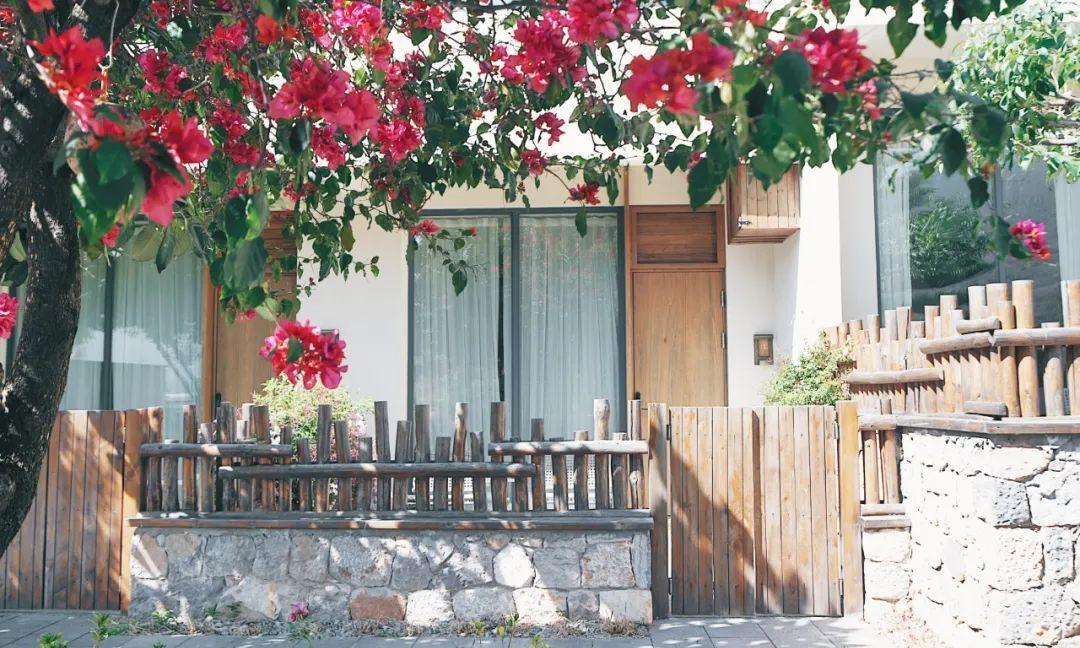
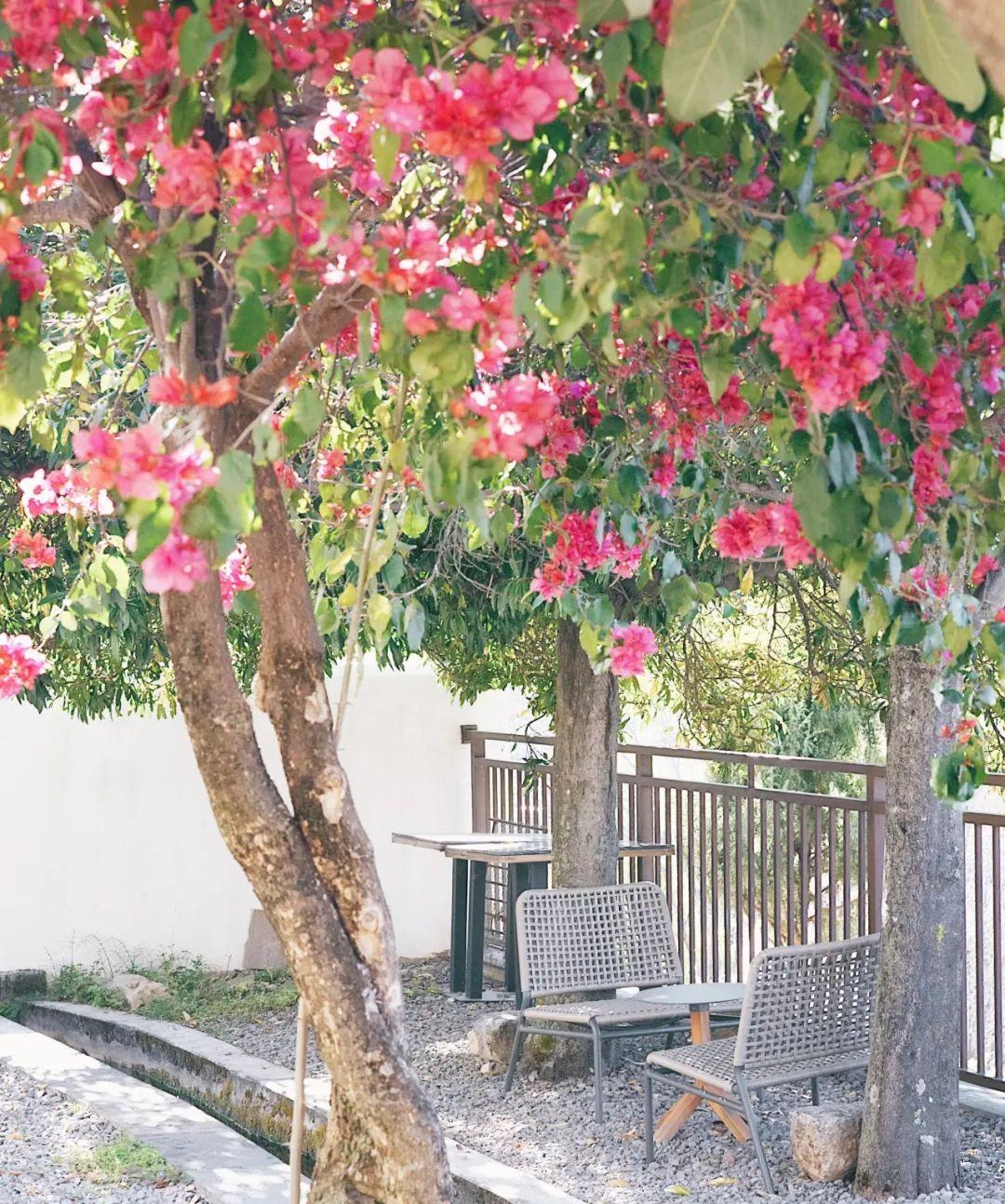
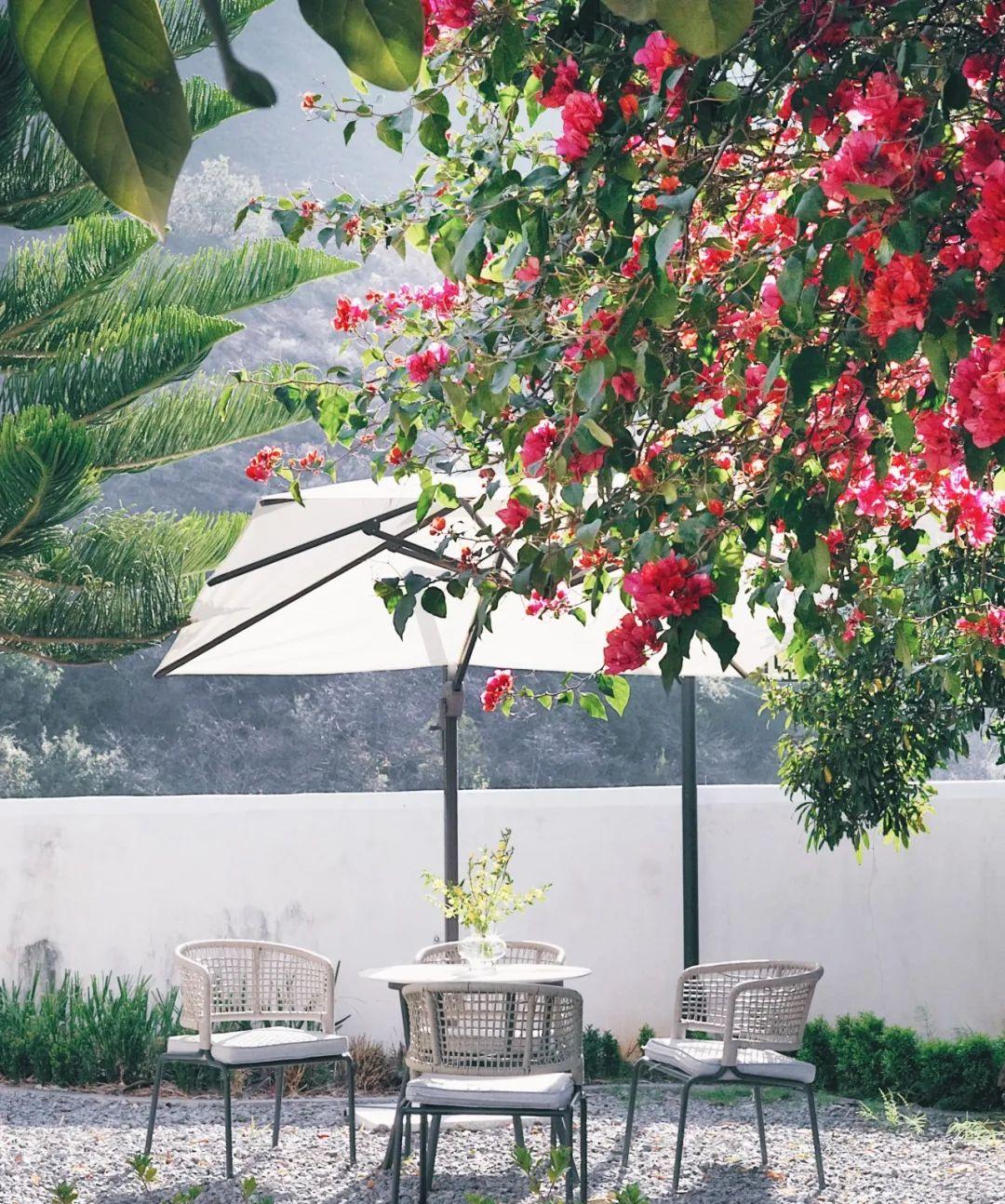
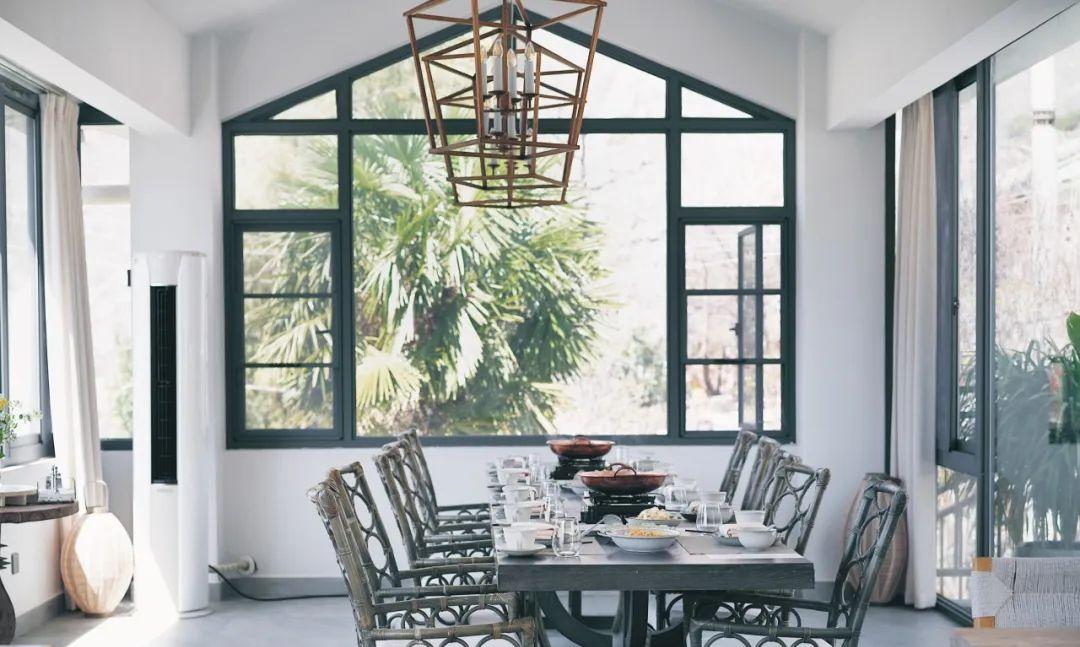
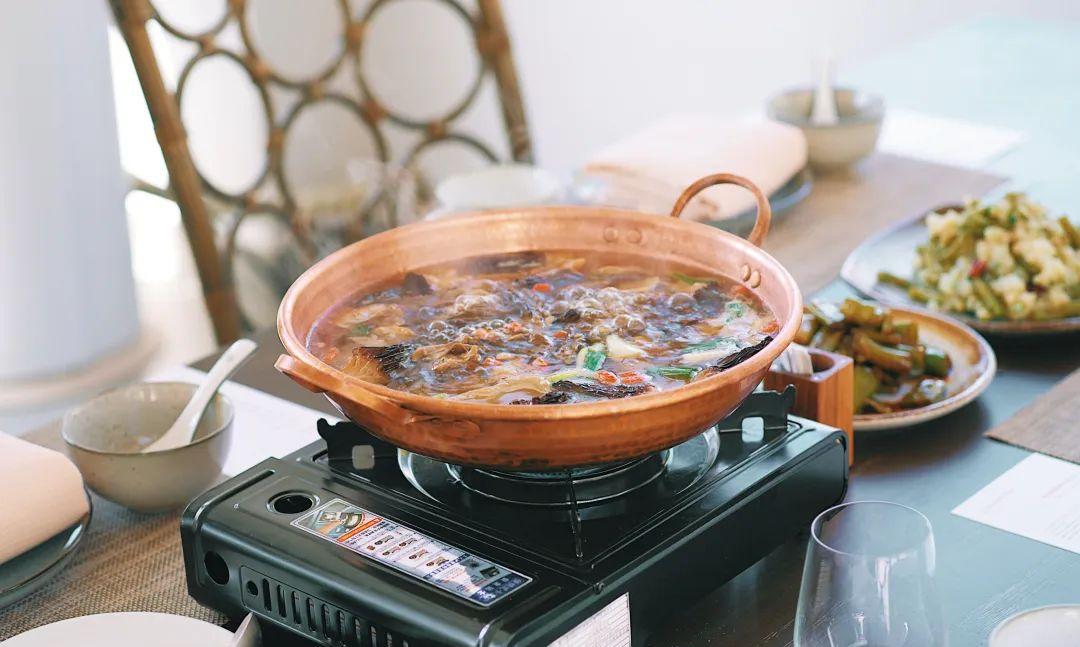
Before dinner, Lux had a little surprise prepared, inviting a Naxi master to write blessings for us in Dongba script. It’s said that the tree used to make Dongba paper is toxic and insect-resistant, and as long as it’s kept dry, it can be preserved for a thousand years. Guess what the writing means in the photo below?
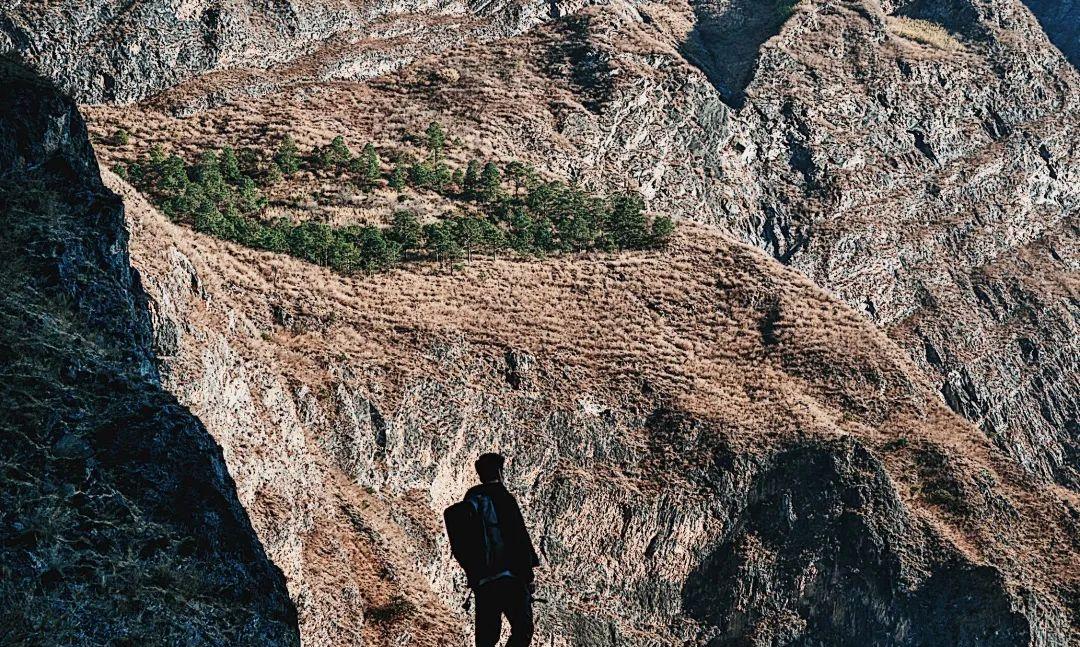
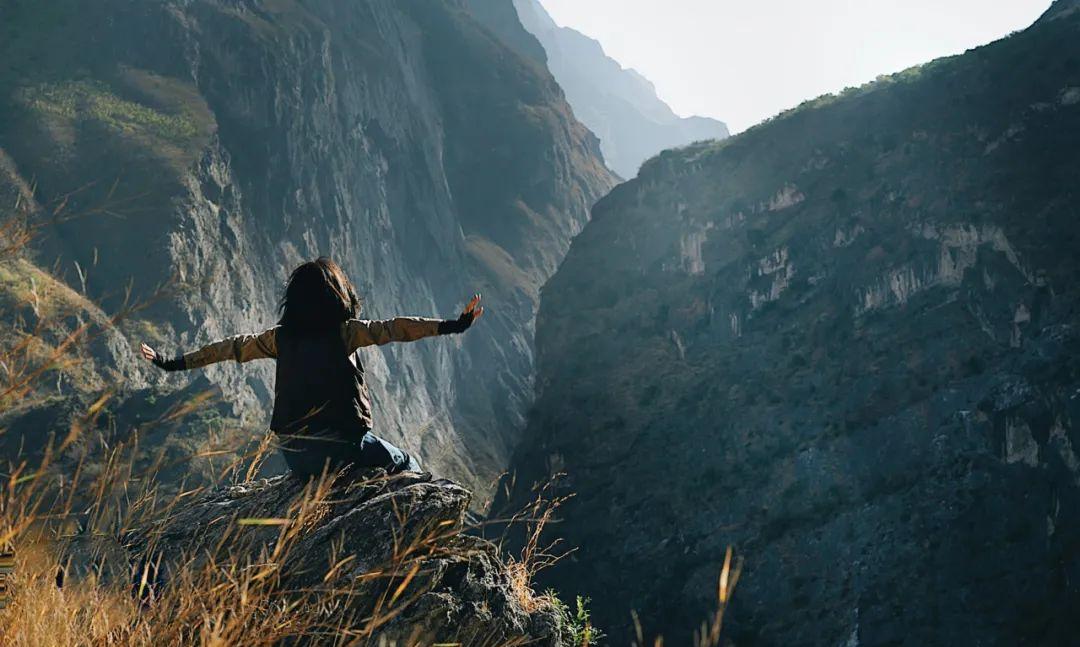
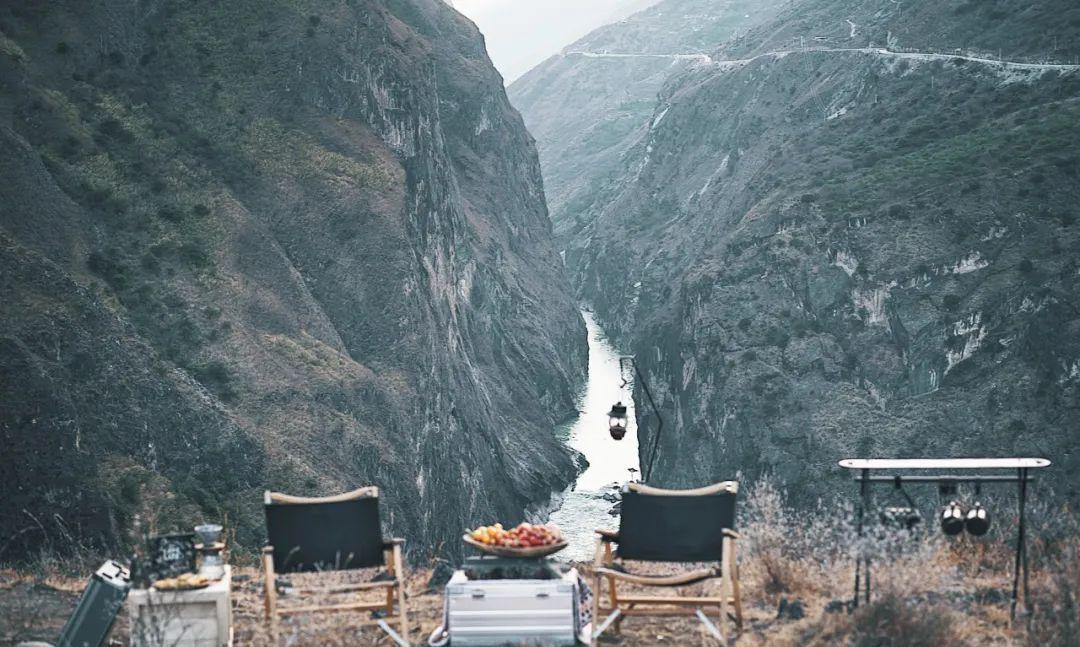
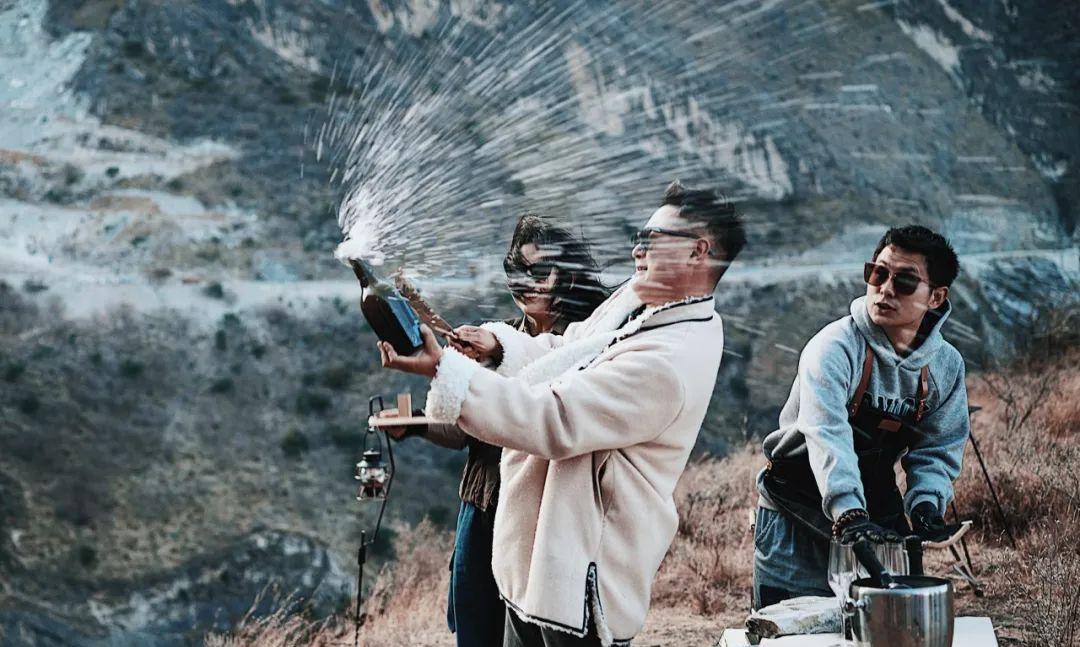
*The answer is “getting rich”!
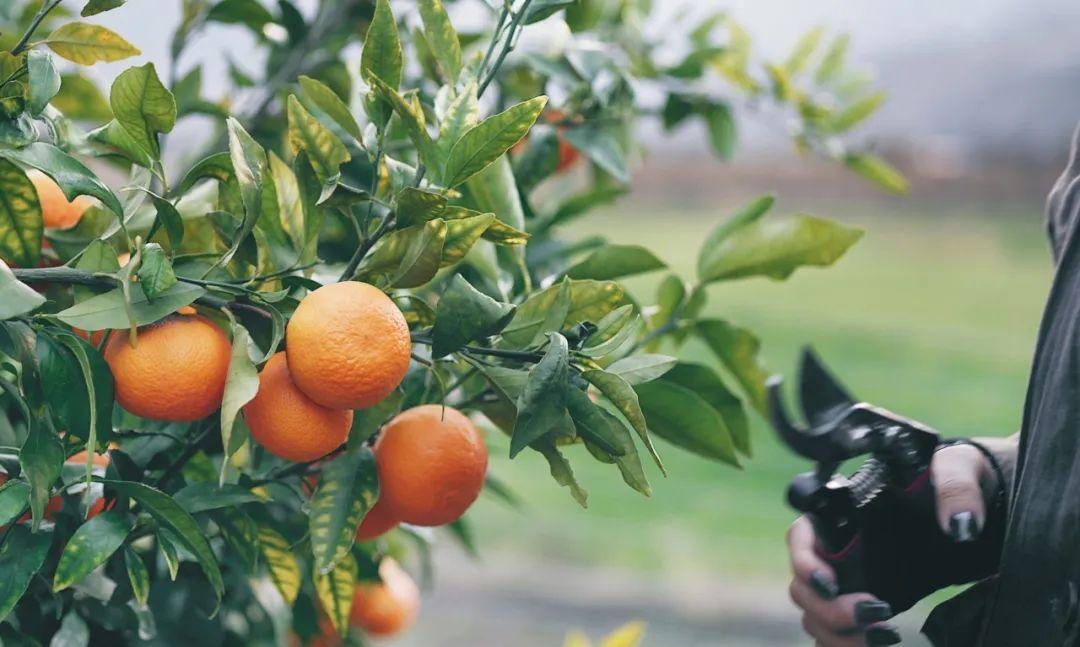
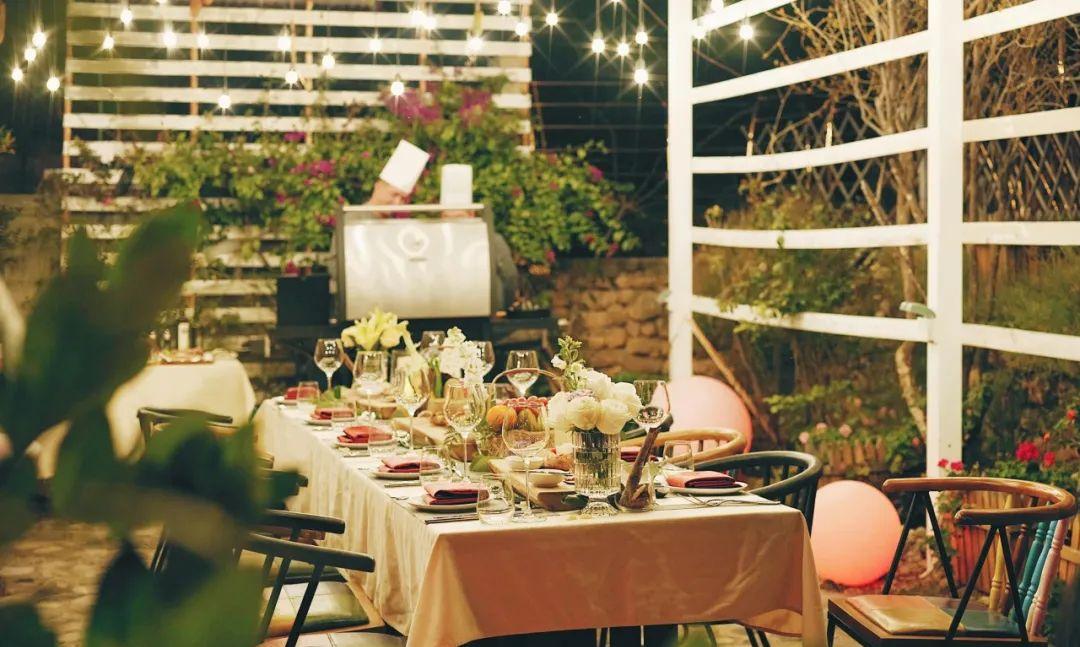
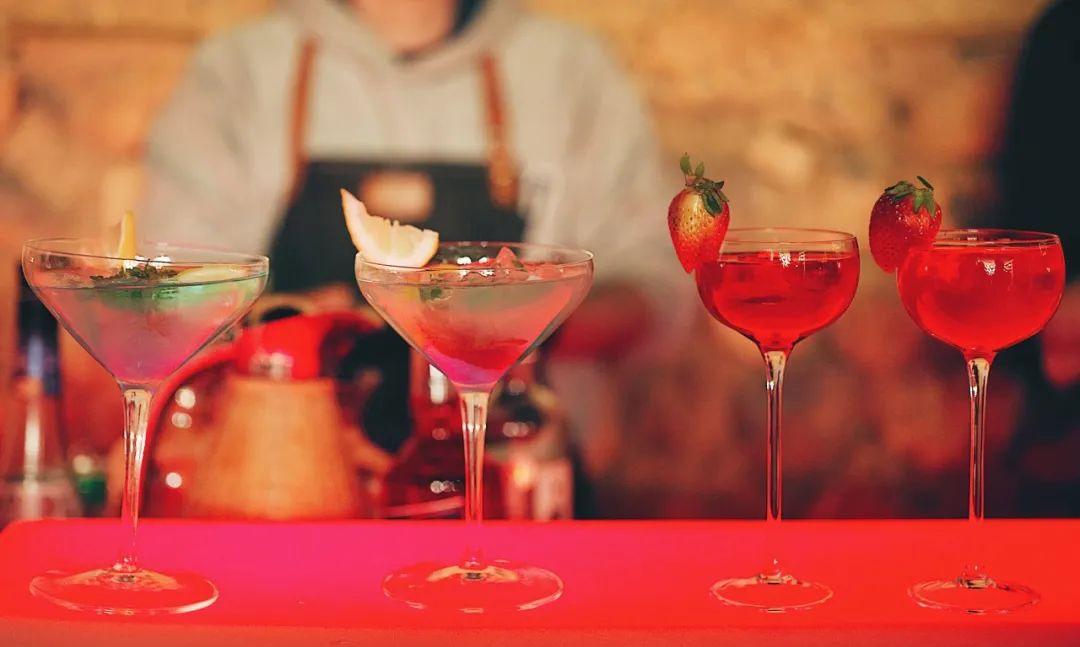
Lux’s main dining theme emphasizes “from farm to table,” with ingredients sourced locally. For dinner, they presented us with beautifully patterned purple heart potatoes. In Yunnan, the abundance of produce raises the dining standards exceedingly high. The freshest ingredients only require the simplest cooking to achieve outstanding flavors. You absolutely won’t find any pre-prepared meals here in Yunnan.
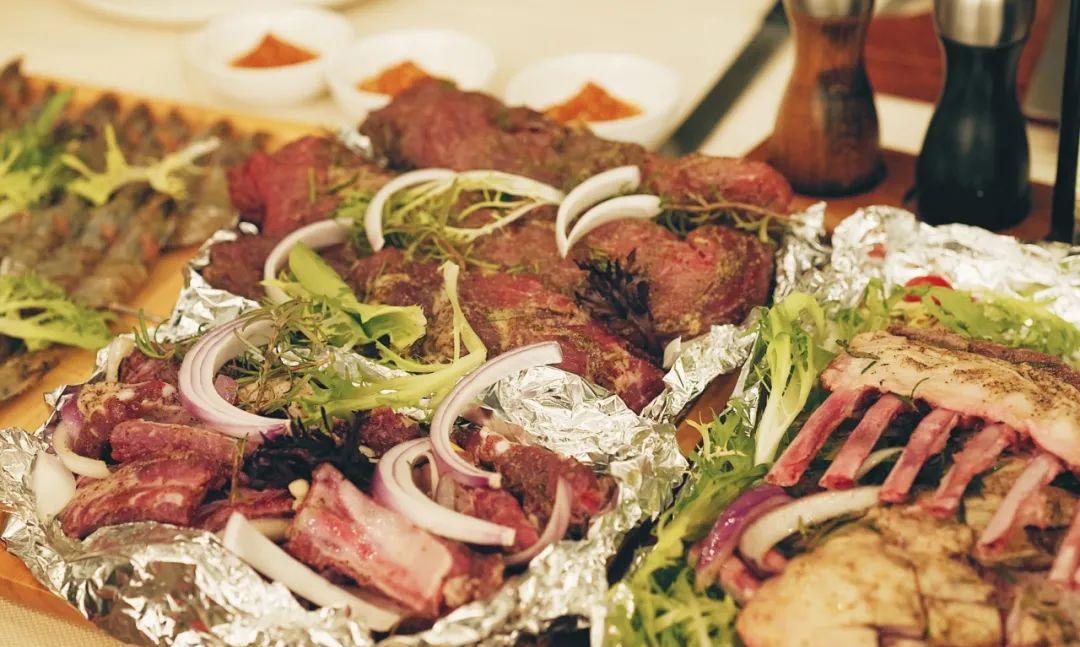
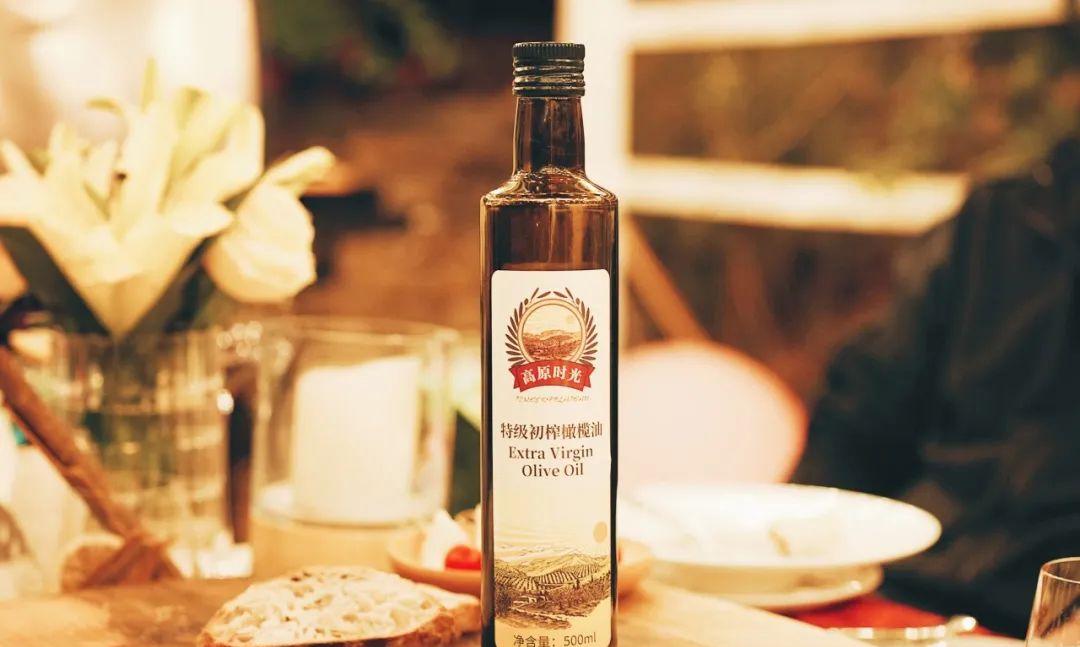
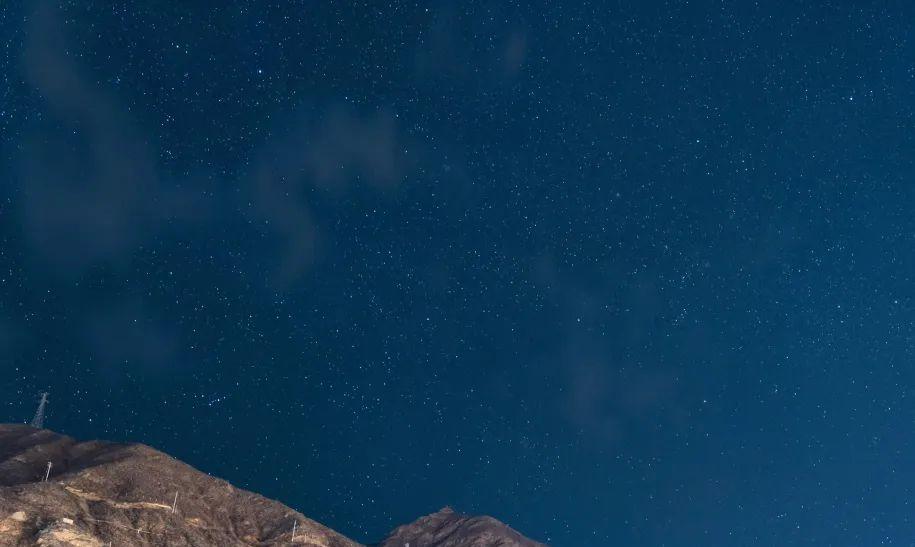
The second day’s breakfast is à la carte add-on style, with plenty of fruits, and the small pot of rice noodles is a must-order.
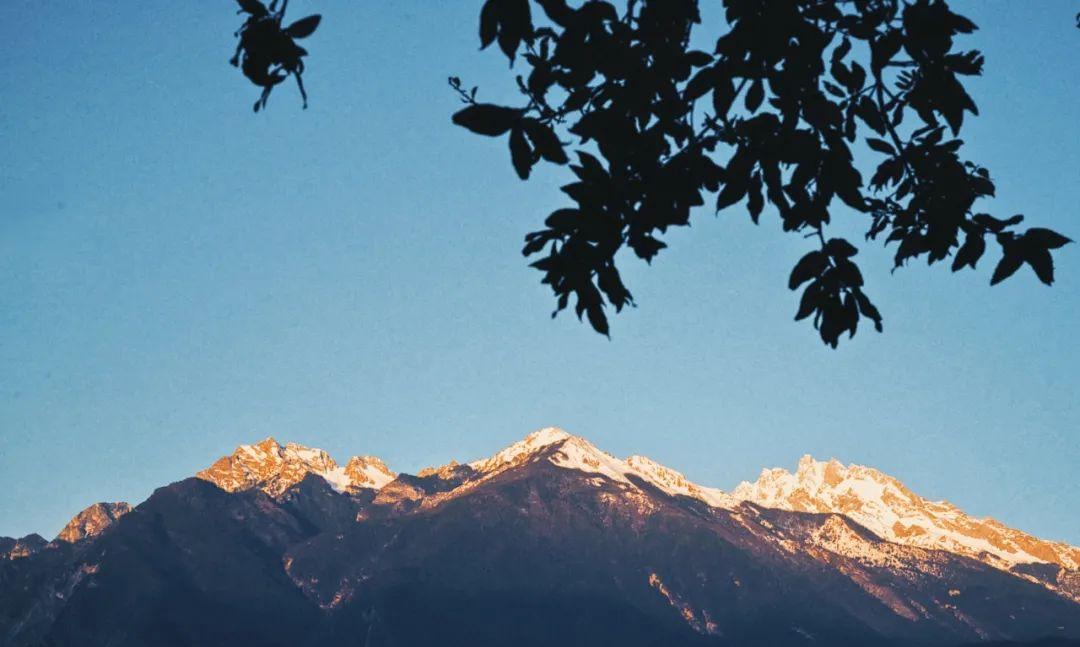
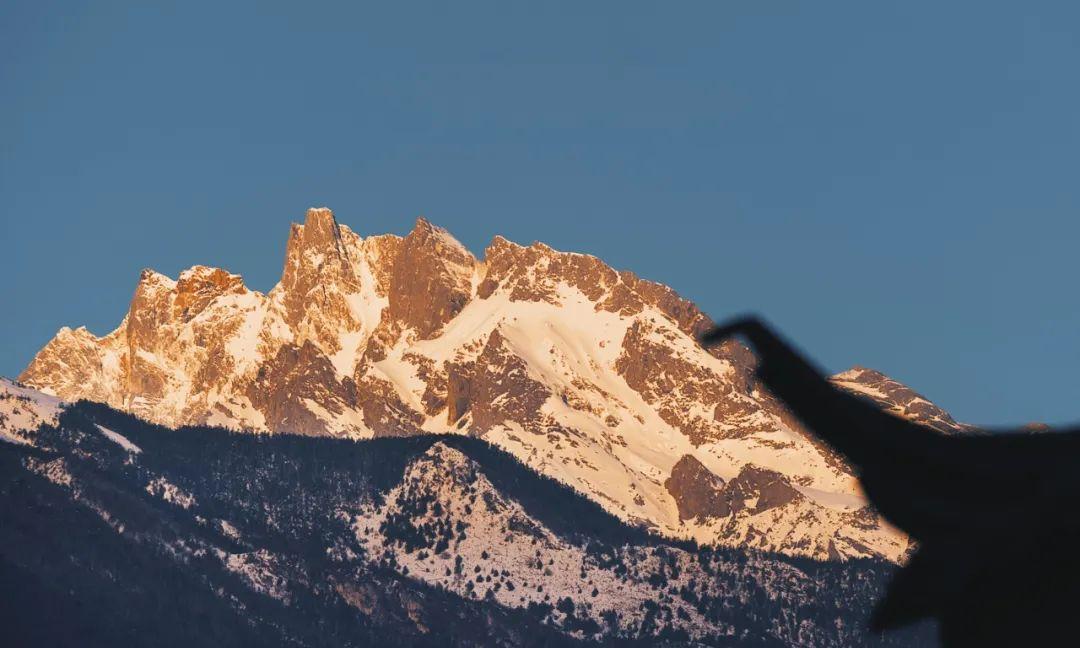
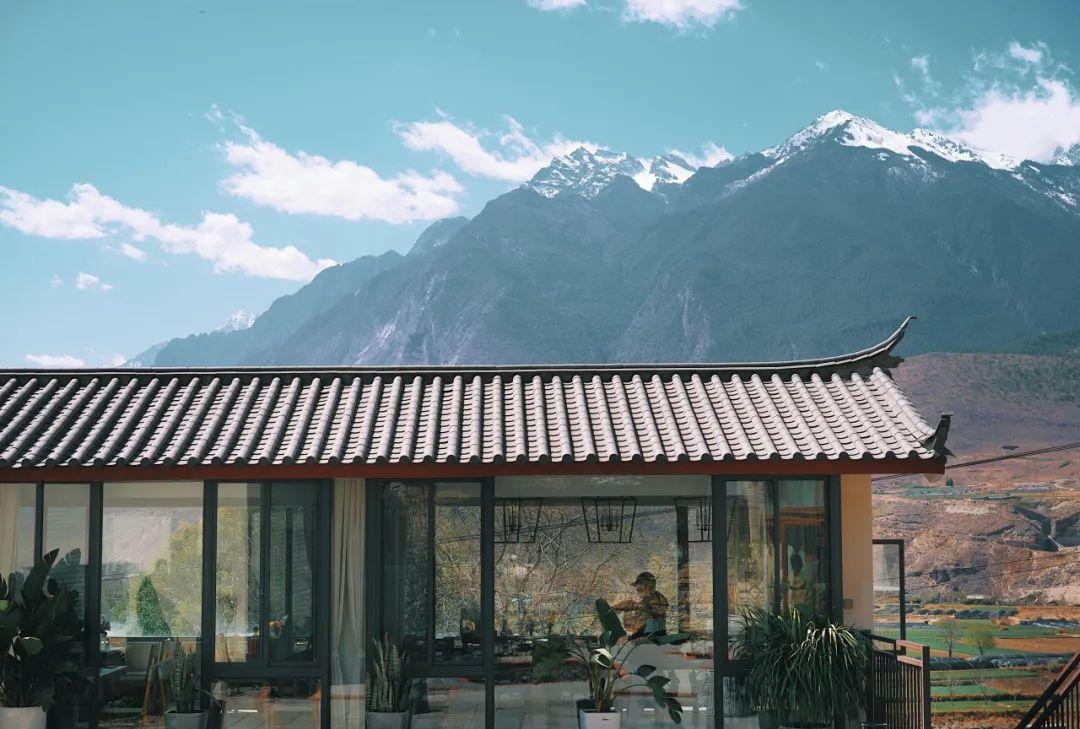
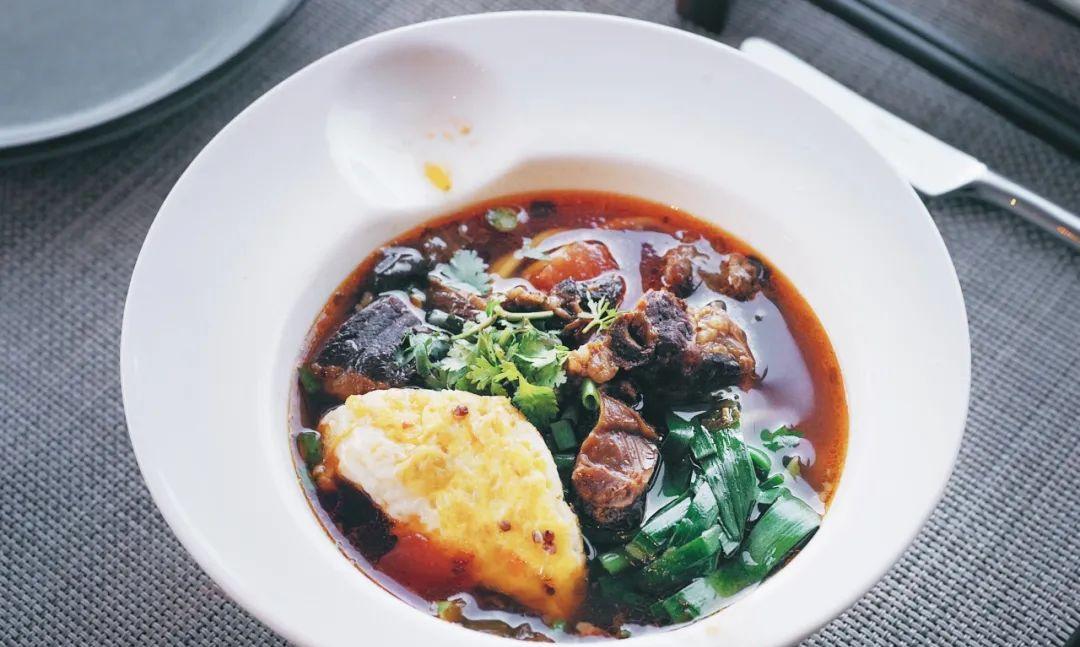
**Day 2**
Yulong Snow Mountain Yak Flat – Xiaomi Di Lux – Tiger Leaping Gorge – Picking Oranges Under the Snow Mountain
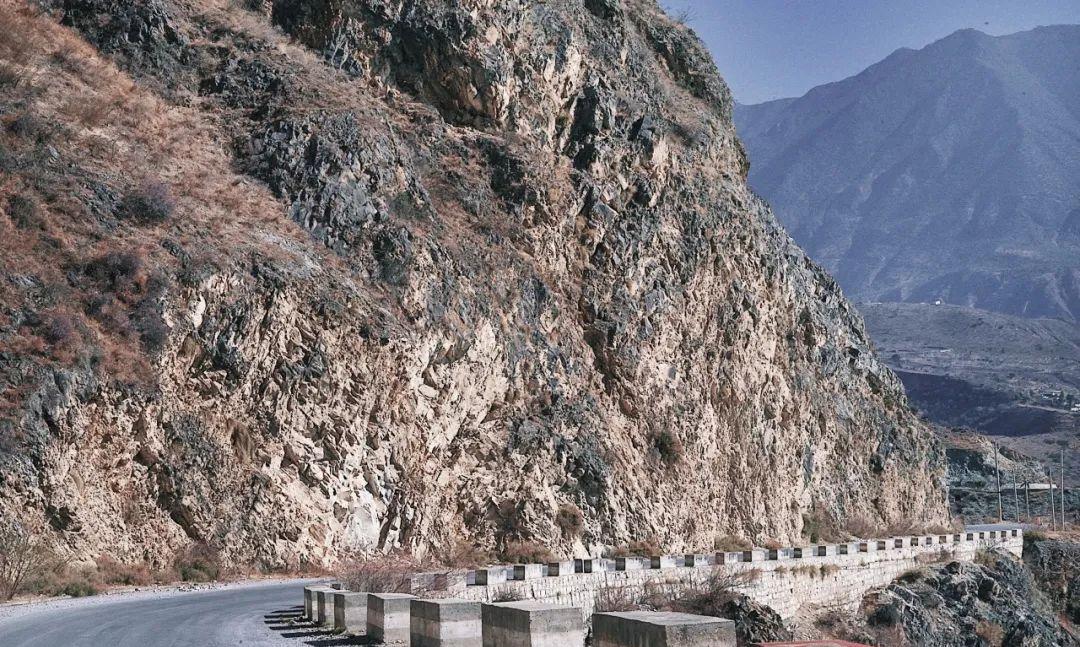
The second day officially commenced the circuit around Yulong Snow Mountain. The first stop was Yak Flat, located on the mountain’s backside, where there are fewer people, requiring a ride on a small cable car. The cable car ride takes about 20 minutes, and it’s good to bring some dry snacks along.
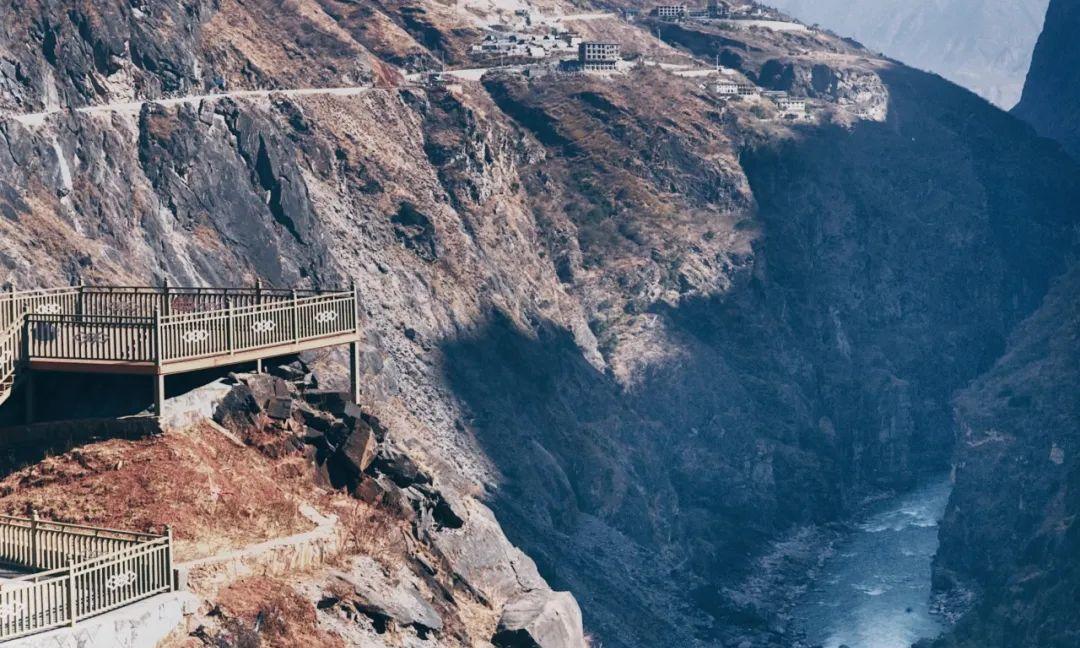
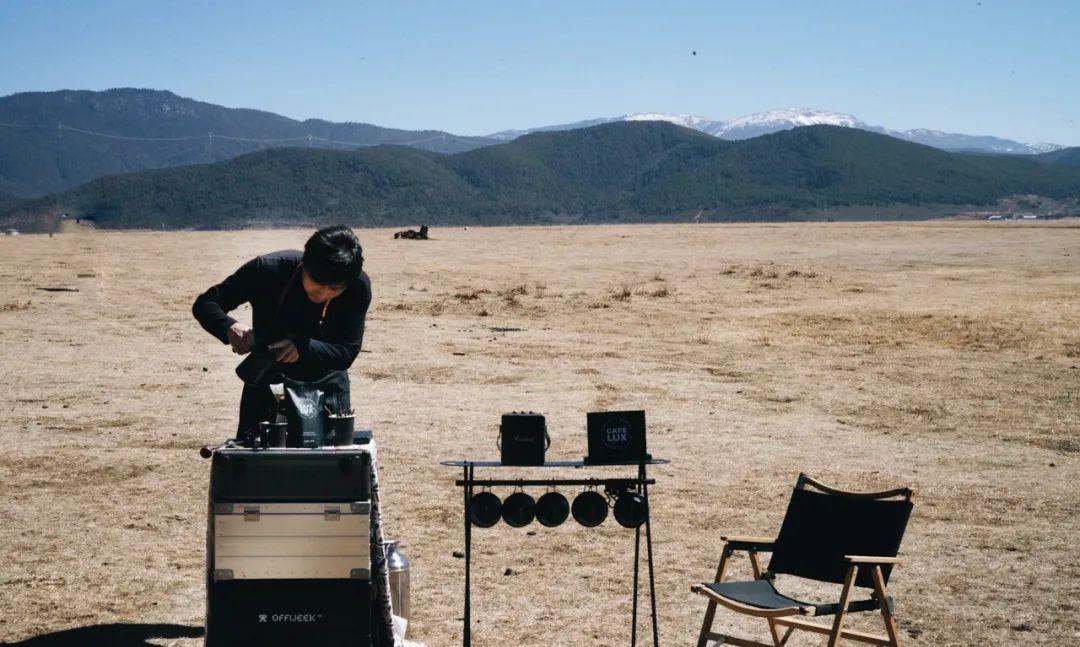
Although I had seen numerous gorgeous photos of the snow mountain online, seeing the unobstructed Yulong Snow Mountain in person was indescribably breathtaking.
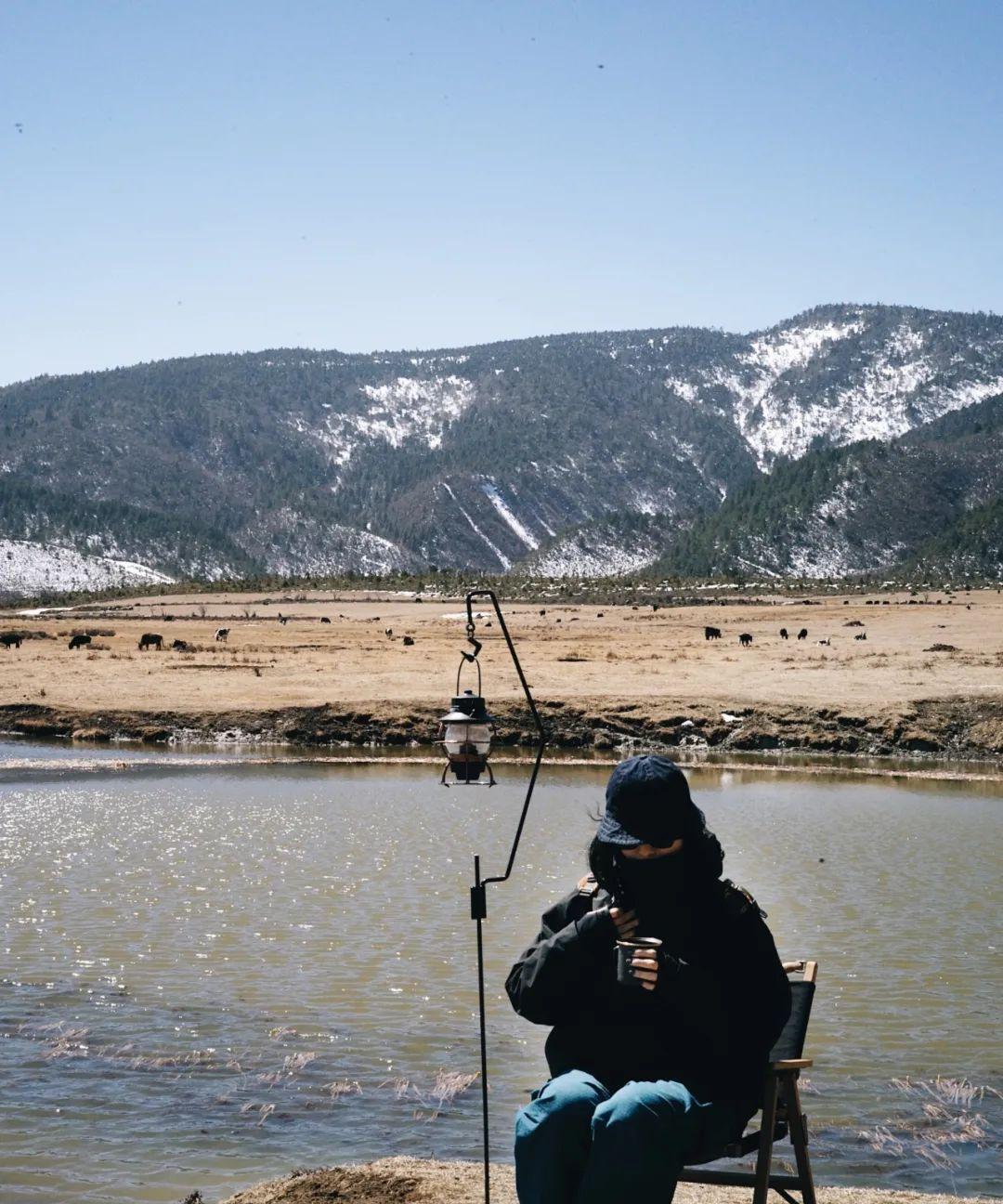
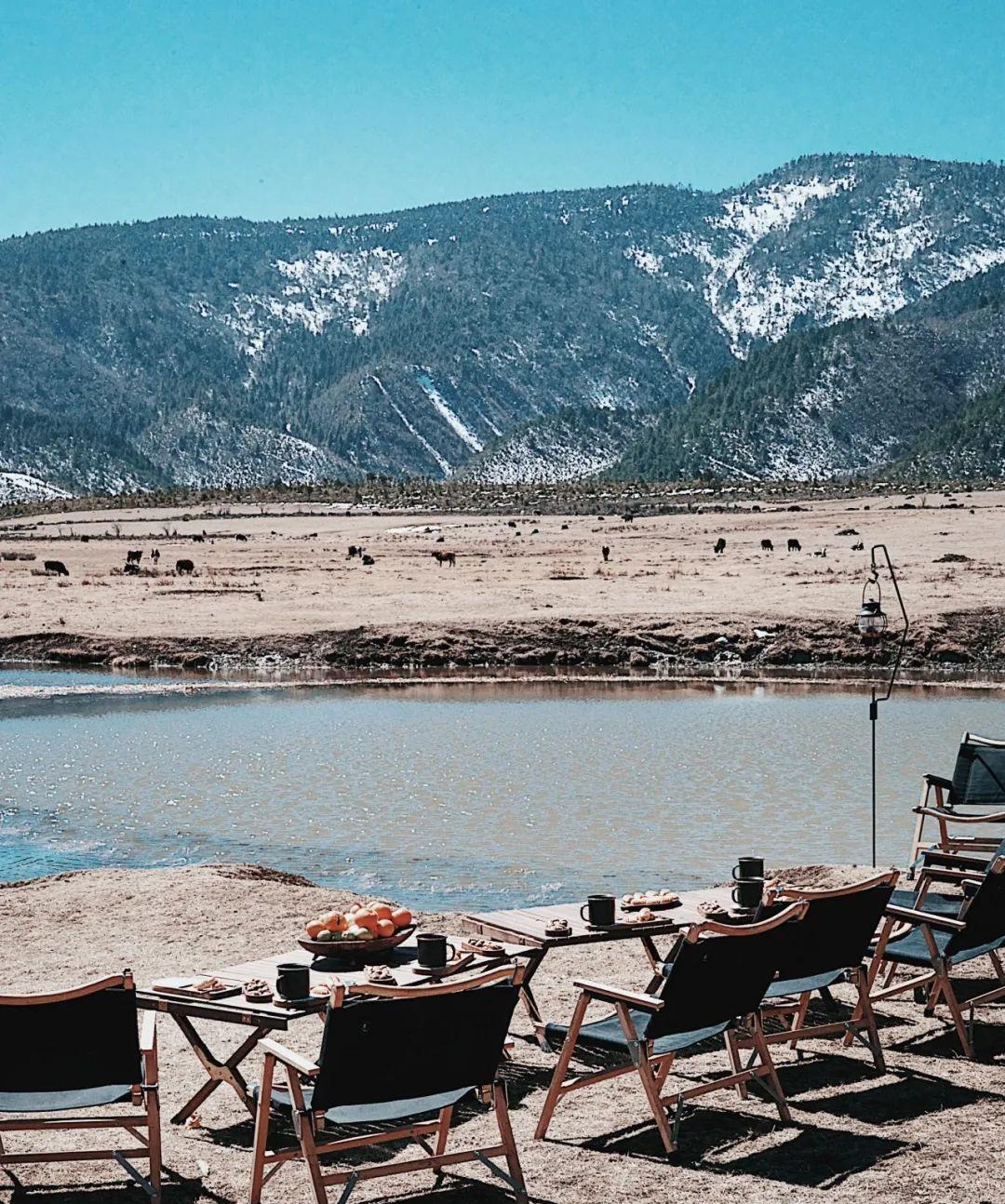
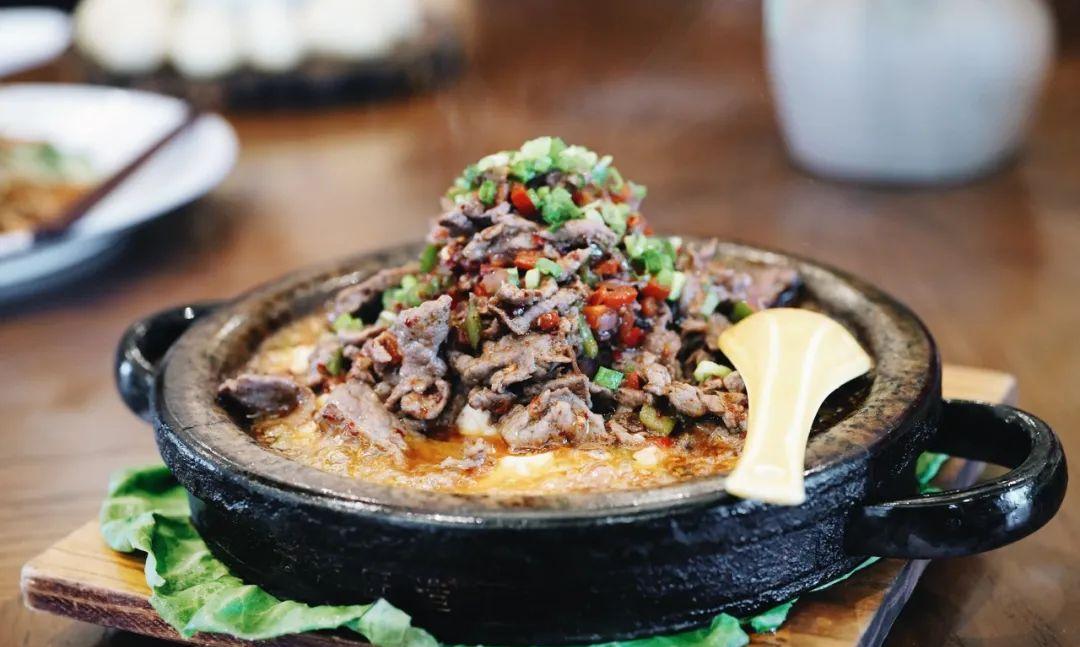
Just a friendly reminder: life is an open wilderness, filled with those seeking oxygen. While our small group didn’t experience altitude sickness, climbing a slope did leave us breathless; bending down and standing up could cause slight dizziness, so everyone, please refrain from strenuous exercise.
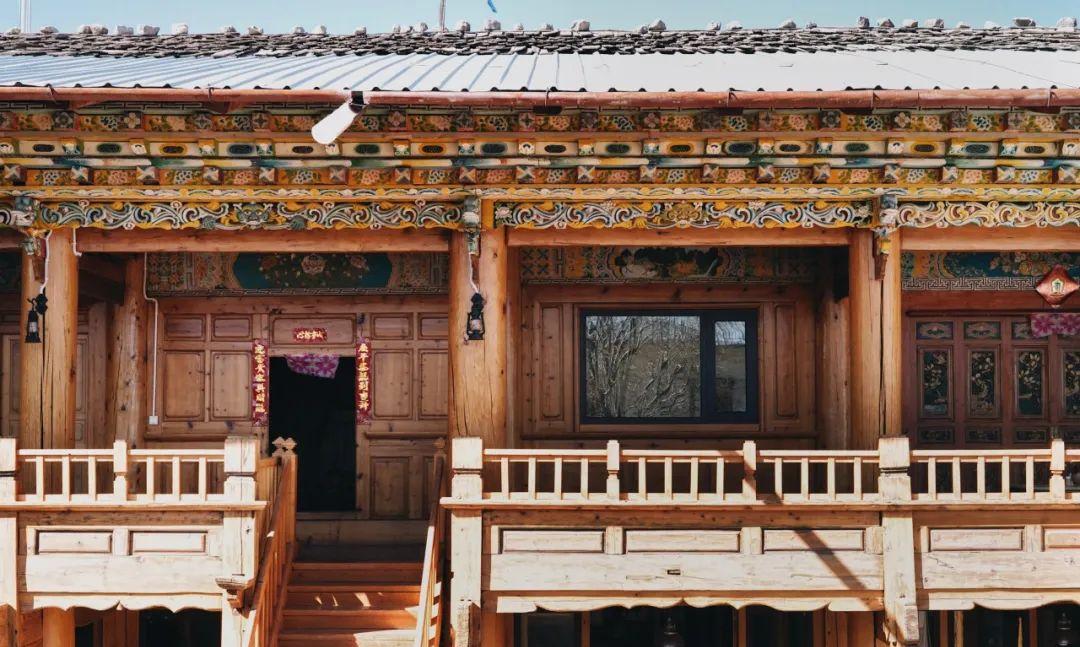
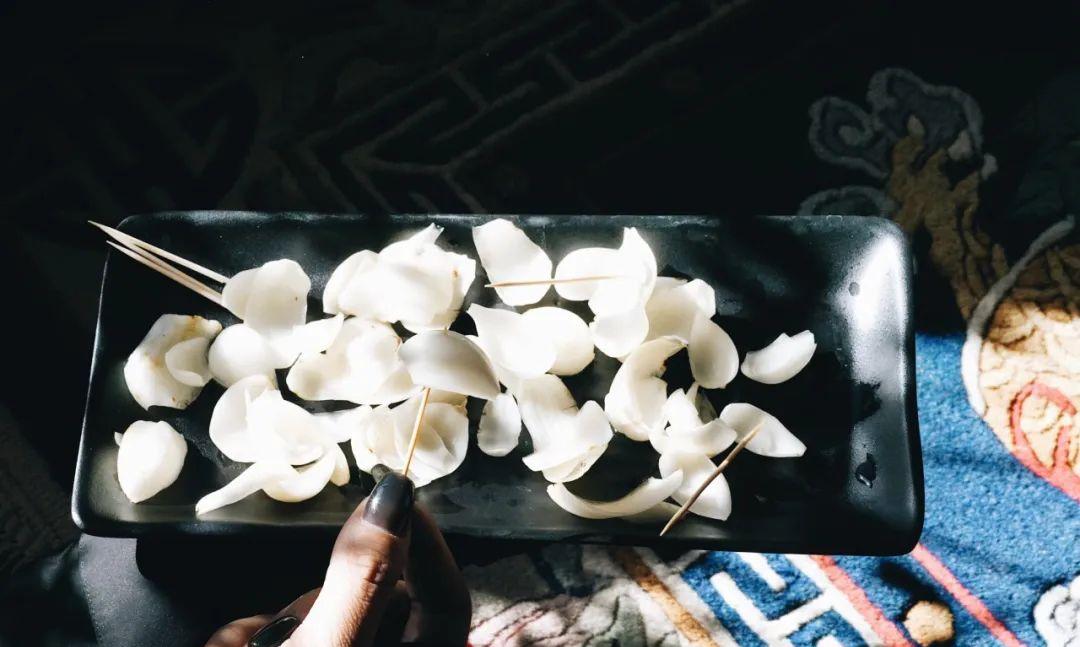
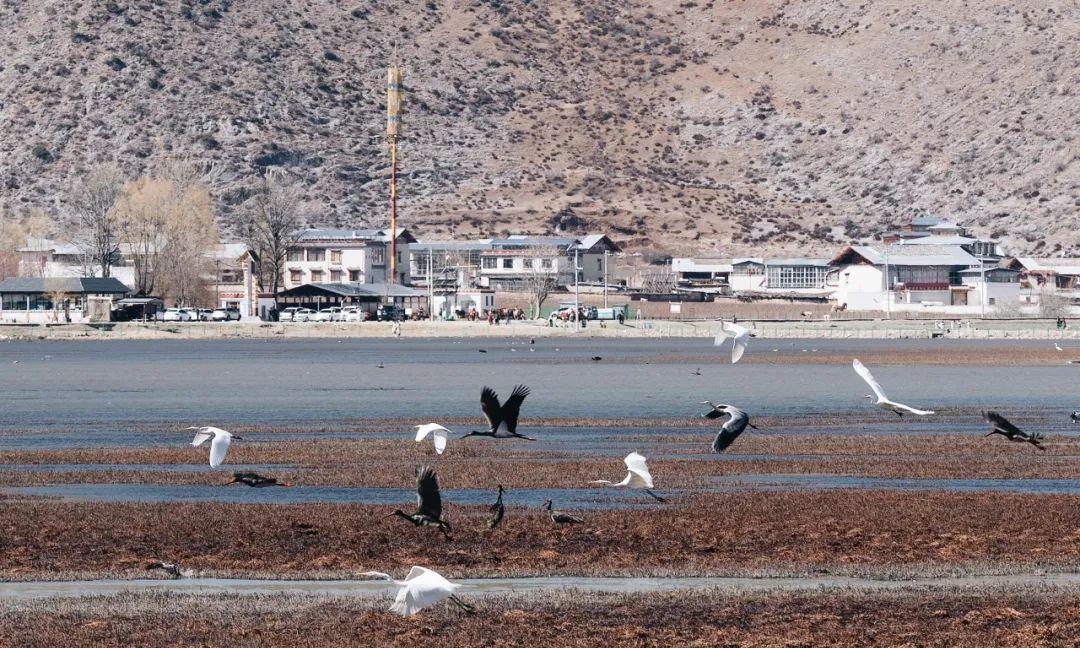
After visiting the snow mountain, we headed to the next Lux hotel—Xiaomi Di Lux. The Lux properties along the Tea Horse Road are categorized into hotels and mountain dwellings; the former has more rooms and better facilities, while the latter tends to be smaller yet charming.
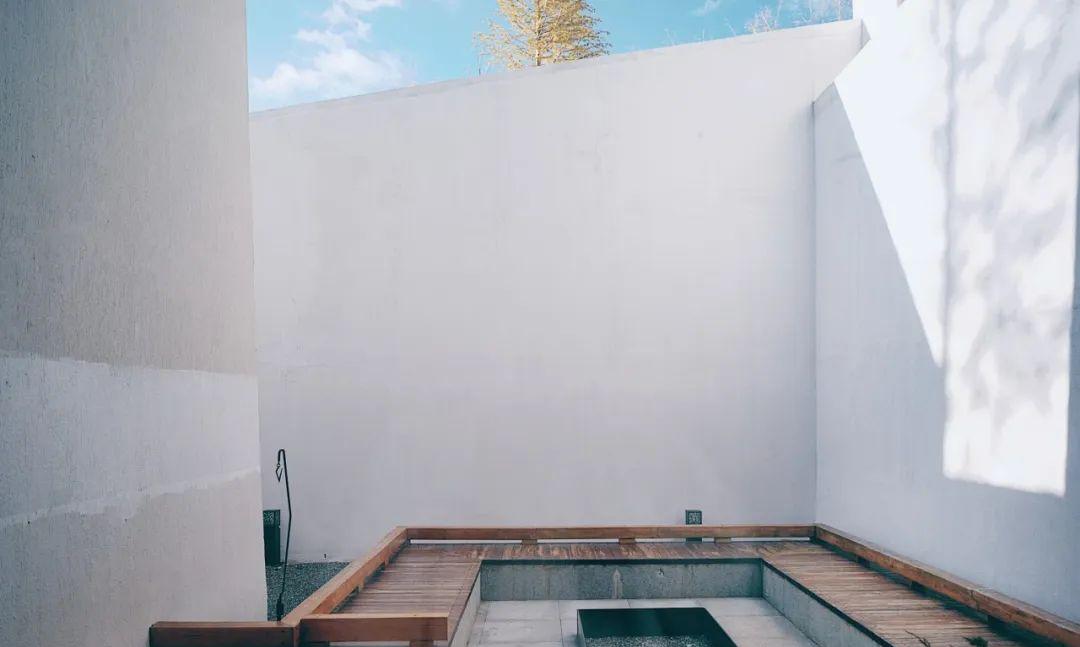
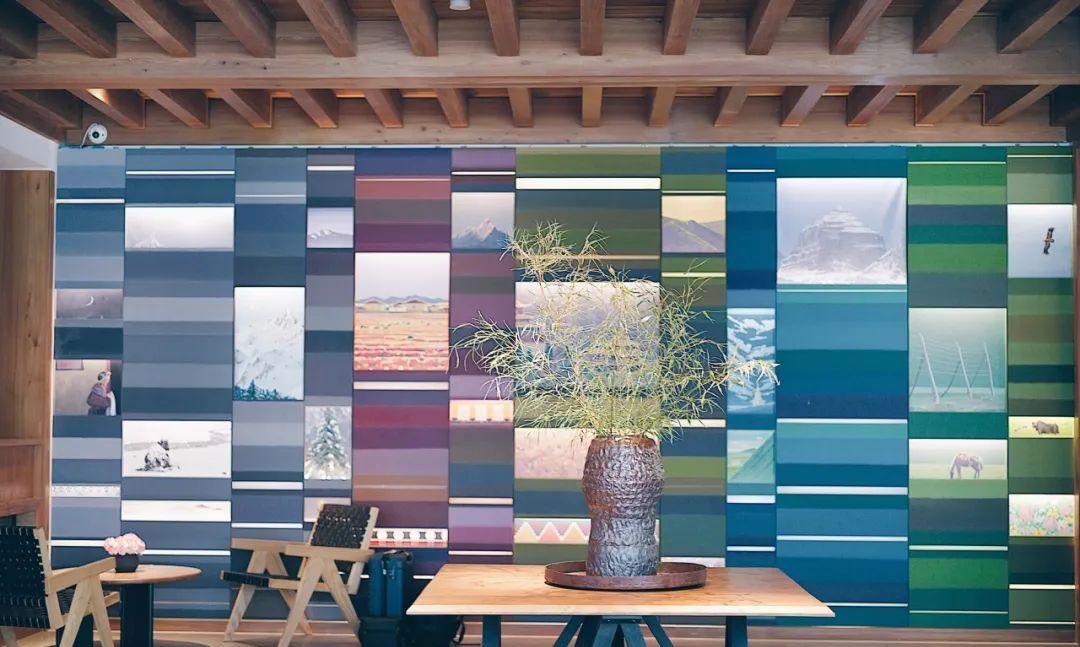
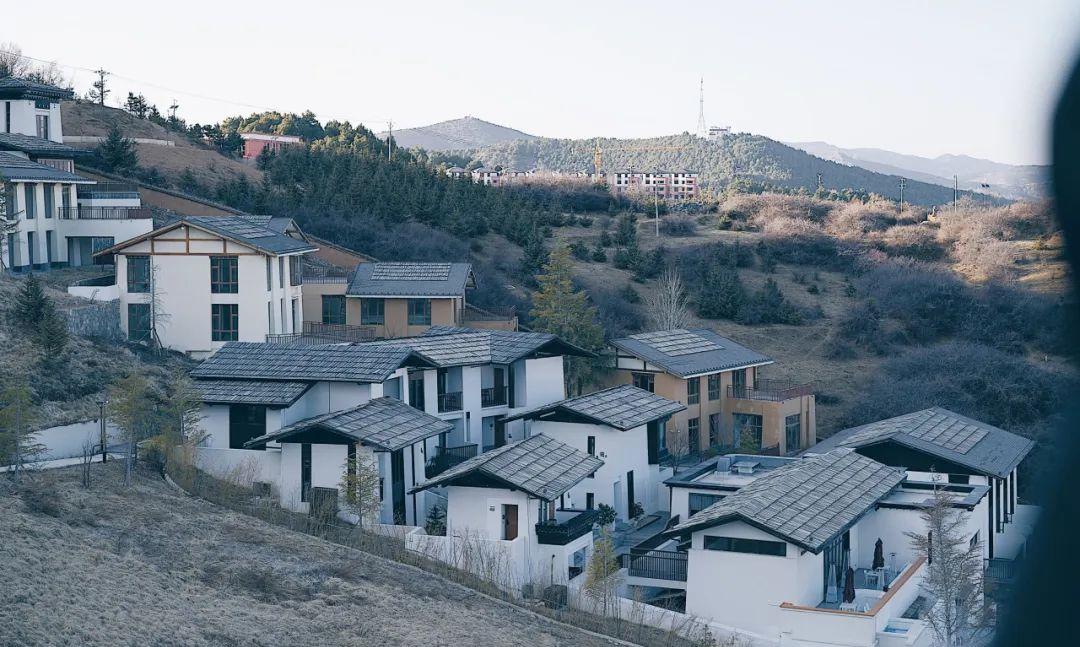
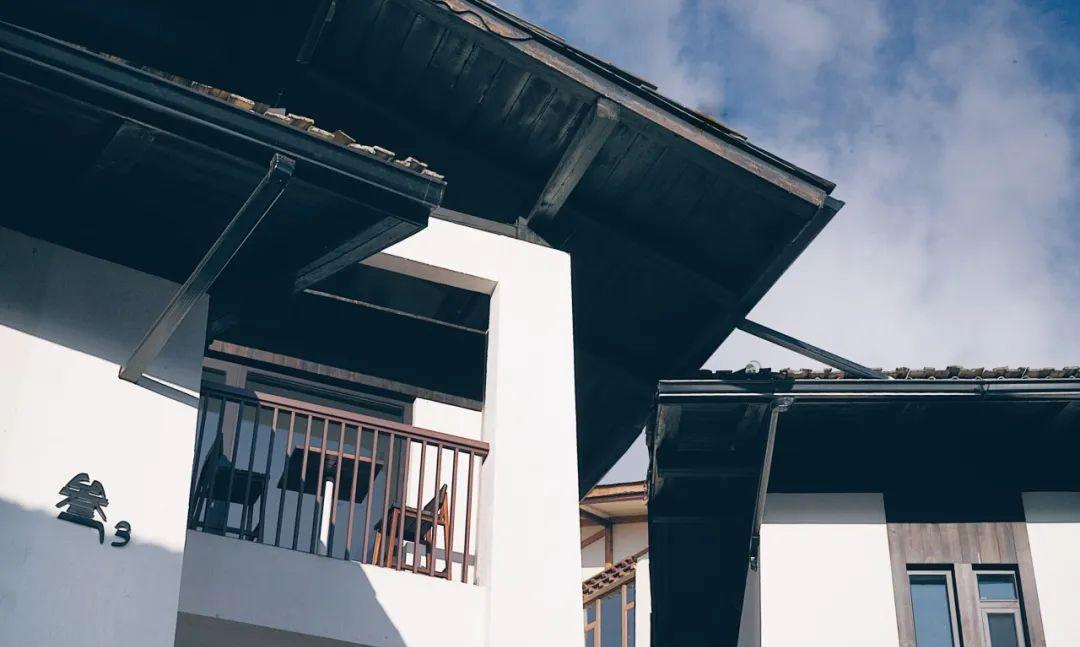
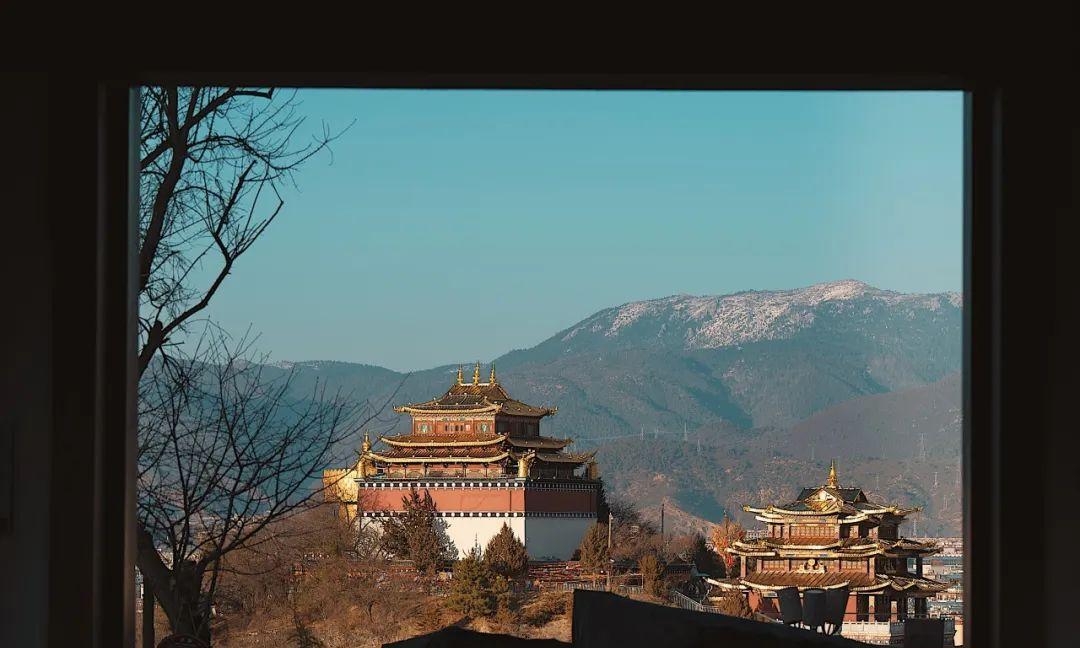
Had it not been for Lux, I likely wouldn’t have discovered the idyllic enclave of Xiaomi Di. There’s not a trace of commercial vibes, nor any businesses around. It is said that during the summer, this area yields abundant grapes, cantaloupes, and watermelons, as sweet as those from Xinjiang.
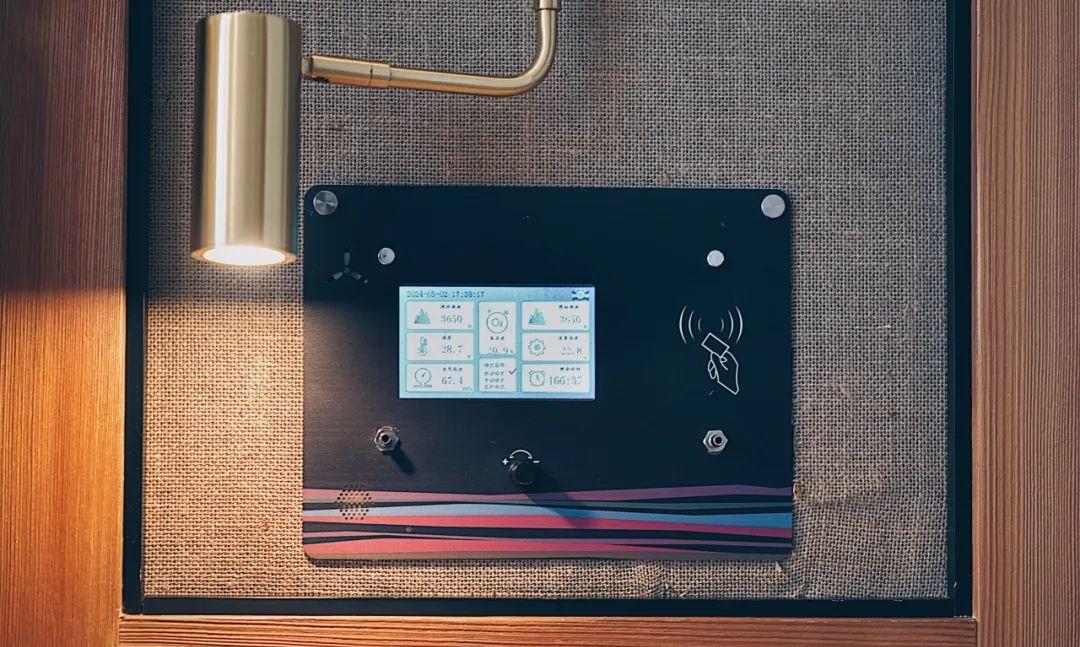
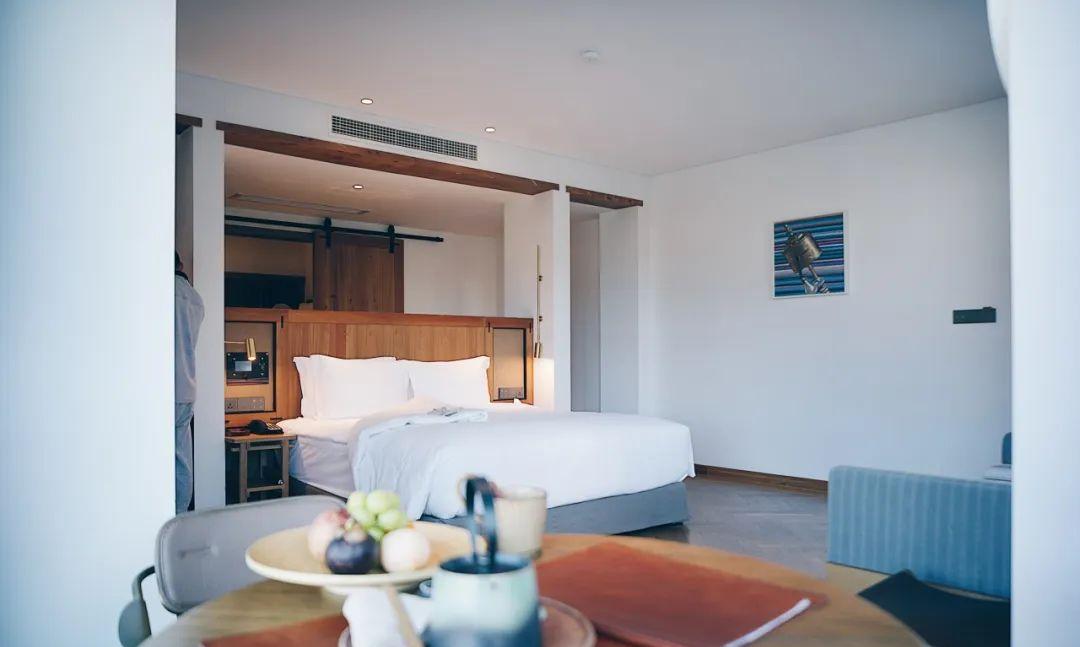
As we drove further in, vast fields of wheat and cliffs appeared along with rising temperatures.
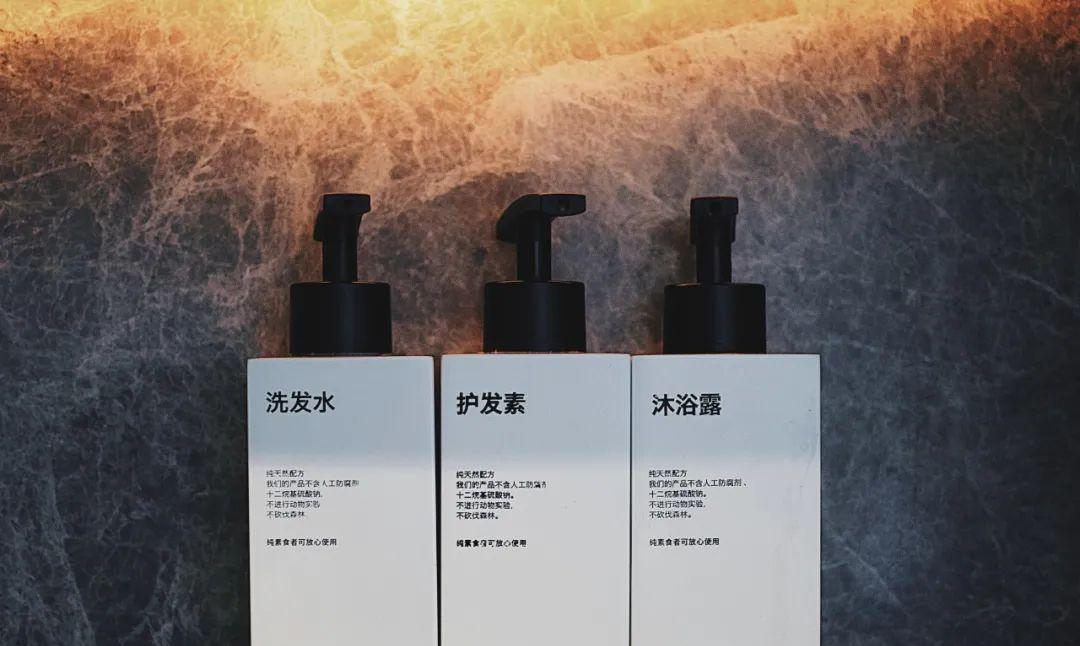
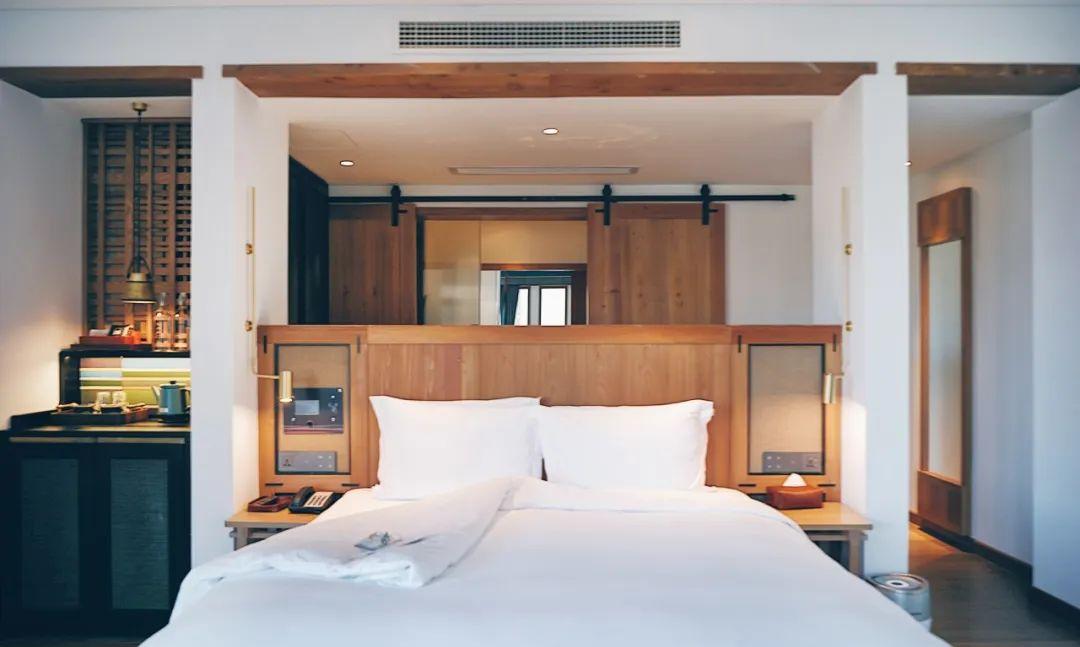
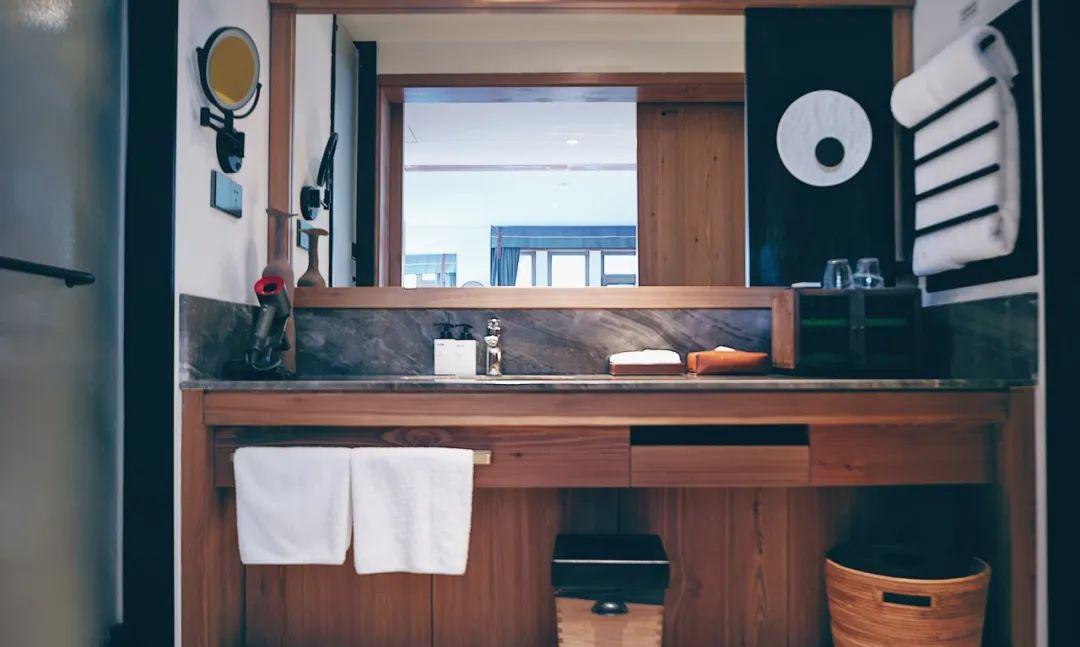
This Xiaomi Di Lux is unique, being a hotel that “gives way to trees,” resembling a meticulously crafted garden.
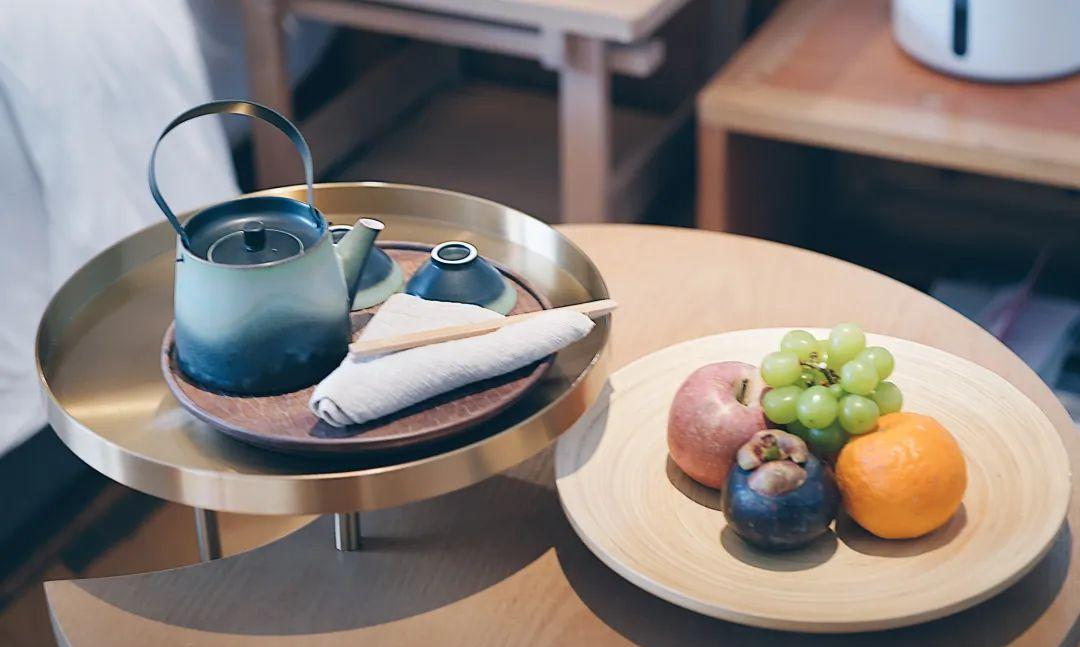
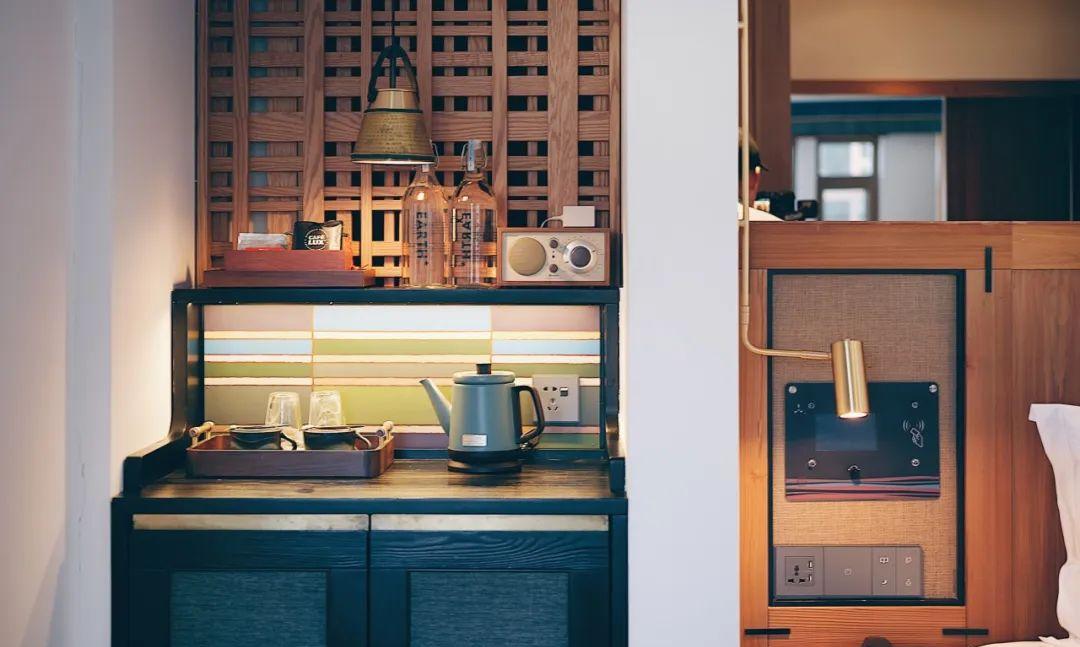
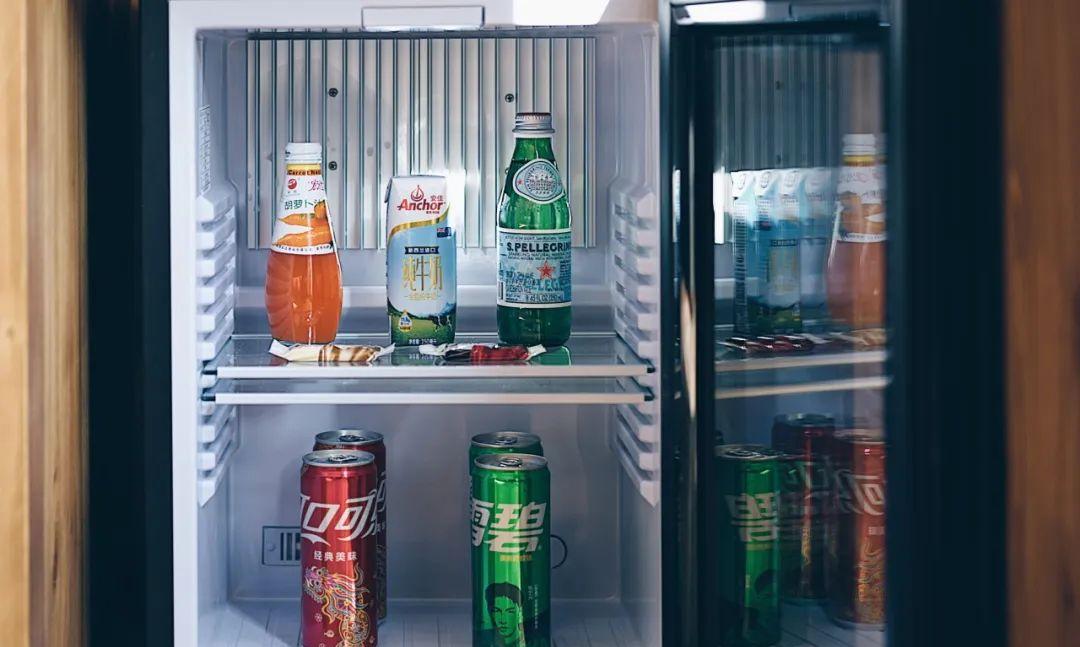
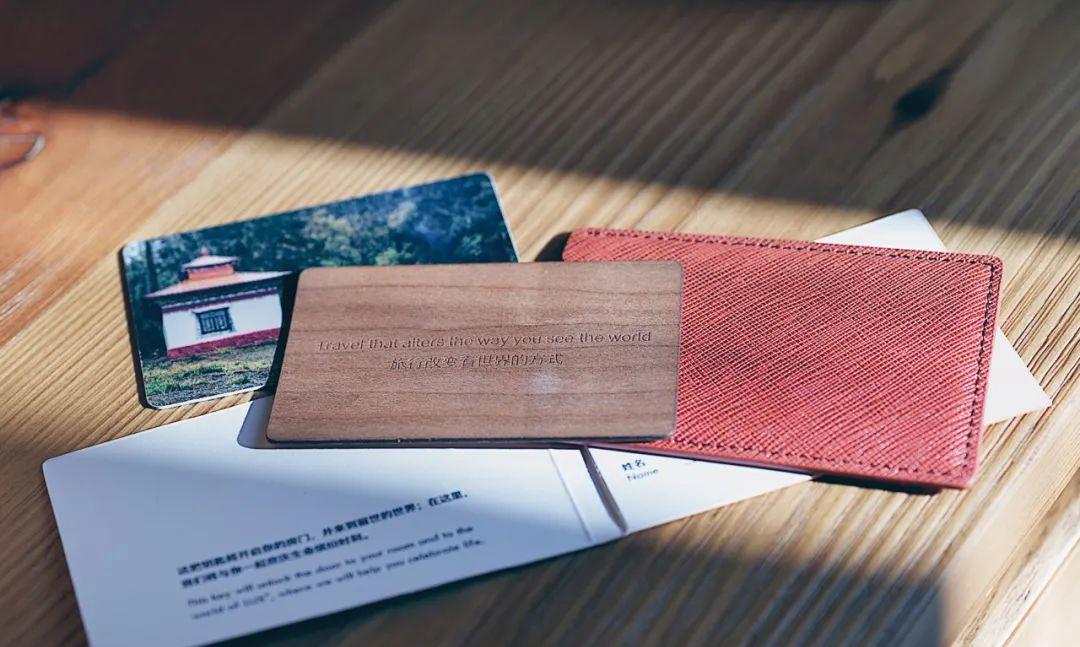
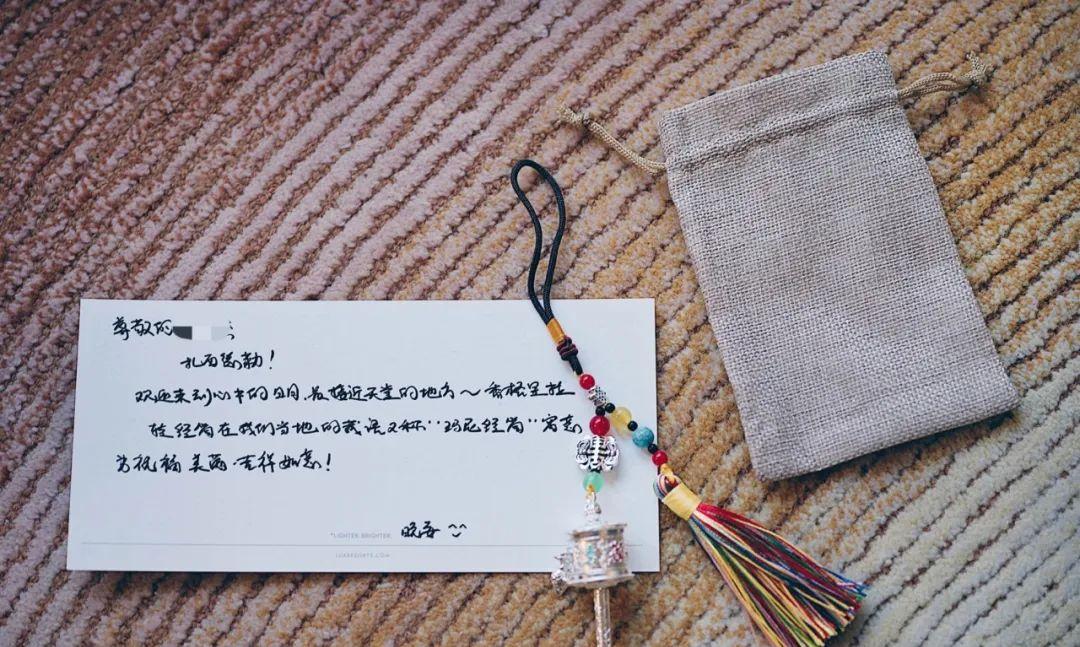
The room we stayed in featured a small courtyard, which led to a larger garden with several distinctively-shaped trees. Opening the door revealed a blooming tree and a view of the snow mountain. With such scenery, I can’t think of any reason for a Yunnan native to be emo.
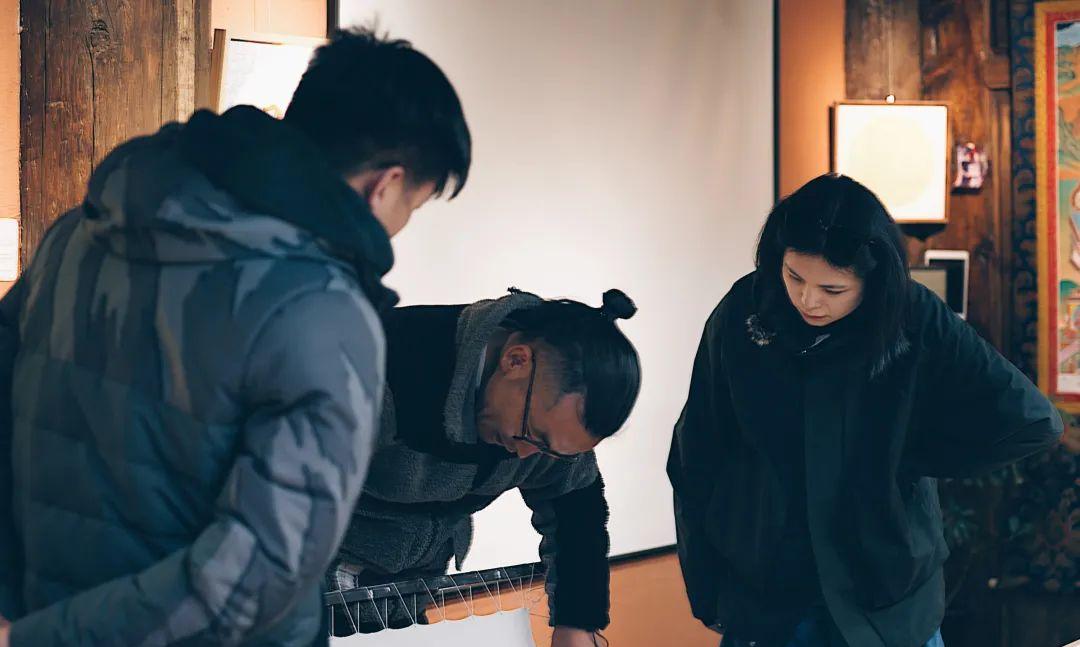
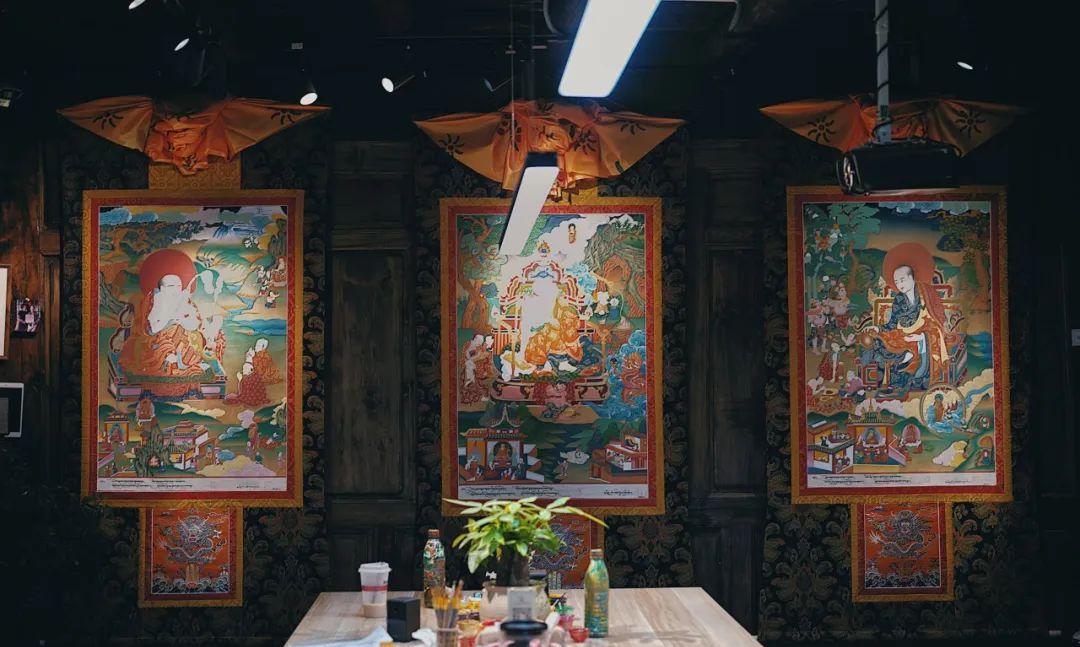
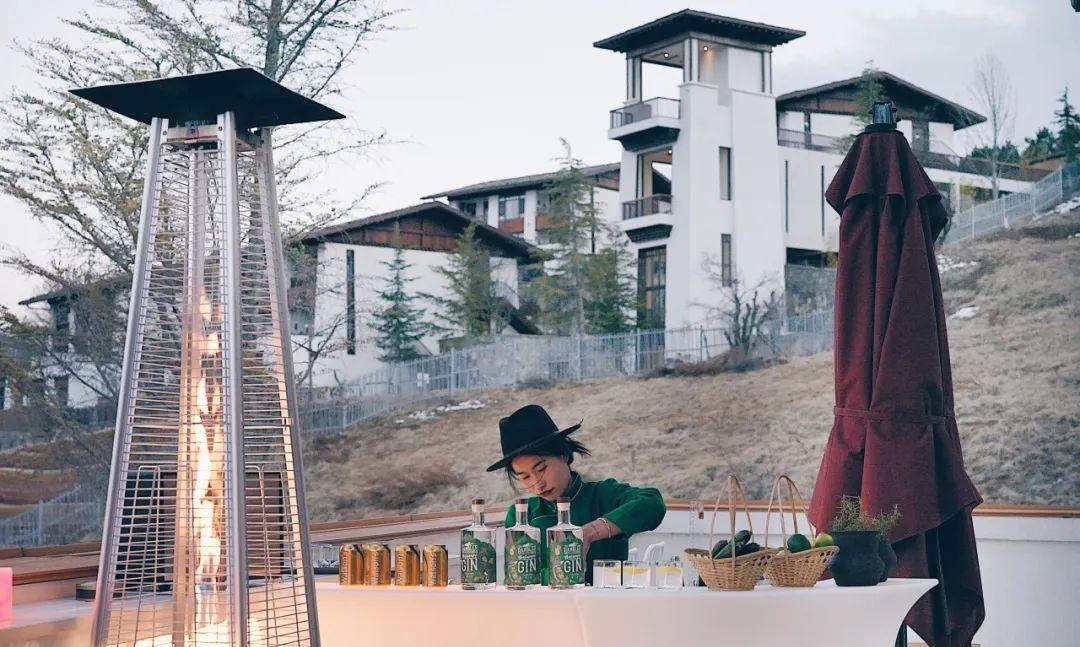
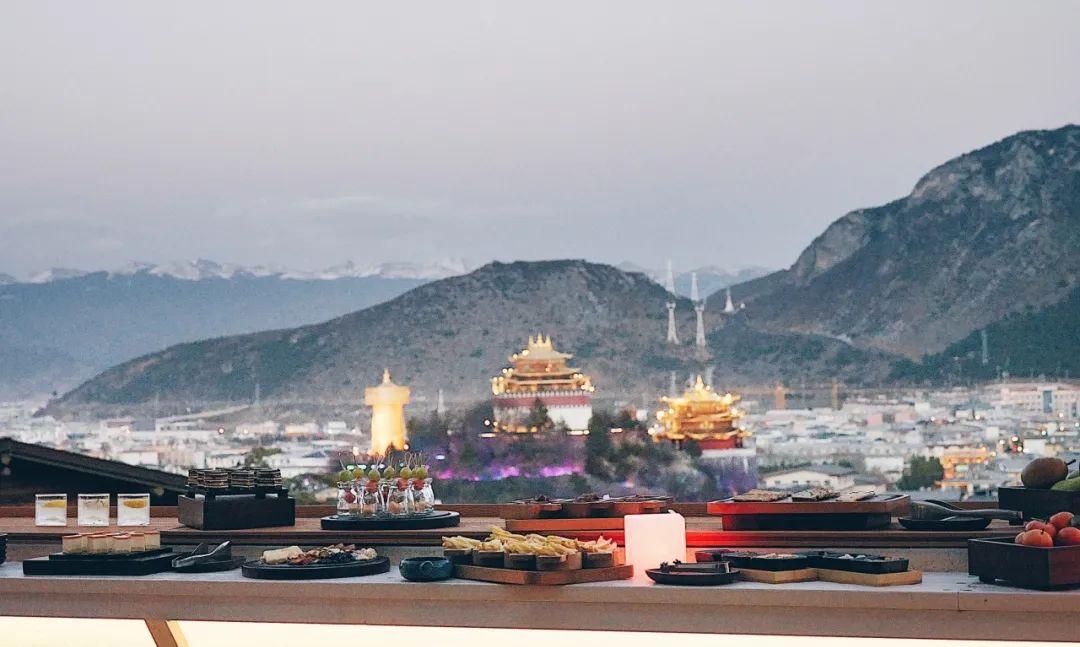
Lunch maintained the theme of “from farm to village,” with vegetables harvested just that morning. The matsutake mushroom season was in full swing, and the matsutake chicken soup was exceedingly delicious. There was also the orange variety, which initially had a refreshing taste, but after a few bites, surprisingly bore a hint of mustard flavor—quite fascinating.
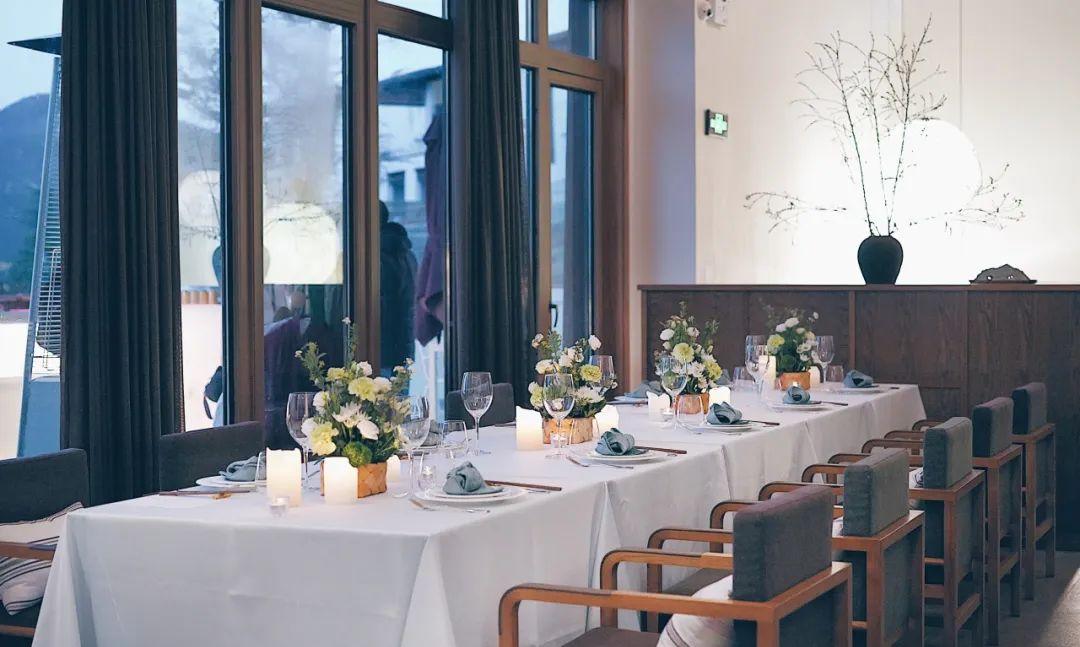
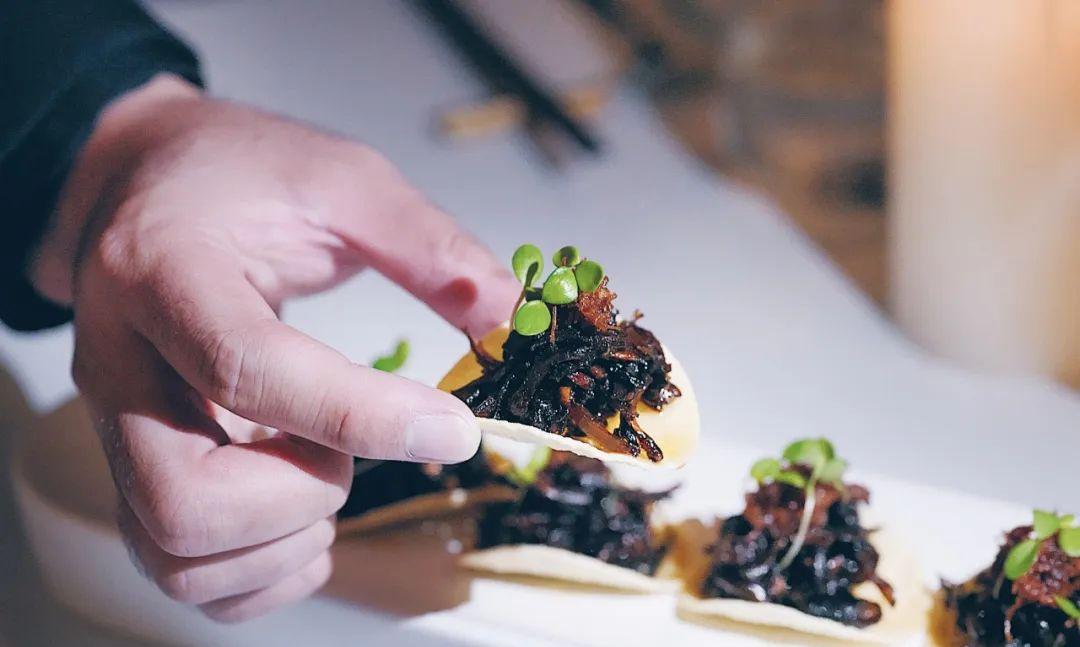
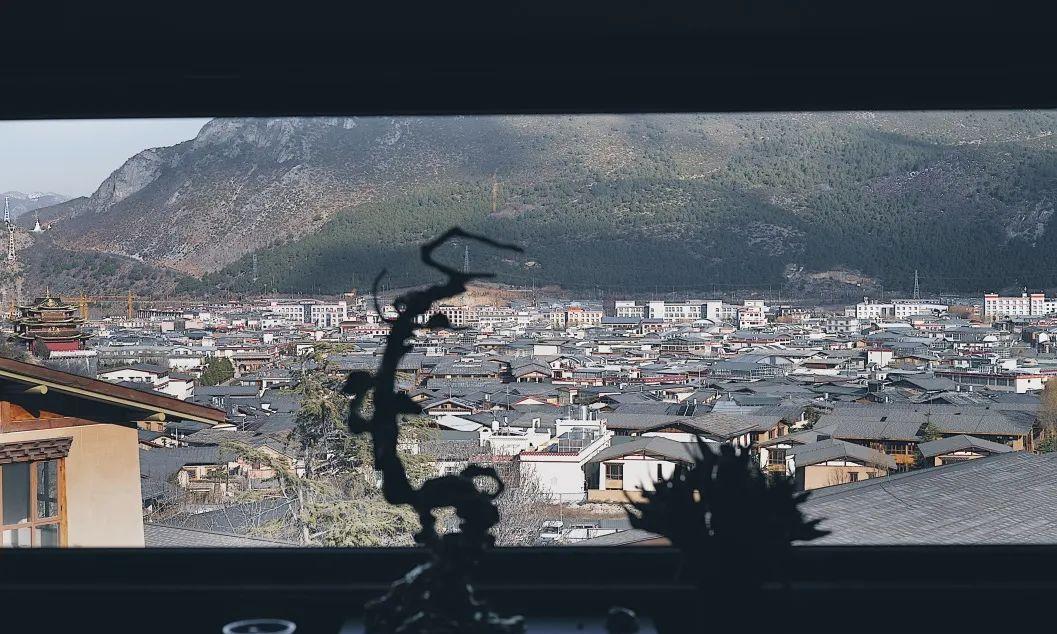
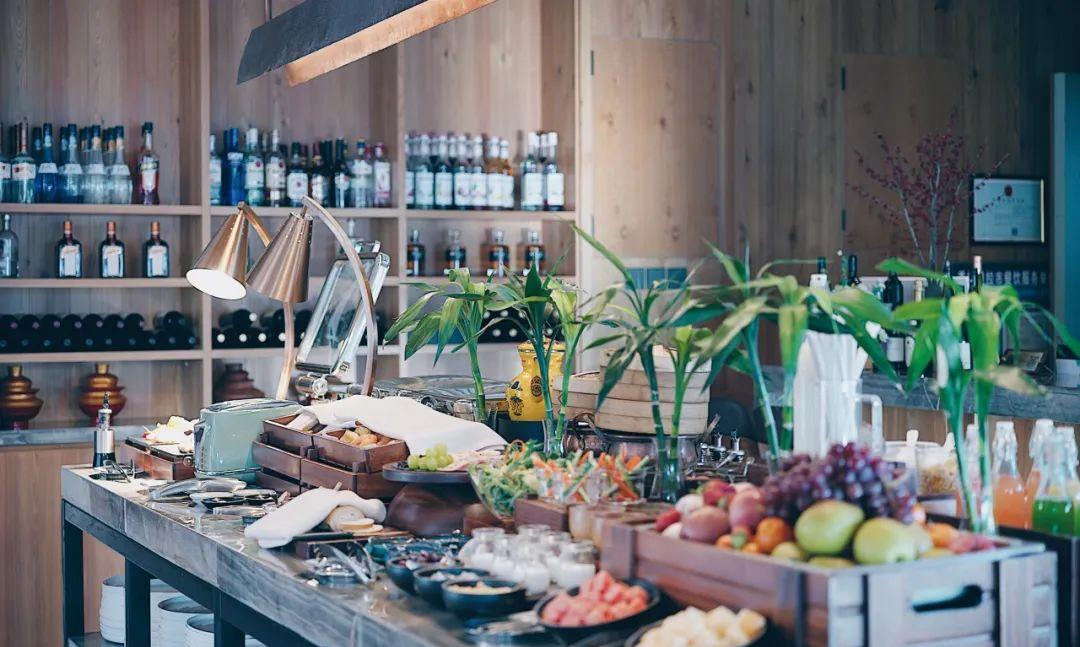
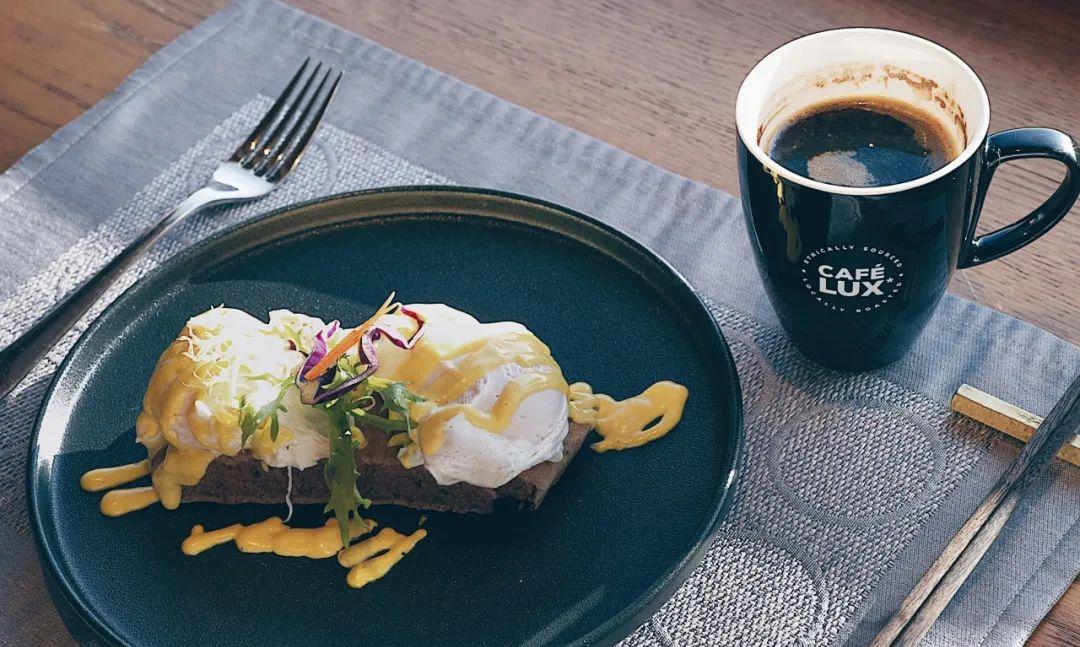
In the afternoon, we took an easy stroll at Lower Tiger Leaping Gorge, located quite close to Xiaomi Di. The Lower Tiger Leaping Gorge is relatively unknown, especially the particular trail around Xiaomi Di, where scarcely any walk-ins will reach; it’s primarily frequented by locals and guests at Lux. The trek itself was leisurely; it could be regarded as a walk rather than a hike.
After shooting plenty of photos along the way, Lux prepared another surprise for us. First, they led us along a tranquil path, then we were treated to a champagne-popping ceremony on a cliff over the gorge. I even attempted to use a saber to open the champagne, but the wind was so strong that the wine almost blew everywhere, scattering across the hills.
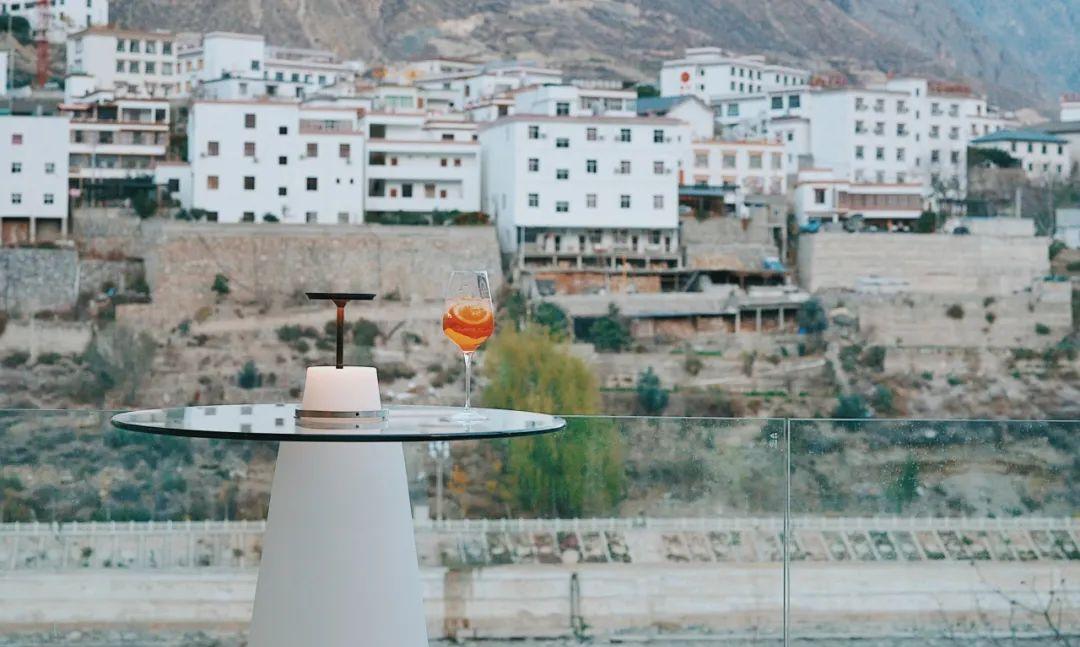
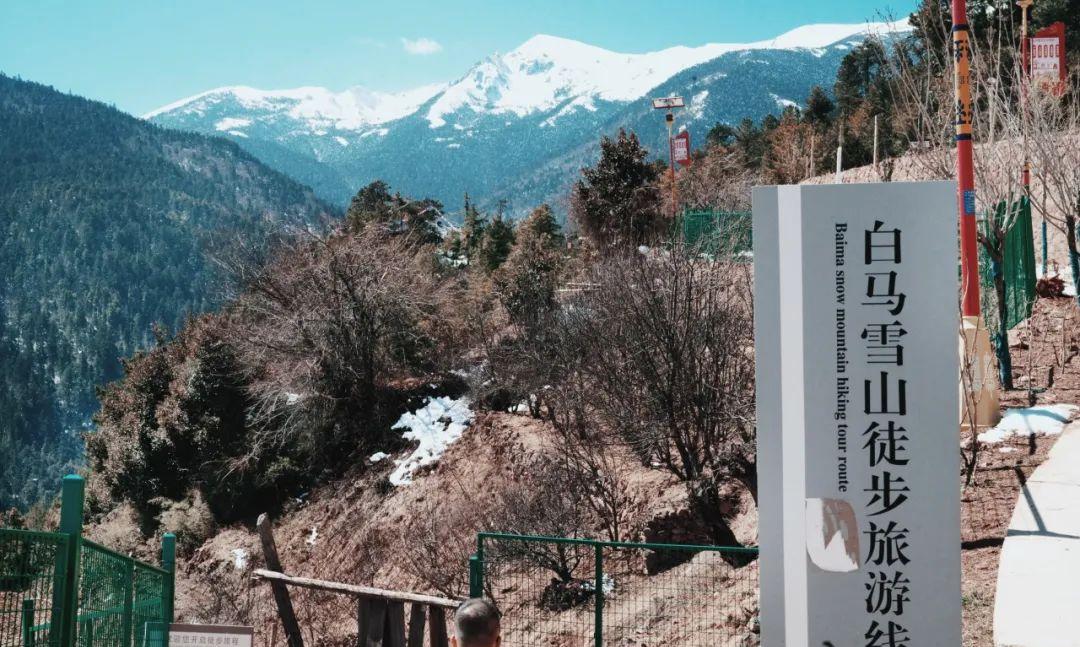
On the way back to the hotel, we also picked some locally grown oranges from Xiaomi Di, a hybrid of orange and tangerine. We enjoyed them fresh from the tree, juicy and sweet.
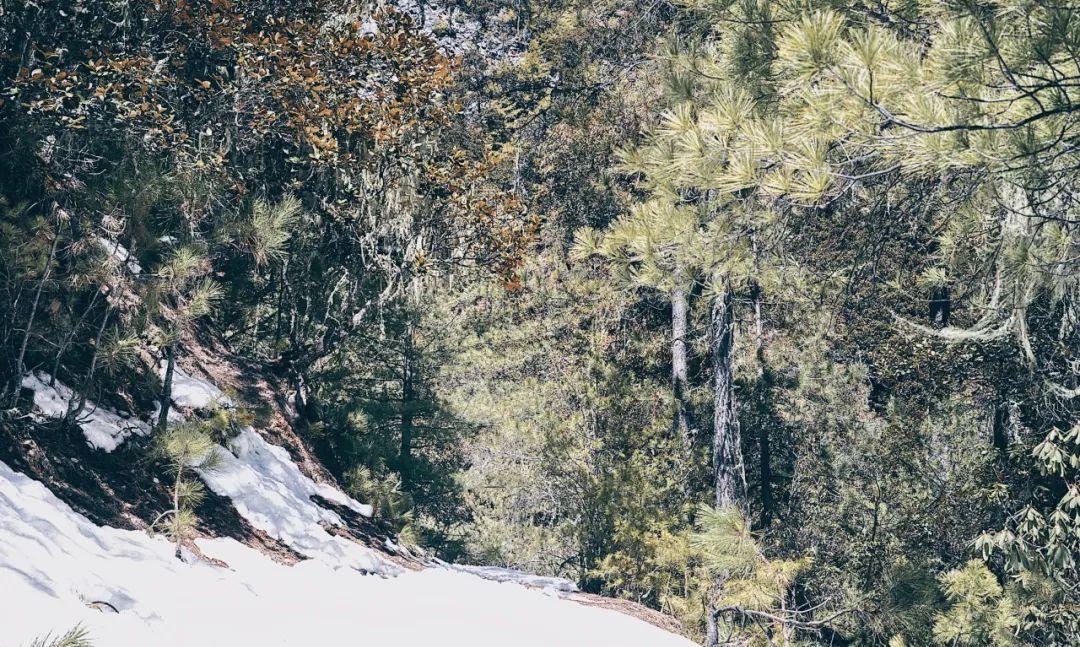
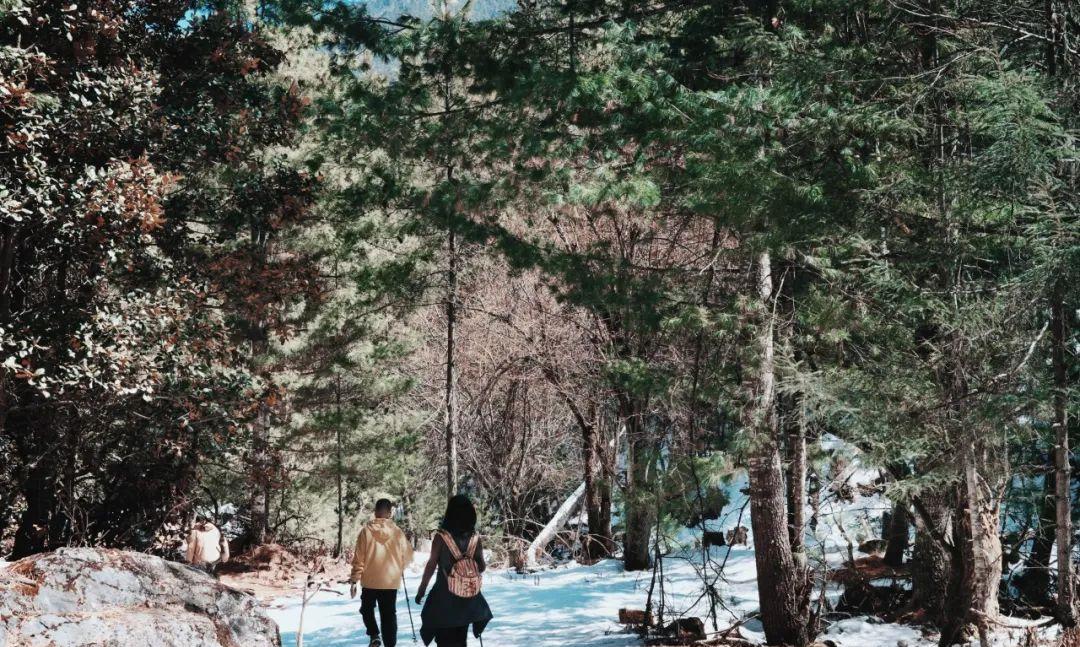
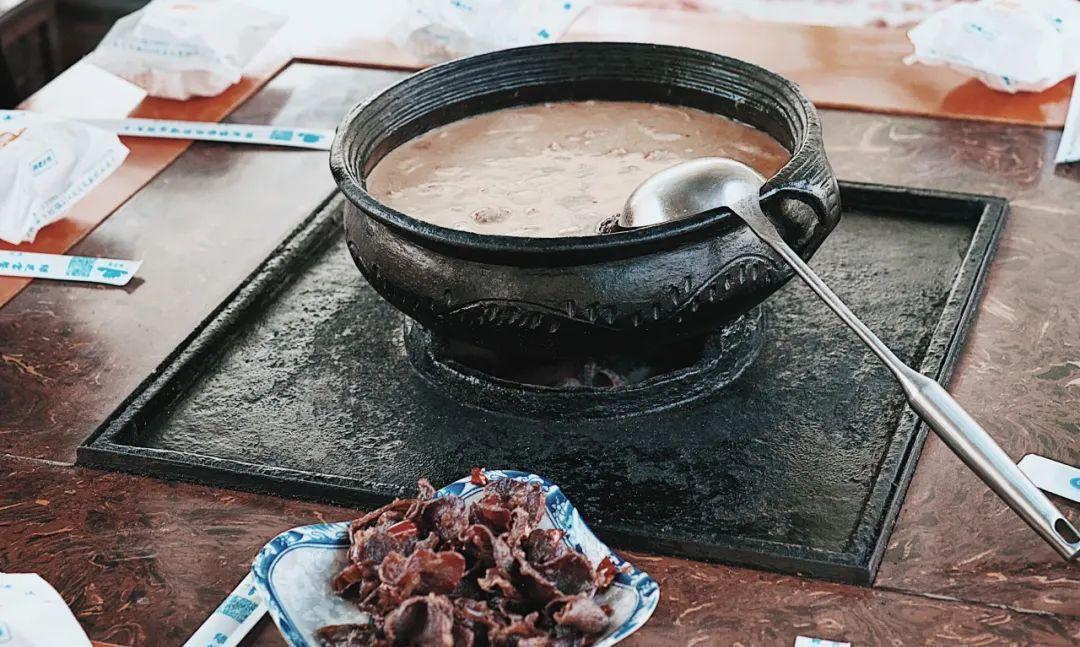
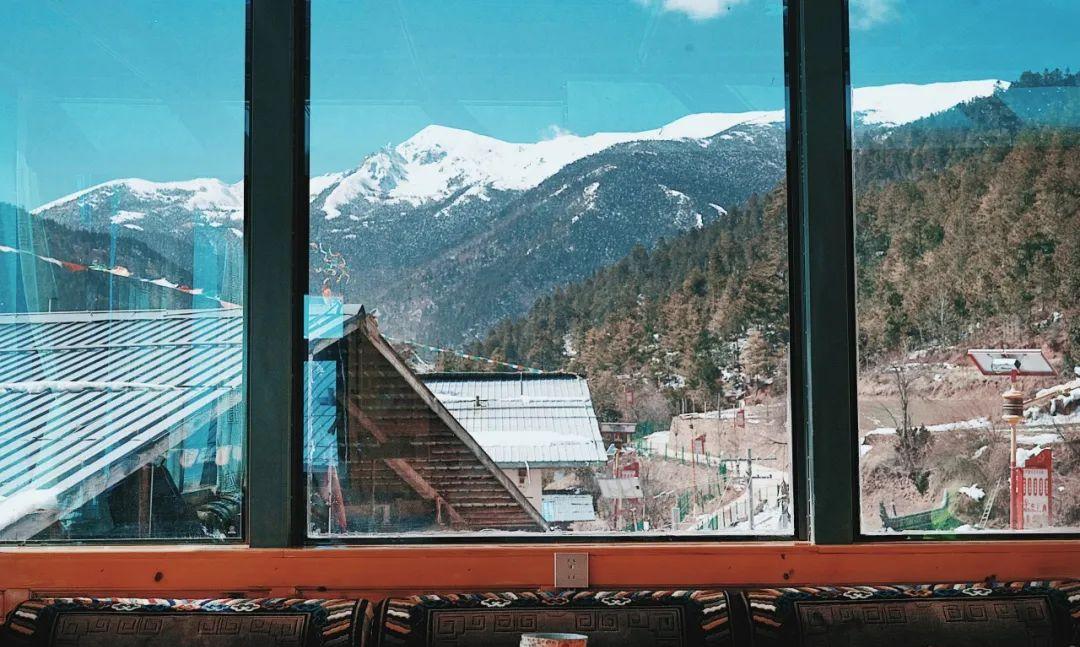
Dinner continued the trend of surprises, taking place in a beautiful mystical garden. Lux indeed upholds the principle of “breakfast coffee, dinner alcohol” thoroughly. They already had loose coffee brewing each morning, and before dinner, they typically served freshly mixed cocktails. By the way, having cocktails paired with dinner is standard across all Lux properties.
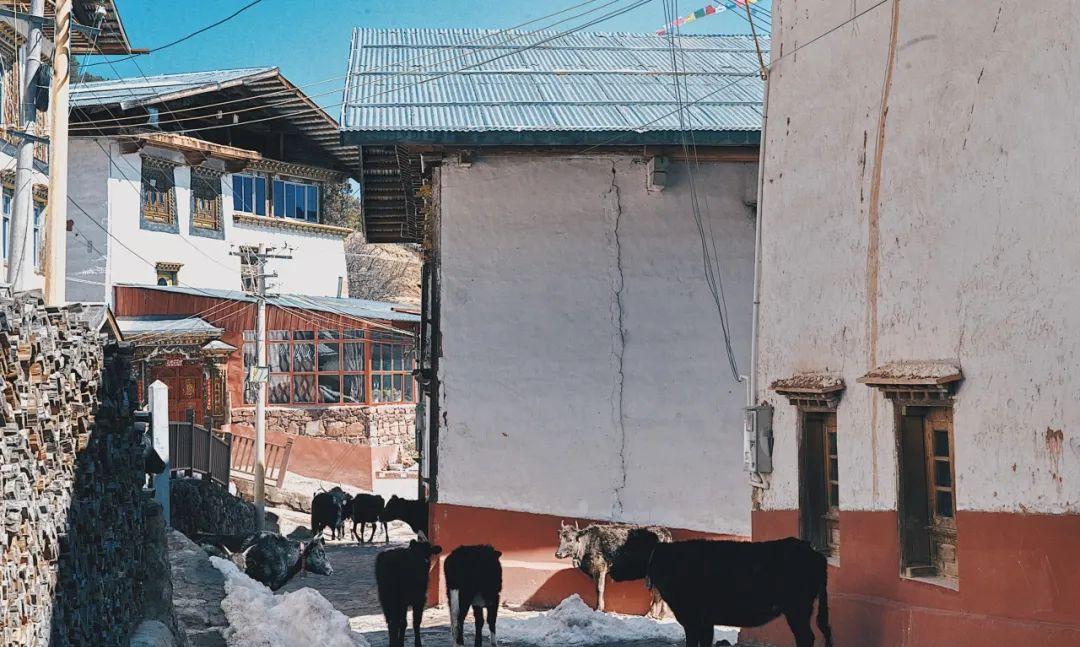
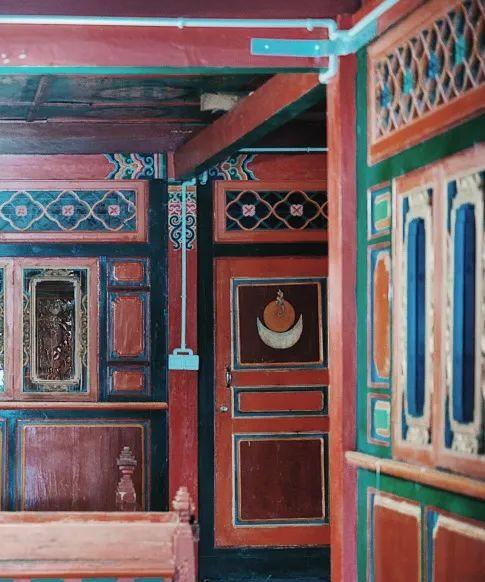
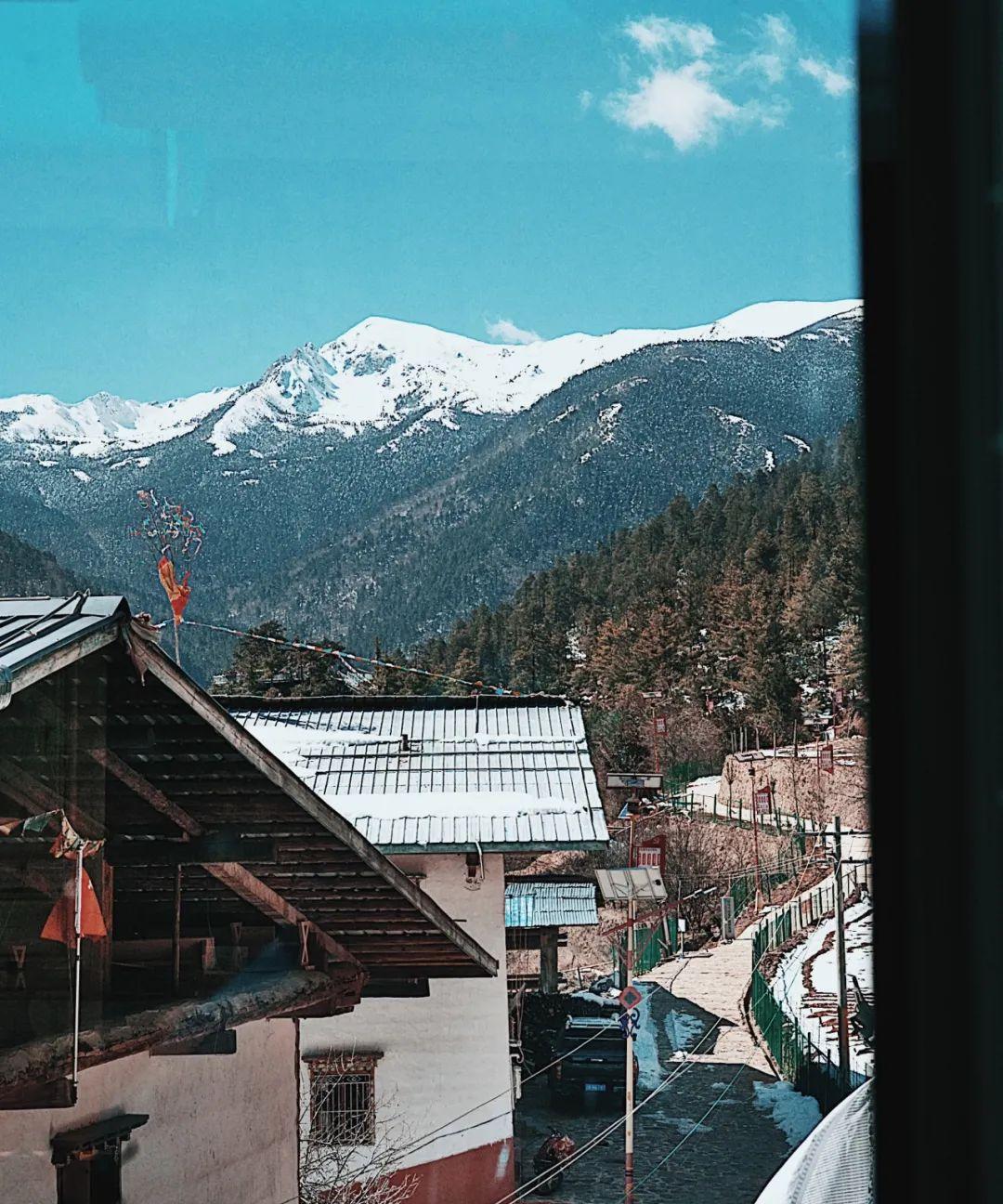
The drink pairing was a mojito, and the chef grilled ingredients right at the table; the steaks were all locally sourced. Notably, in addition to the butter pairing for the bread, there were also Italian balsamic vinegar and olive oil—this detail truly reflects Lux’s international standard. The olive oil is also sourced from Xiaomi Di.
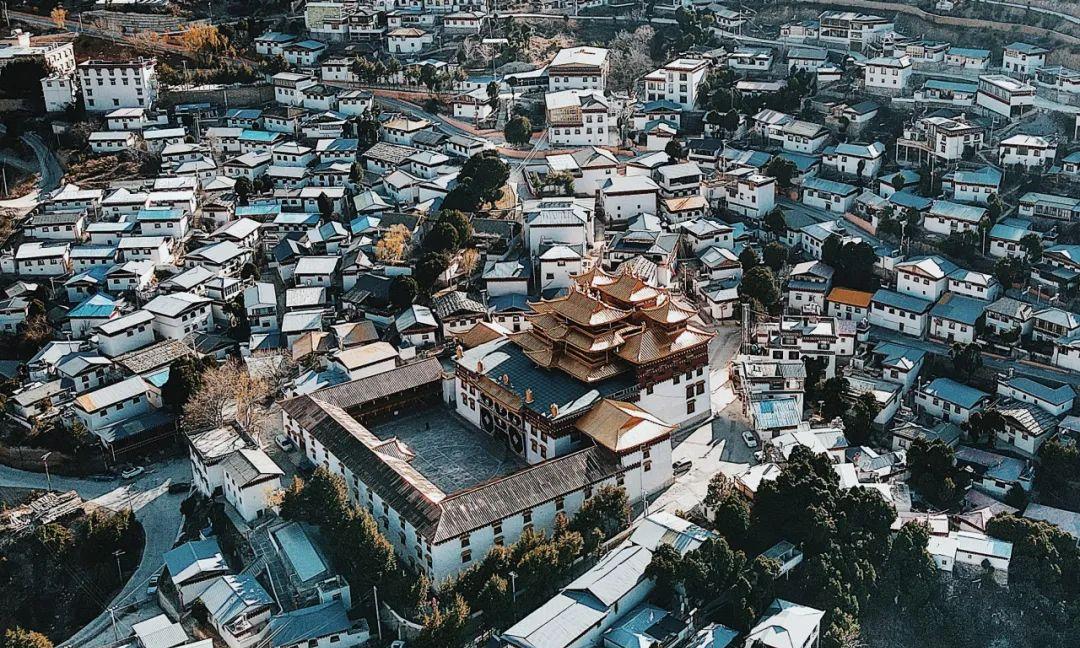
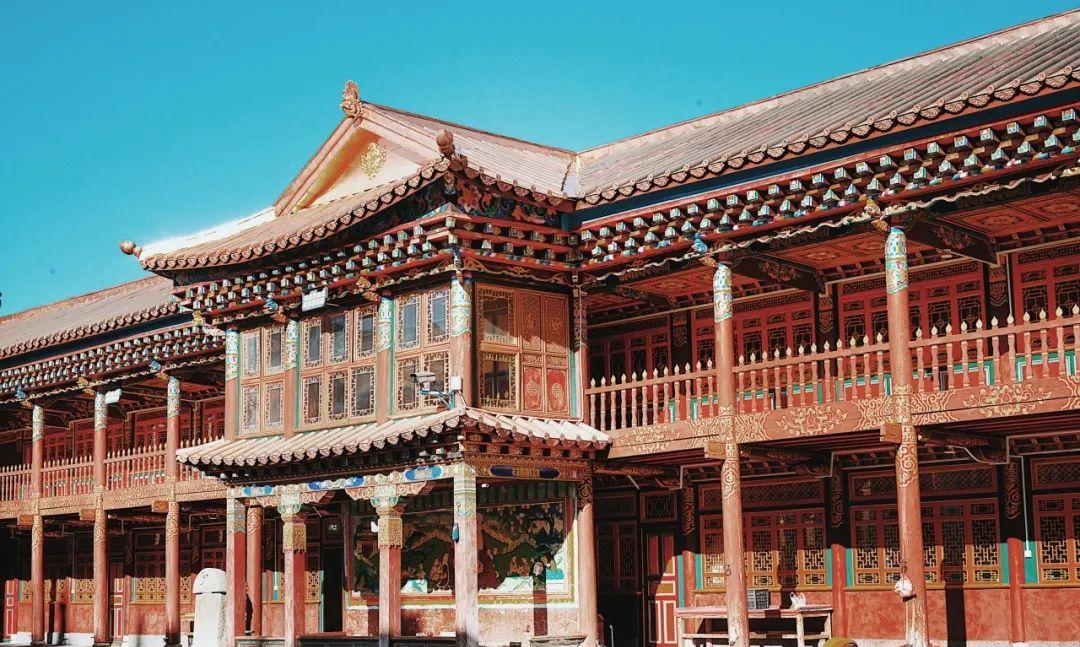
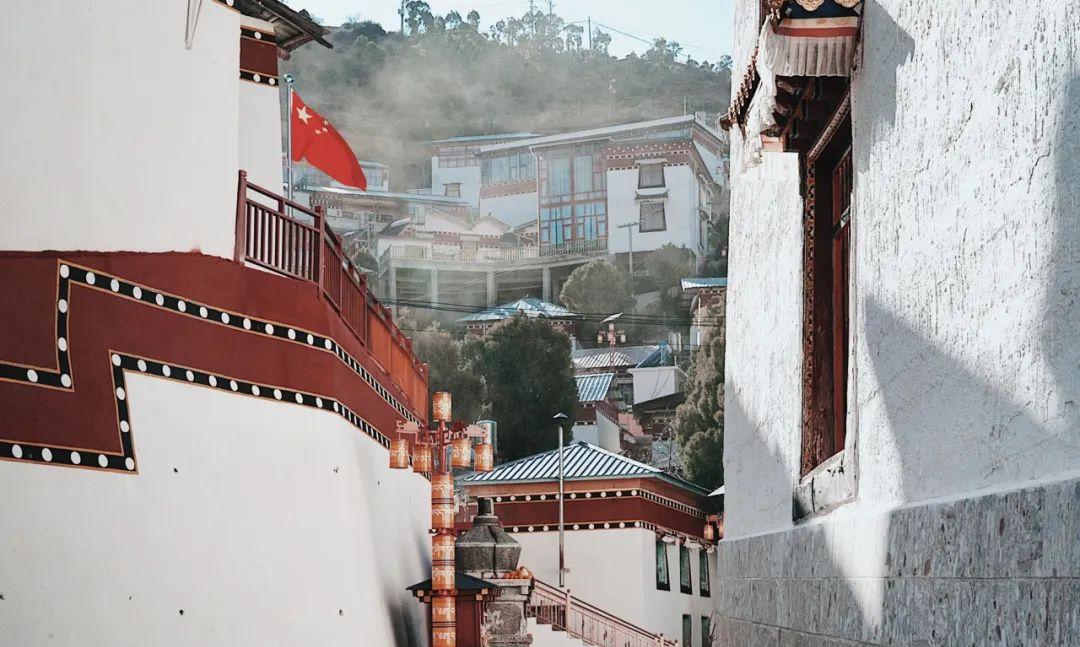
Don’t return to your room too early at night; make sure to look up at the starry sky over Xiaomi Di, where the Milky Way can be faintly seen.
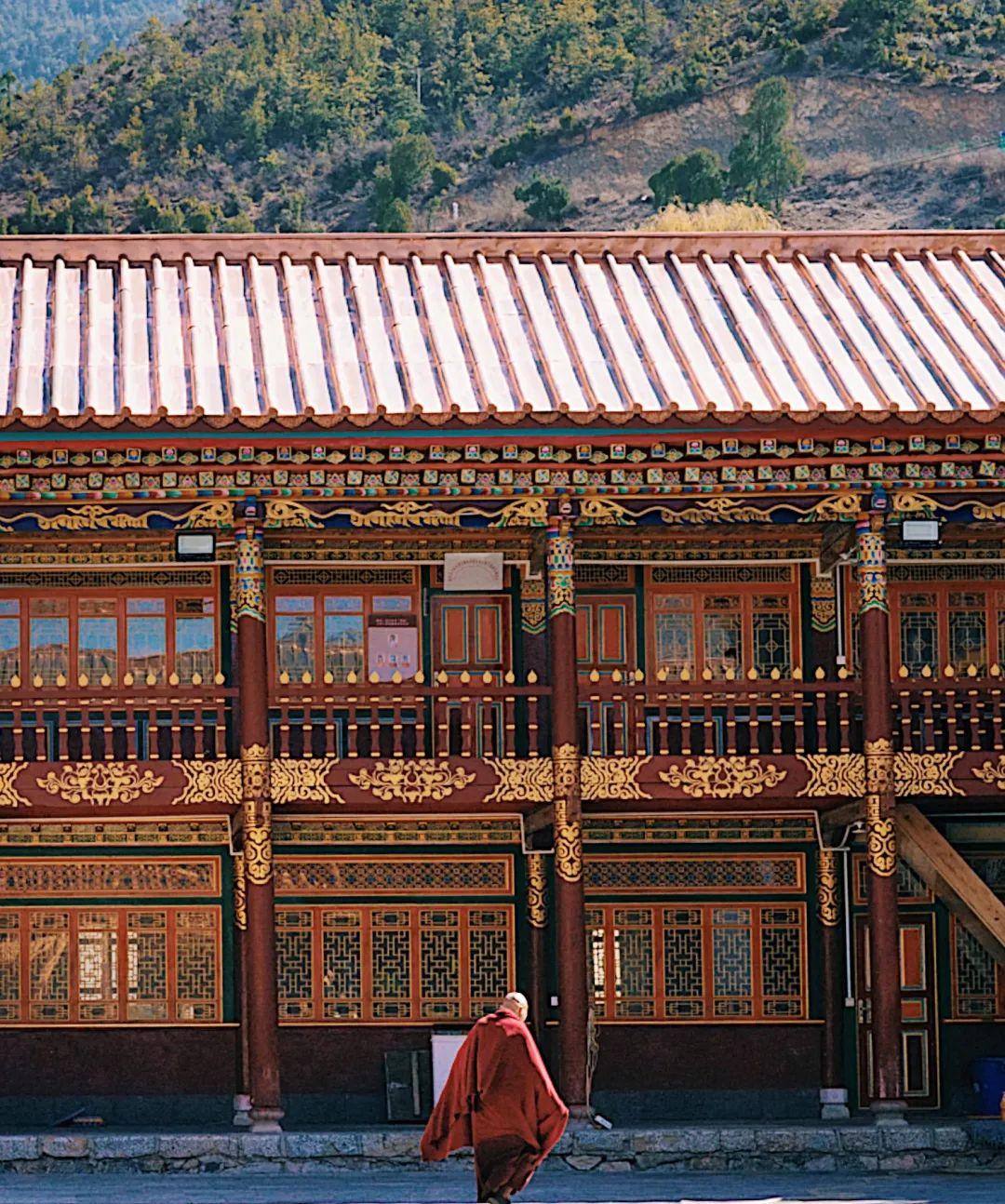
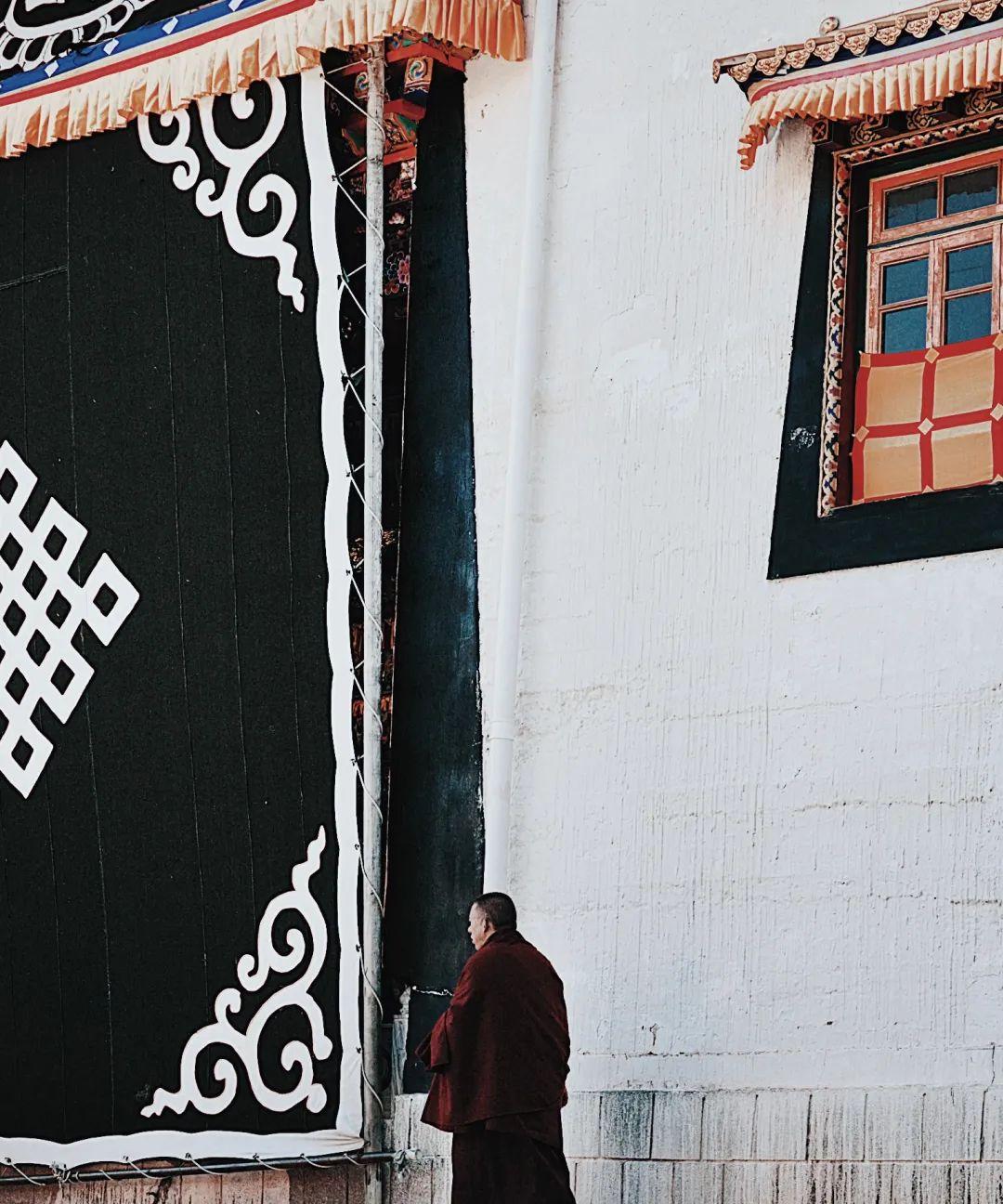
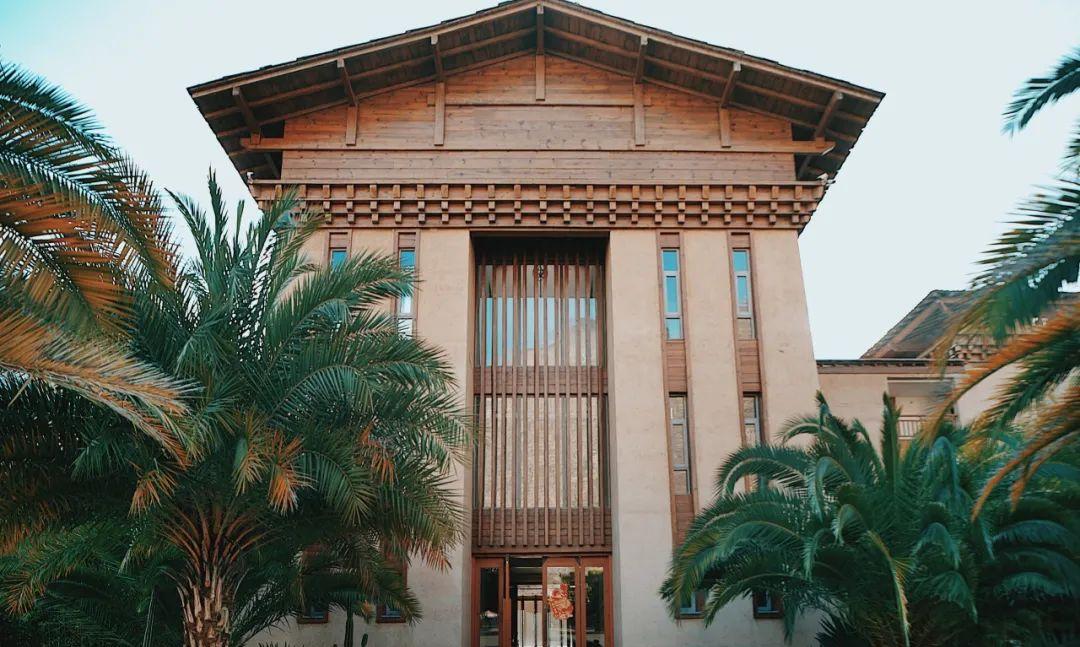
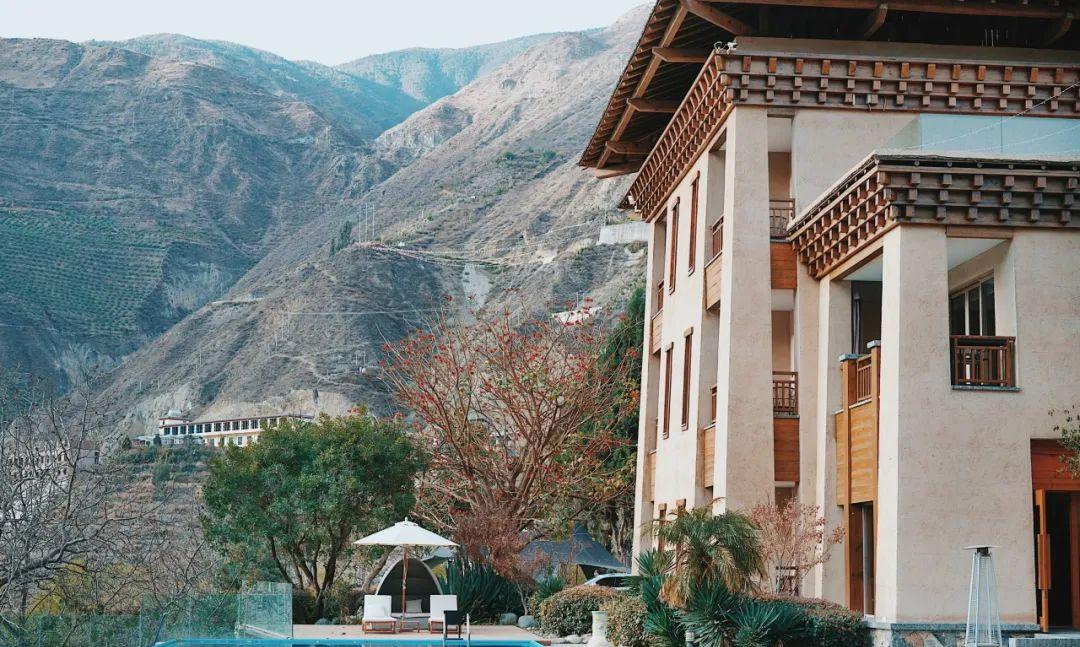
In the morning, remember to catch the sunrise over the Golden Mountain—Xiaomi Di allows for stunning views of both Yulong Snow Mountain and Haba Snow Mountain simultaneously.
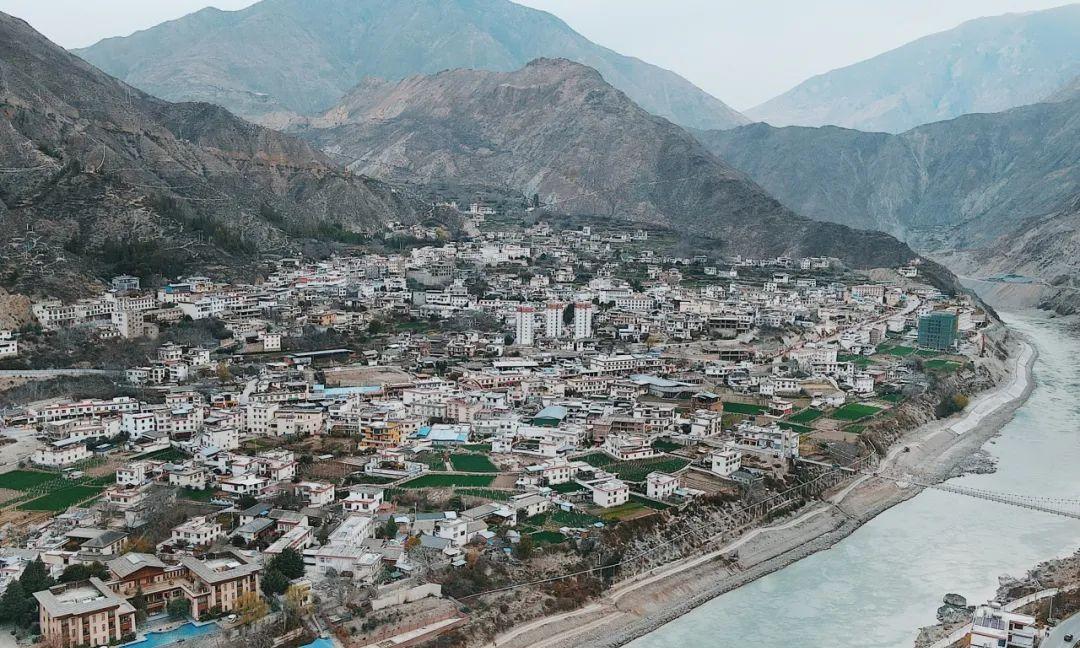
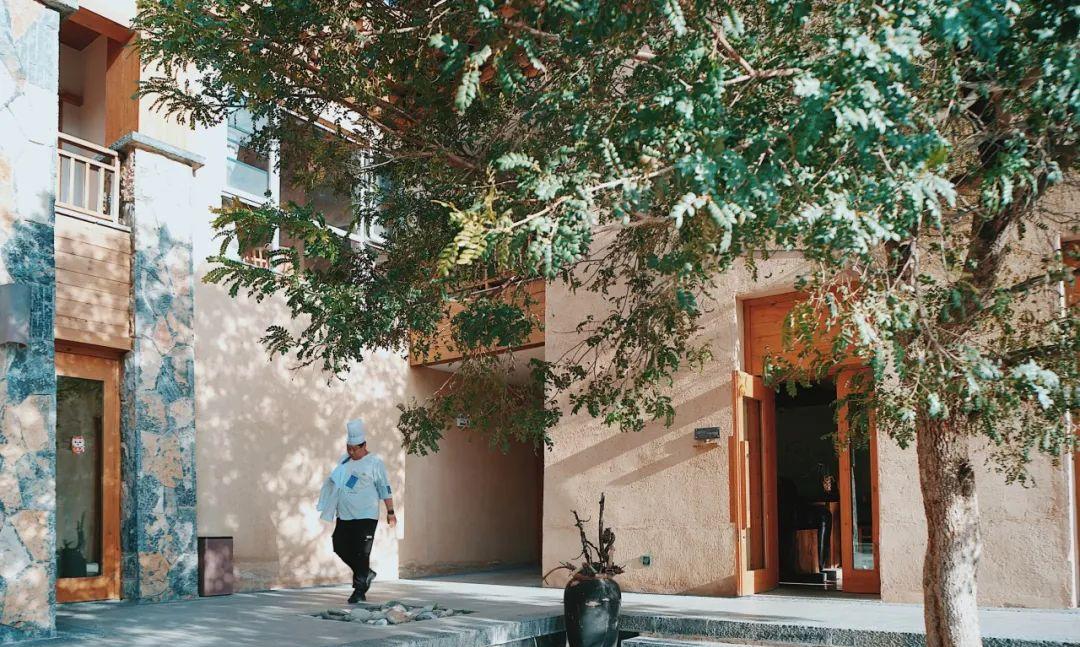
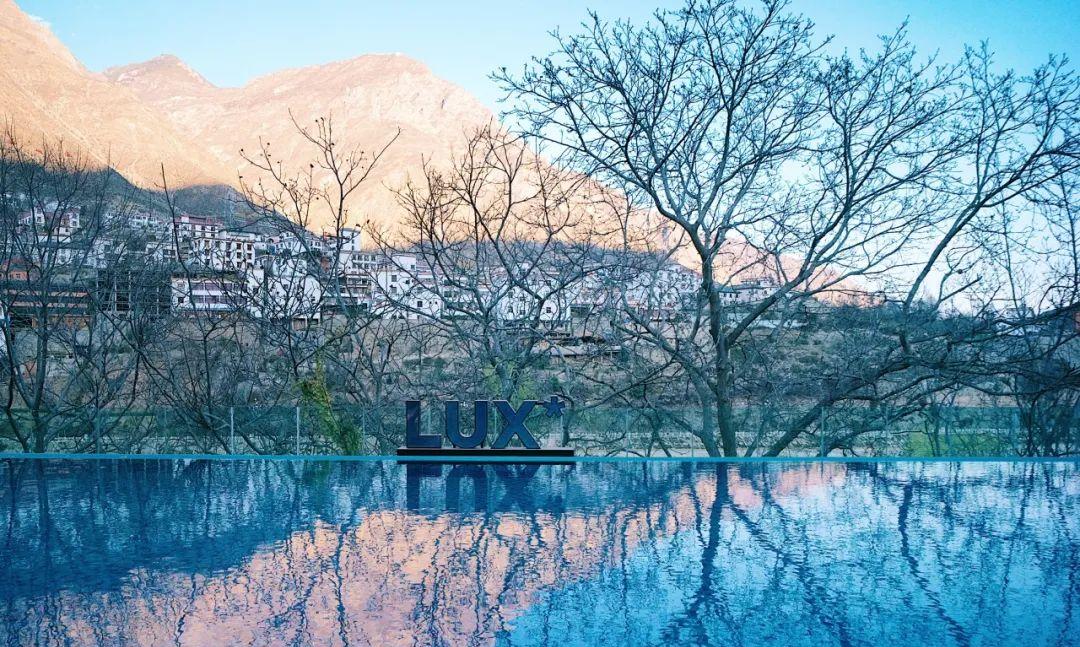
Breakfast naturally included a cold brew of ice Americano beneath the snow mountains; the setup remained half buffet-style with à la carte main dishes. The oil chili added to the beef noodles was incredibly fragrant, and the local organic corn was sweet and bursting with juice.
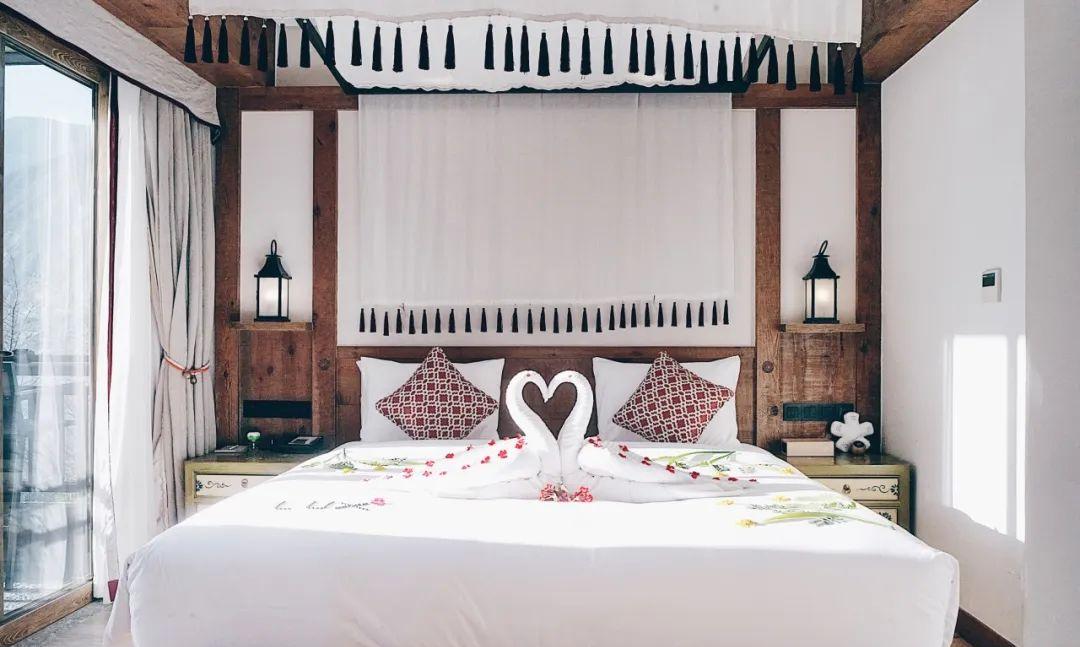
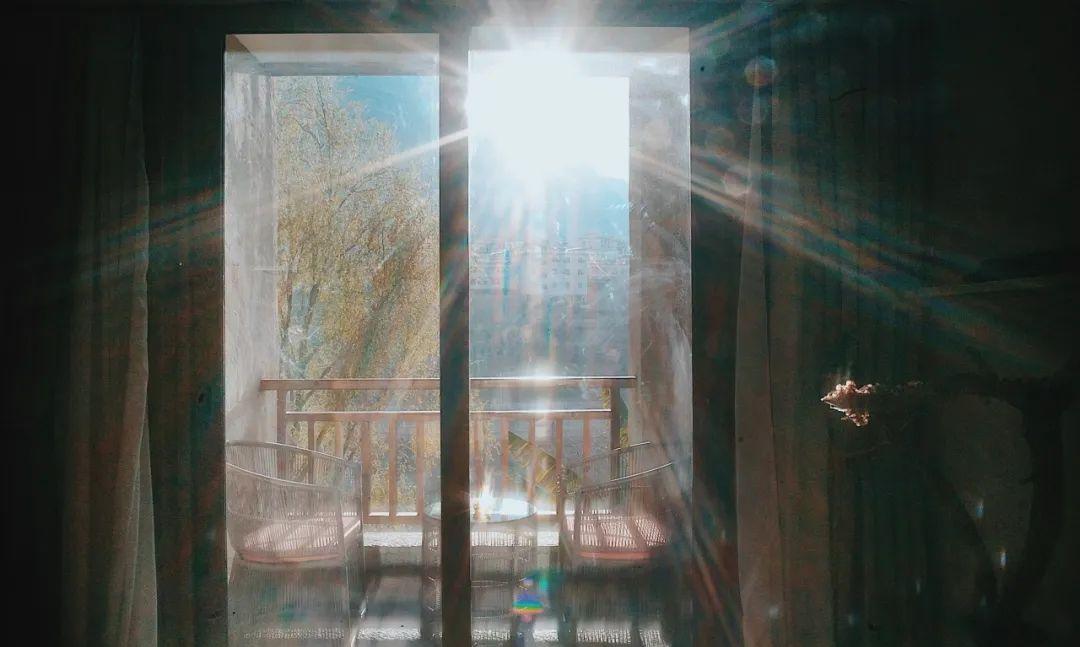
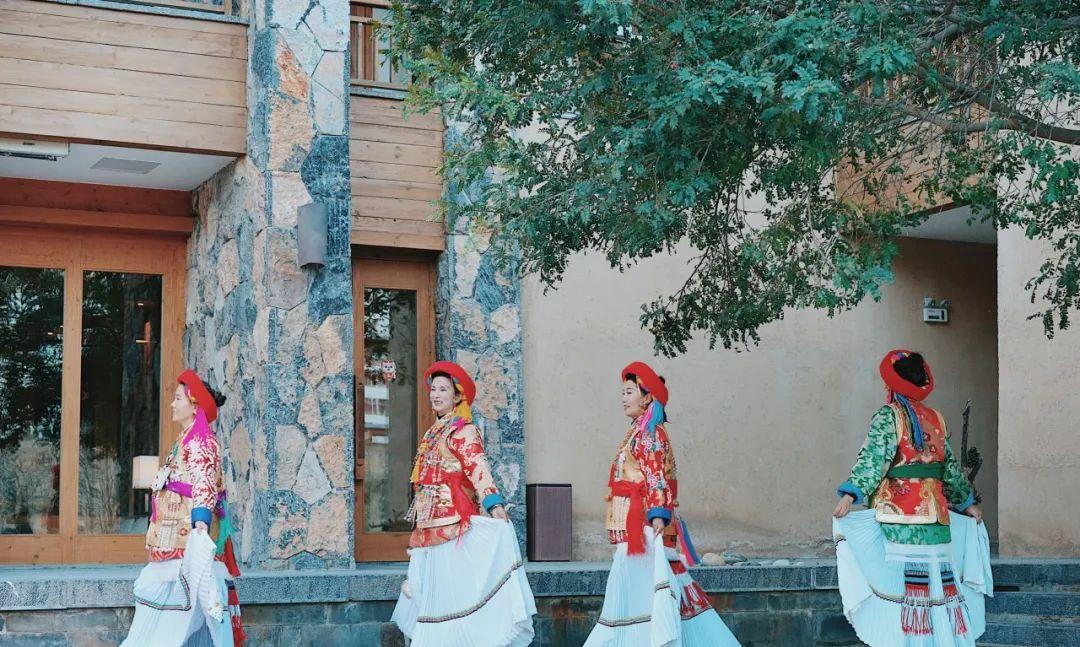
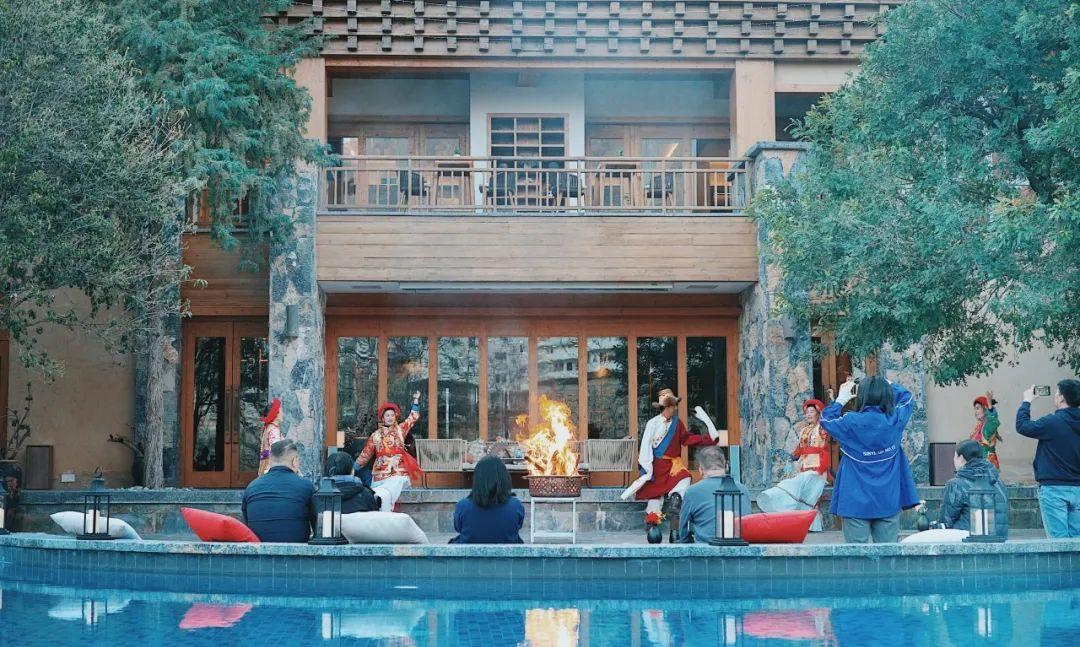
**Day 3**
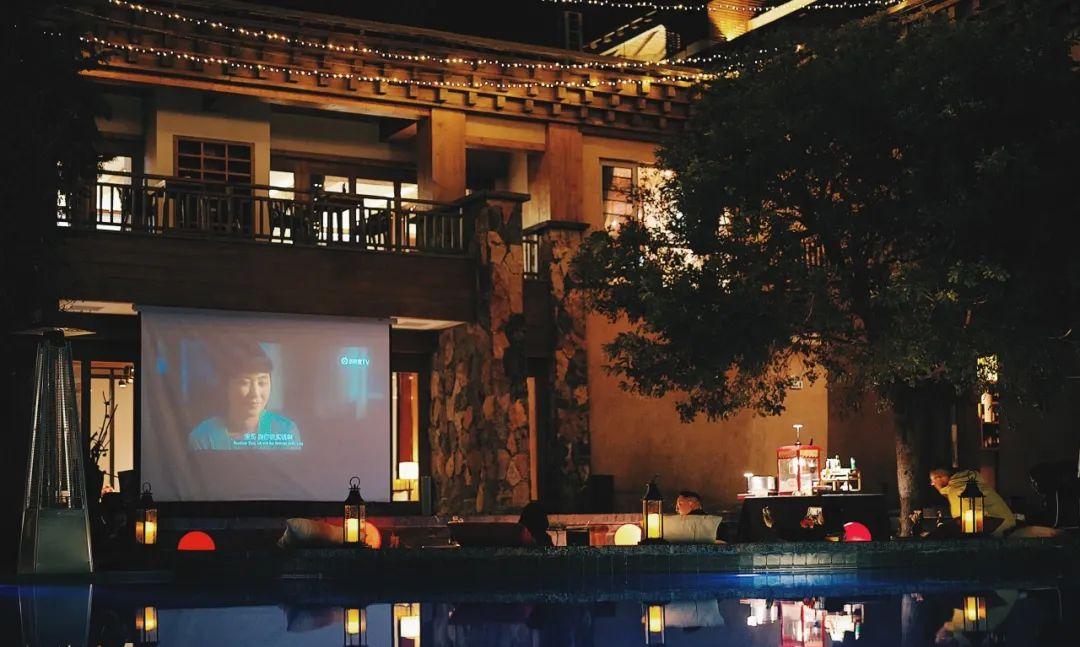
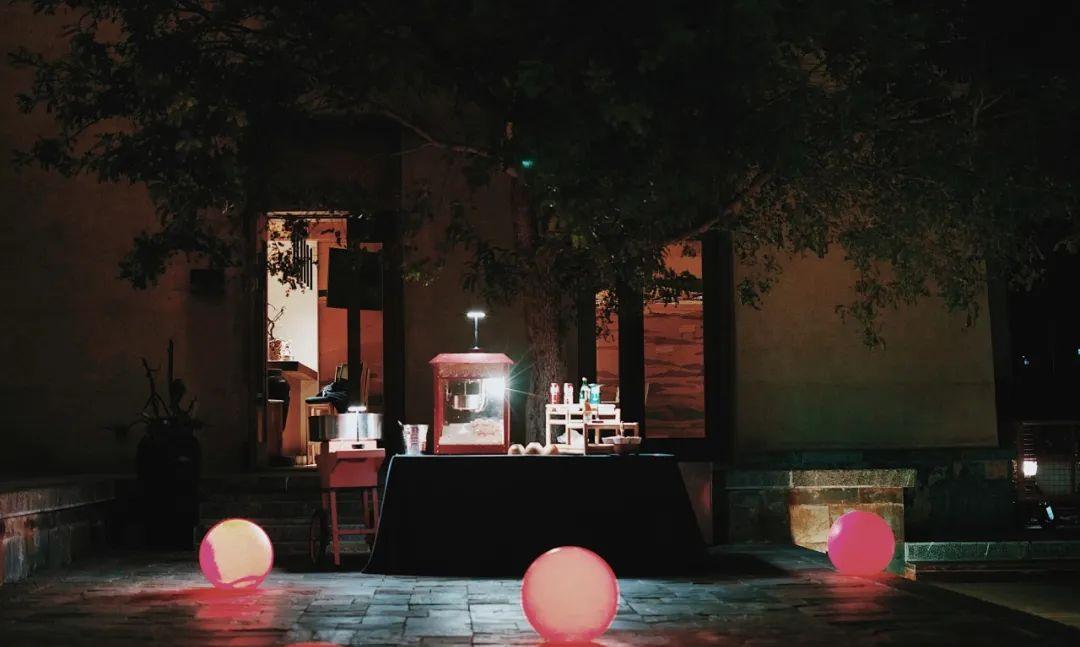
Exiting Tiger Leaping Gorge – Napa Lake – Xiaotiandian Outdoor Coffee – Kalakar Tibetan Restaurant – Hamu Valley Qingqing Ecological Farm (Visit) – Shangri-La Lux – Dukezong Ancient Town + Thangka Painting
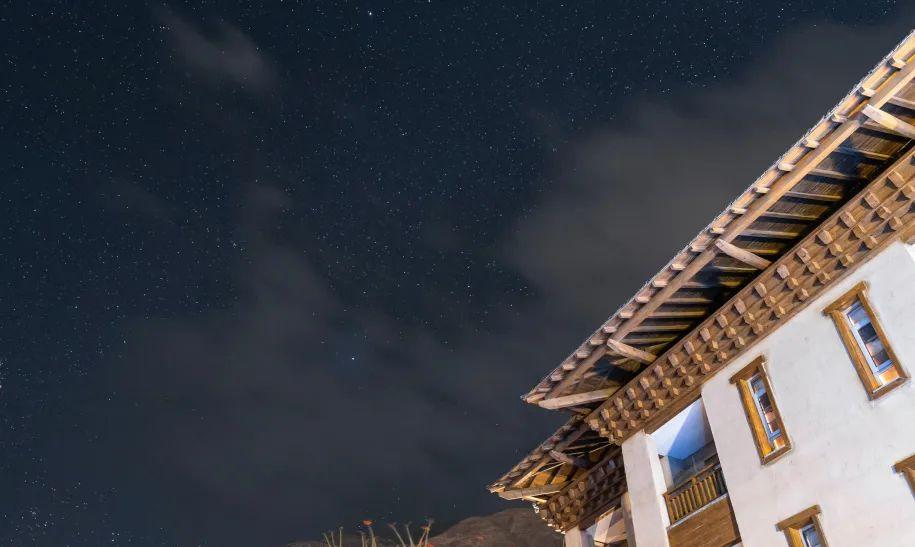
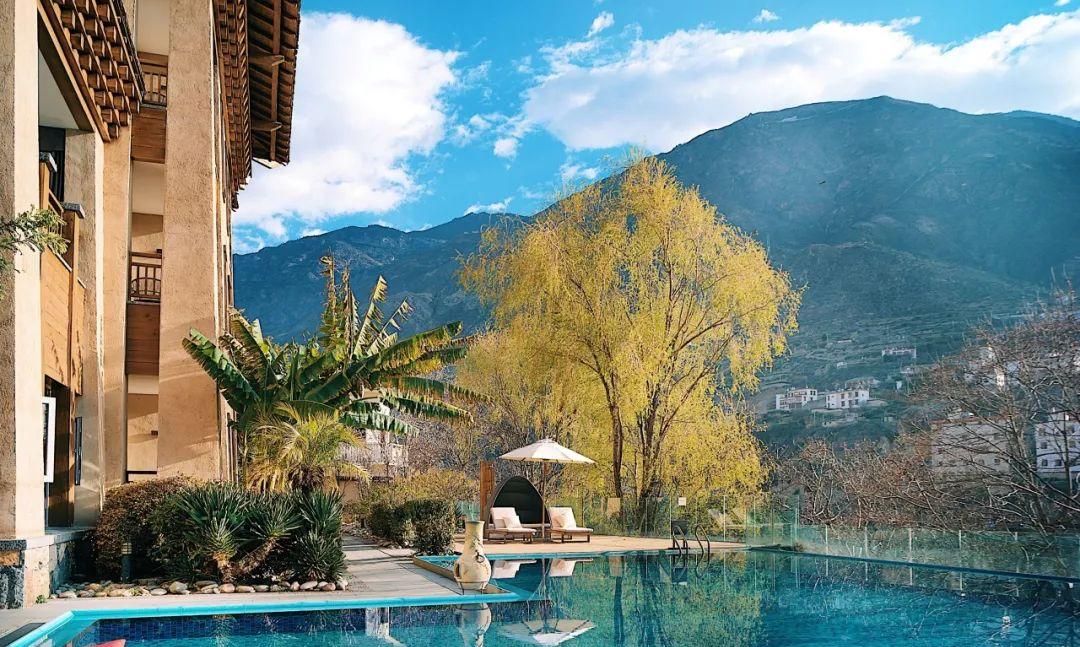
On the third day, we officially departed from Lijiang towards Shangri-La. Entering the mountains via Yulong Snow Mountain and exiting via Tiger Leaping Gorge achieved the round-trip journey around Yulong Snow Mountain, the key is not to retrace our steps.
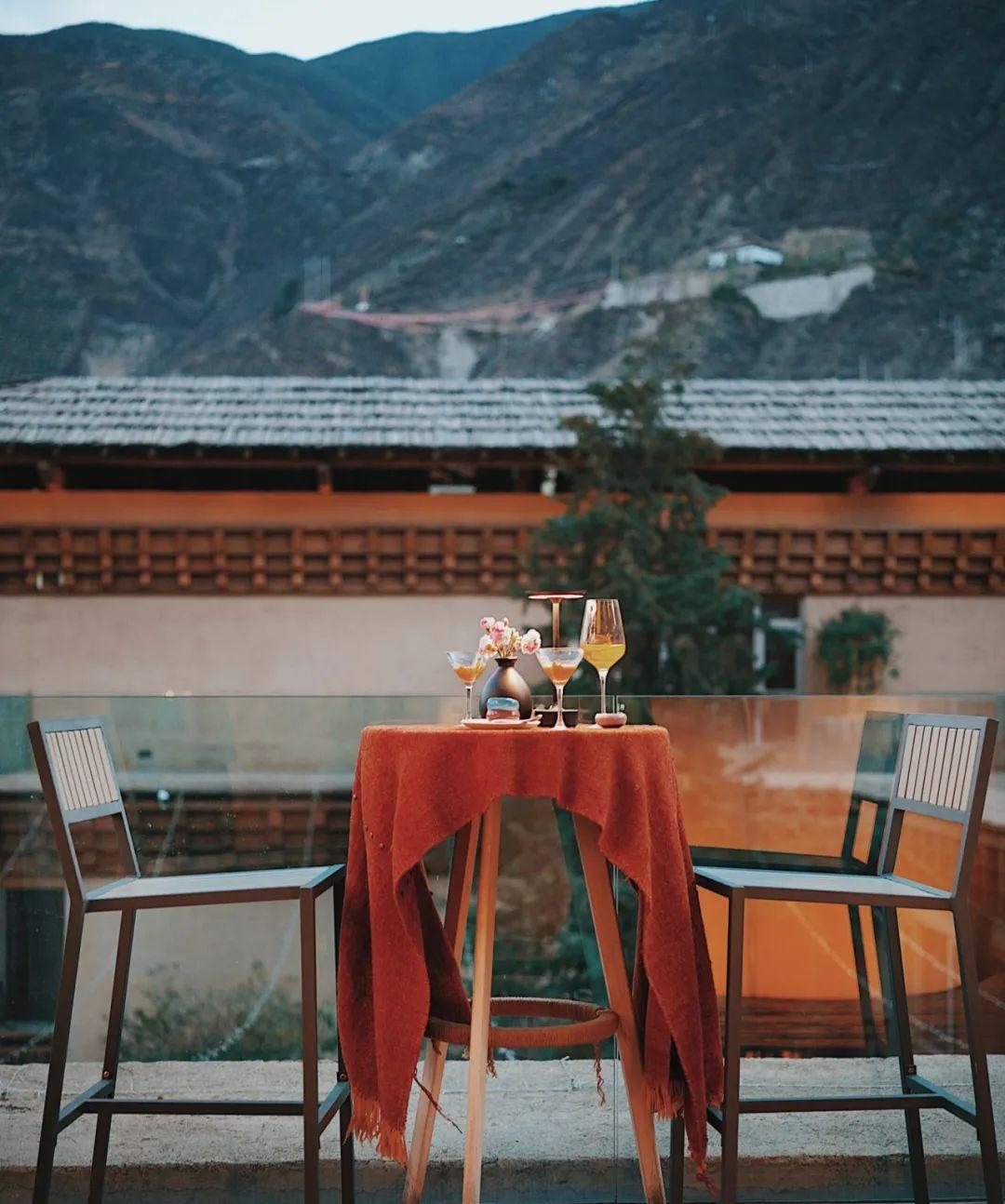
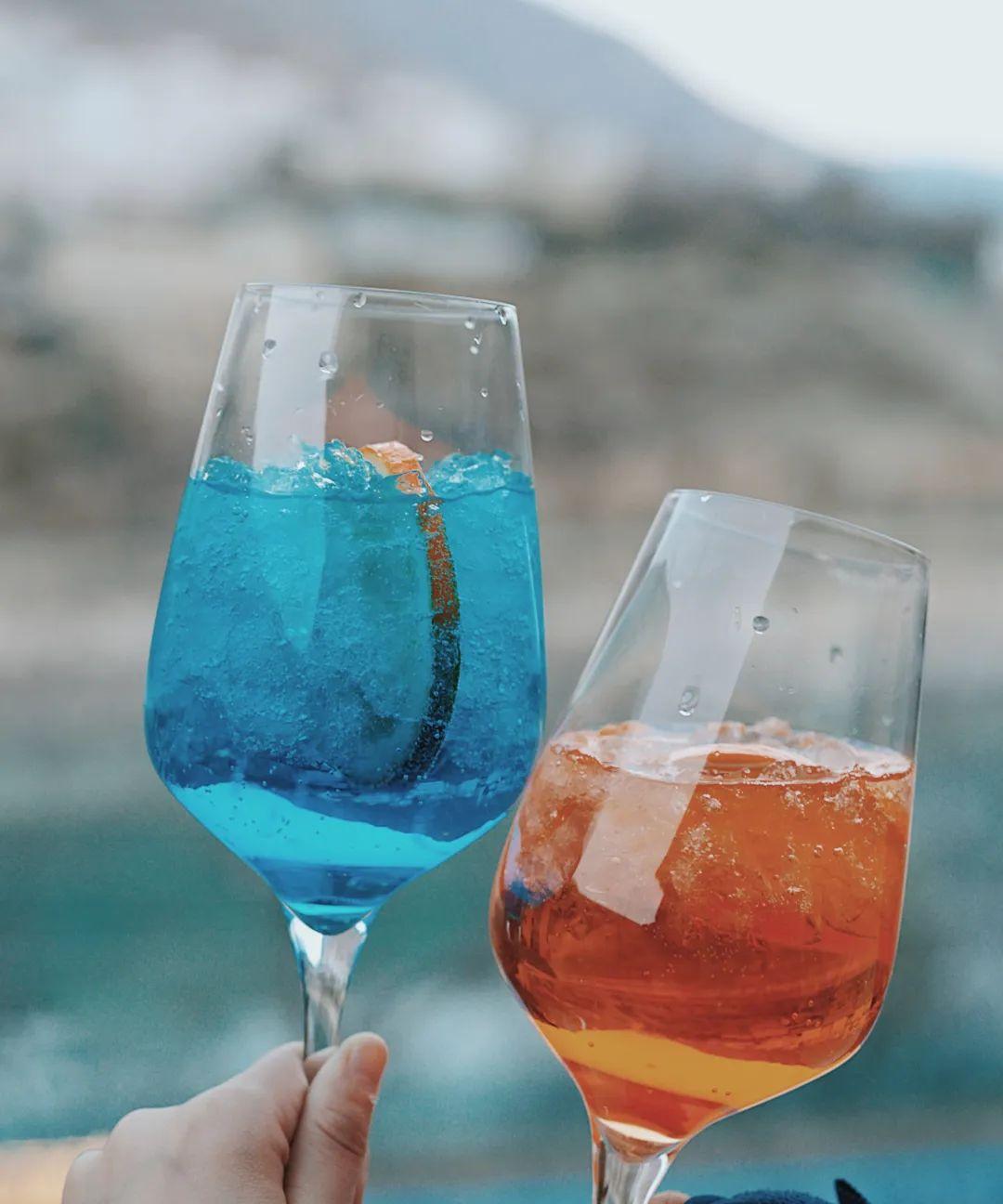
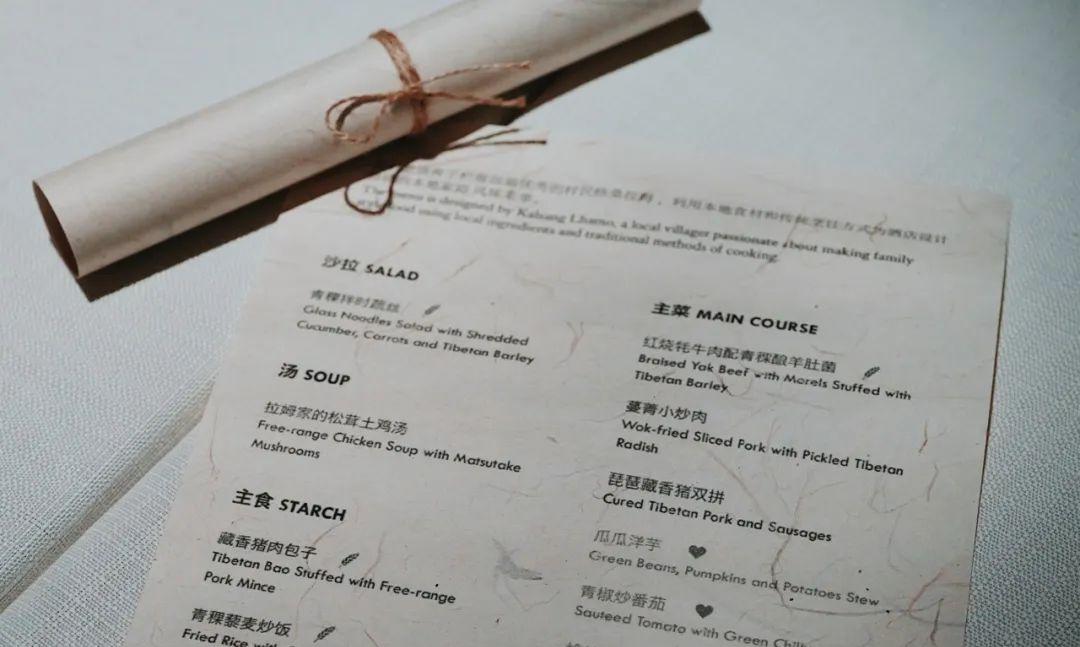
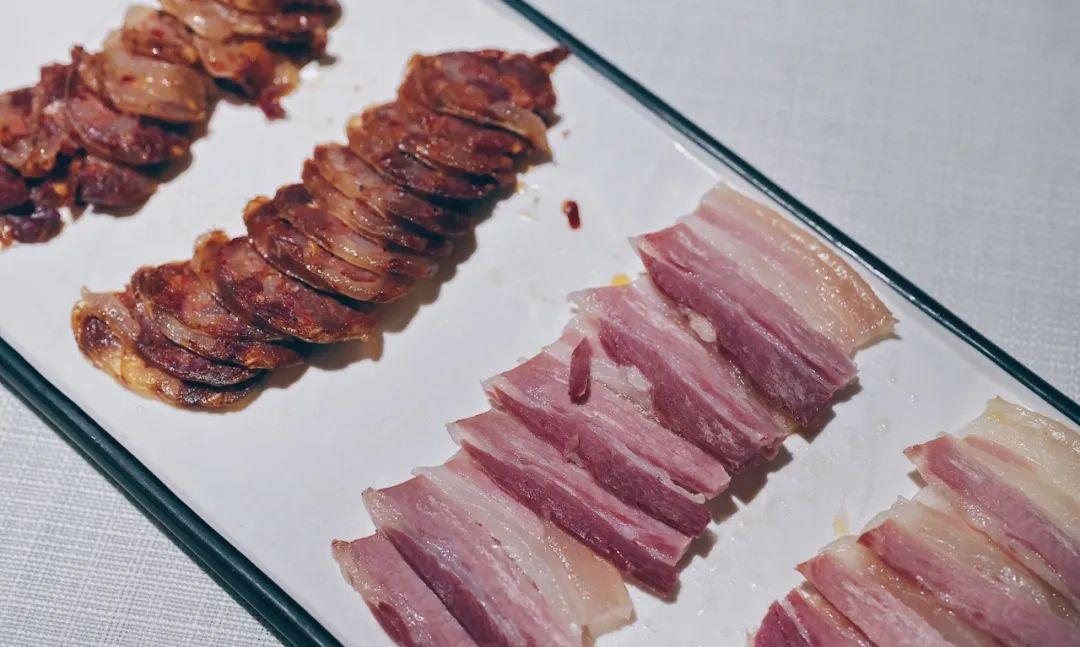
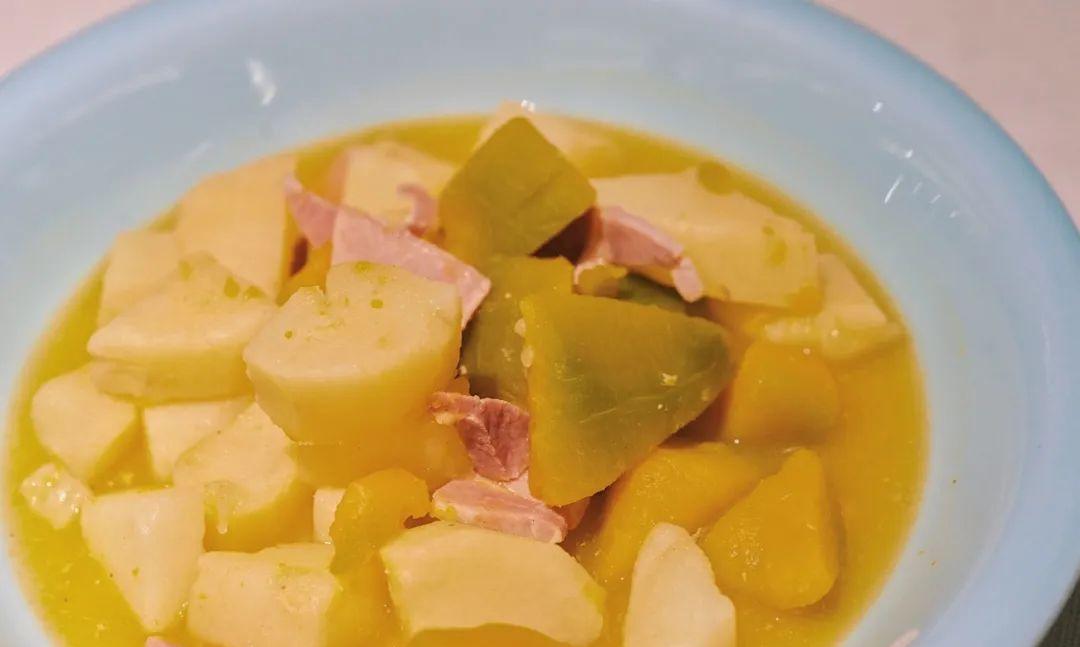
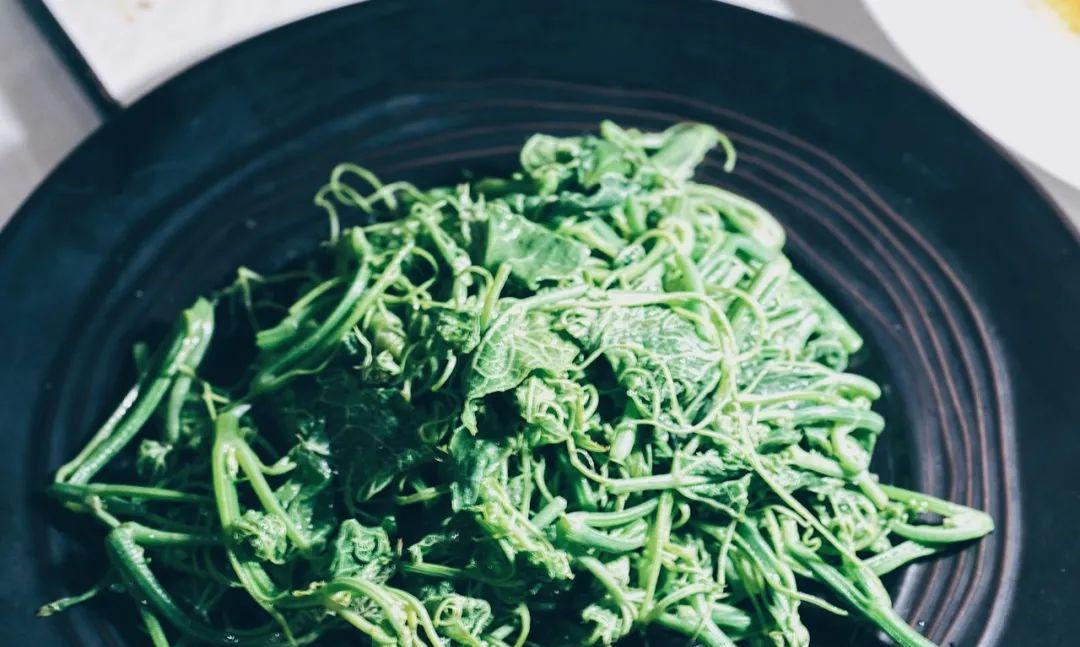
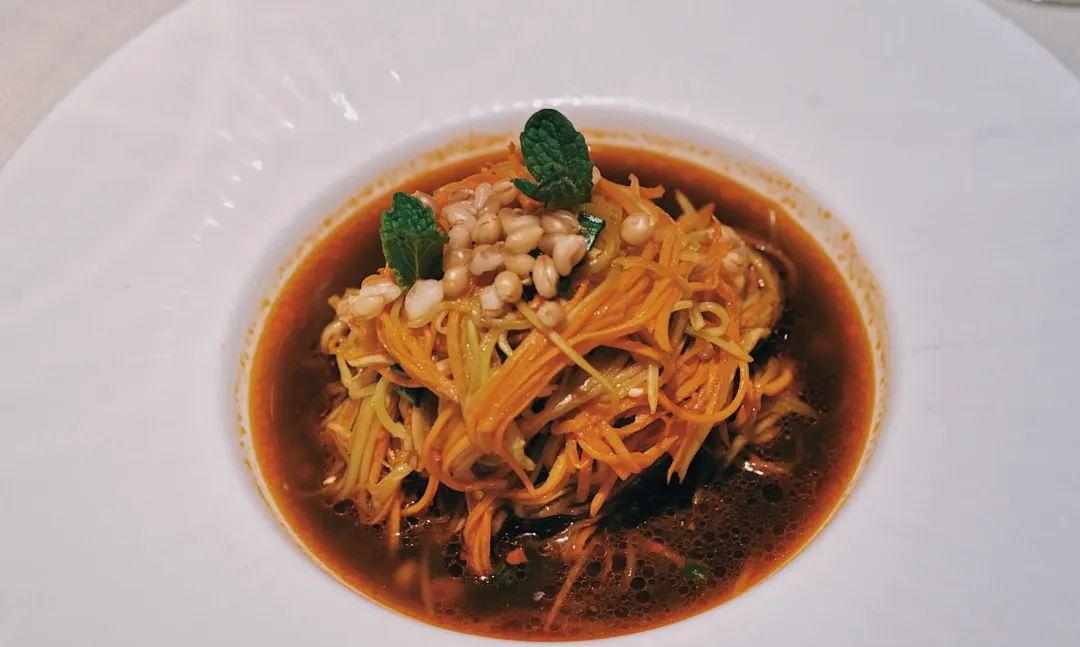
Among my fellow trekkers, there’s an obsession with the Tiger Leaping Gorge. Walking this pathway out (which is actually a drive-out path), I completely understood their excitement, as the views were magnificent. Standing on the lookout platforms along the way, I nearly exclaimed, “I am the king of the world.”
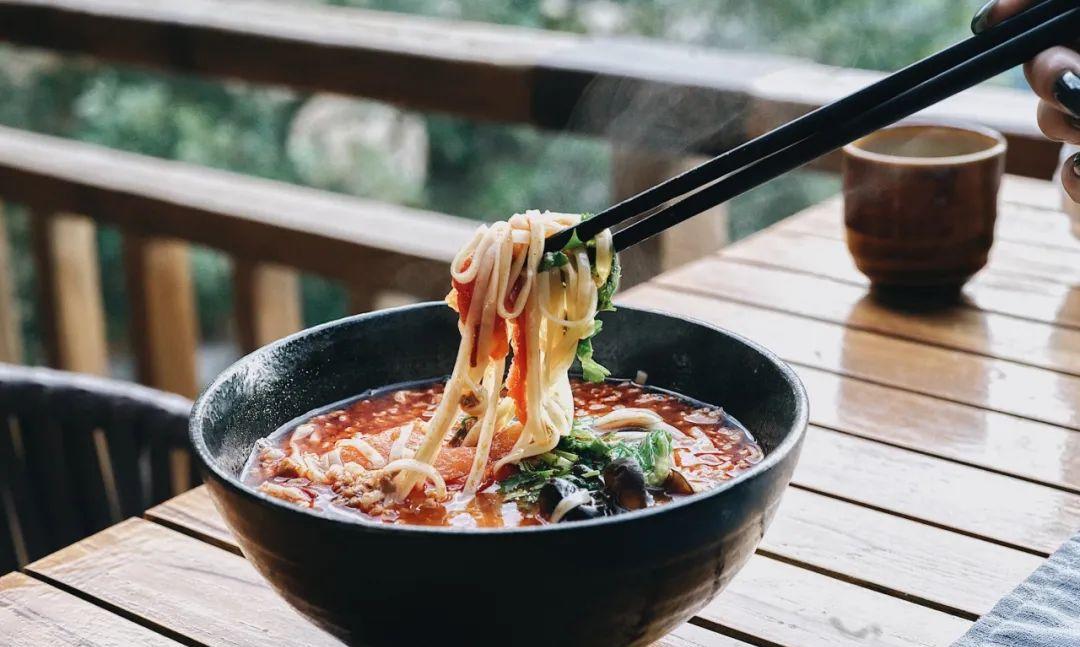
Upon arriving in Shangri-La, we first enjoyed some outdoor coffee at Xiaotiandian Lux.
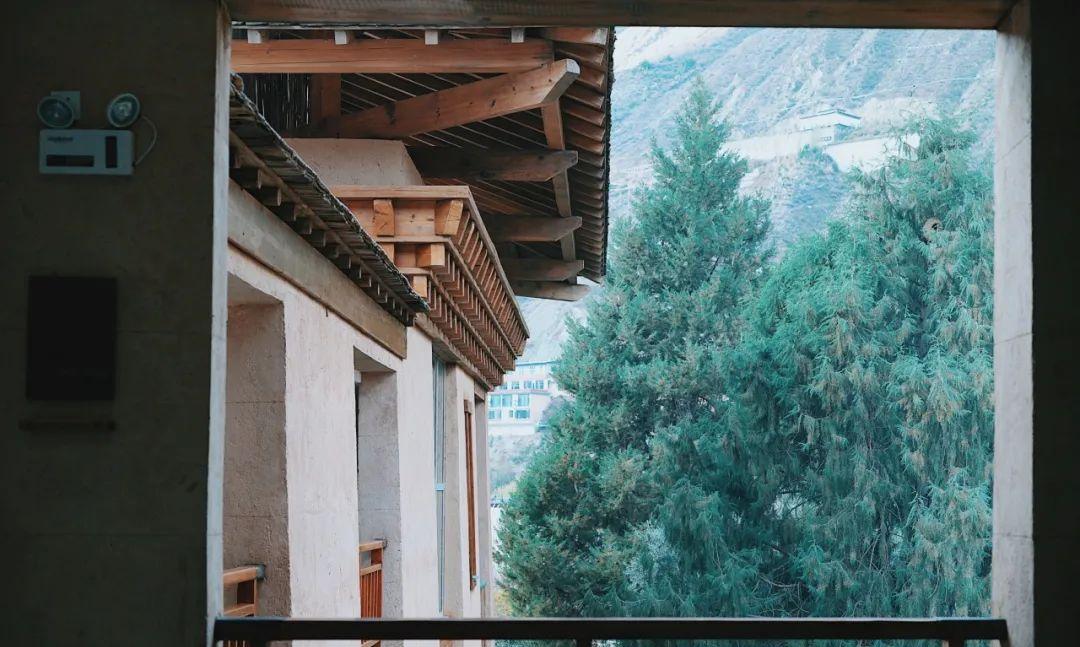
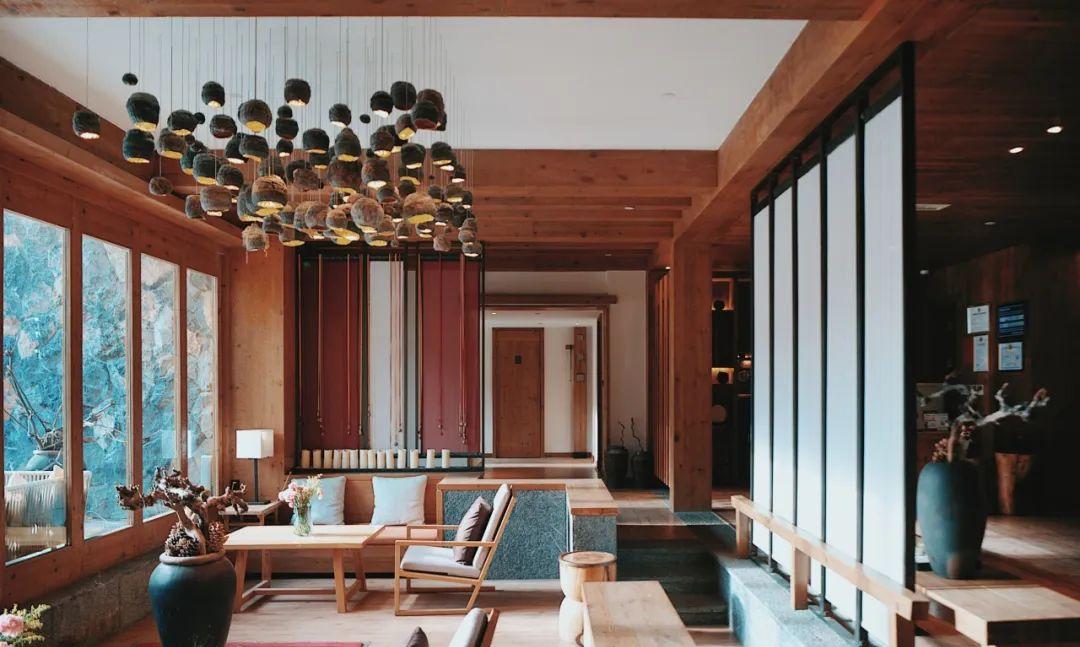
The private Lux tour actually has a supply vehicle that arrives ahead of time. Staff members assess the weather and set up scenes in scenic spots, awaiting the guests. Our ease was truly a result of their hard work upfront.
We had lunch at a restaurant in Shangri-La city, specifically a Tibetan restaurant called Kalakar, which served authentic local dishes, friendly to those with taste buds from Jiangsu and Zhejiang.
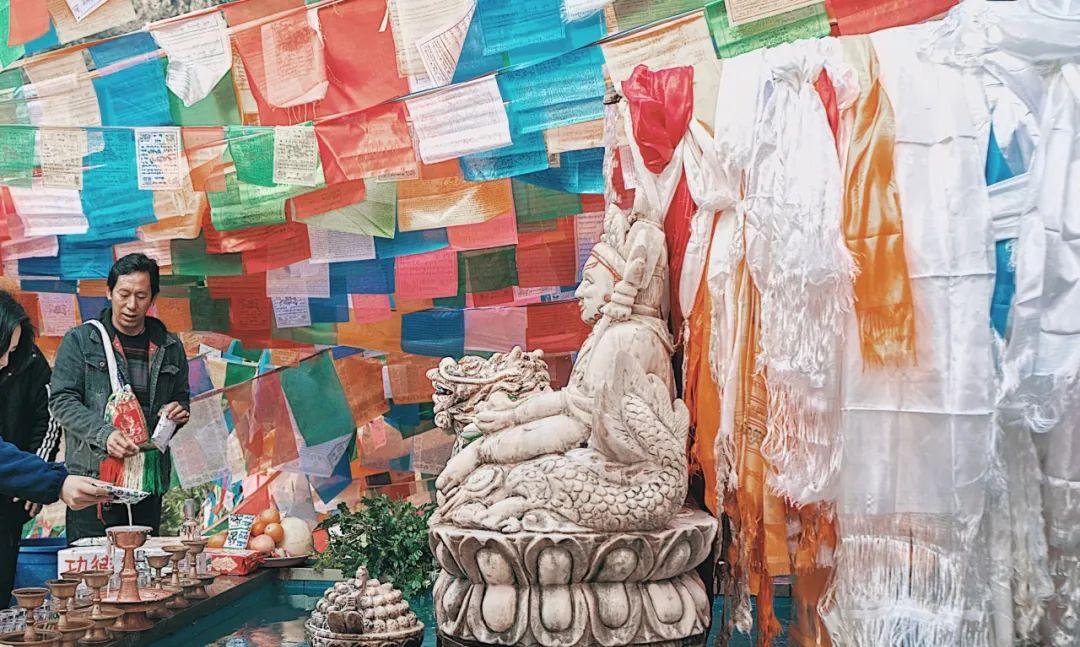
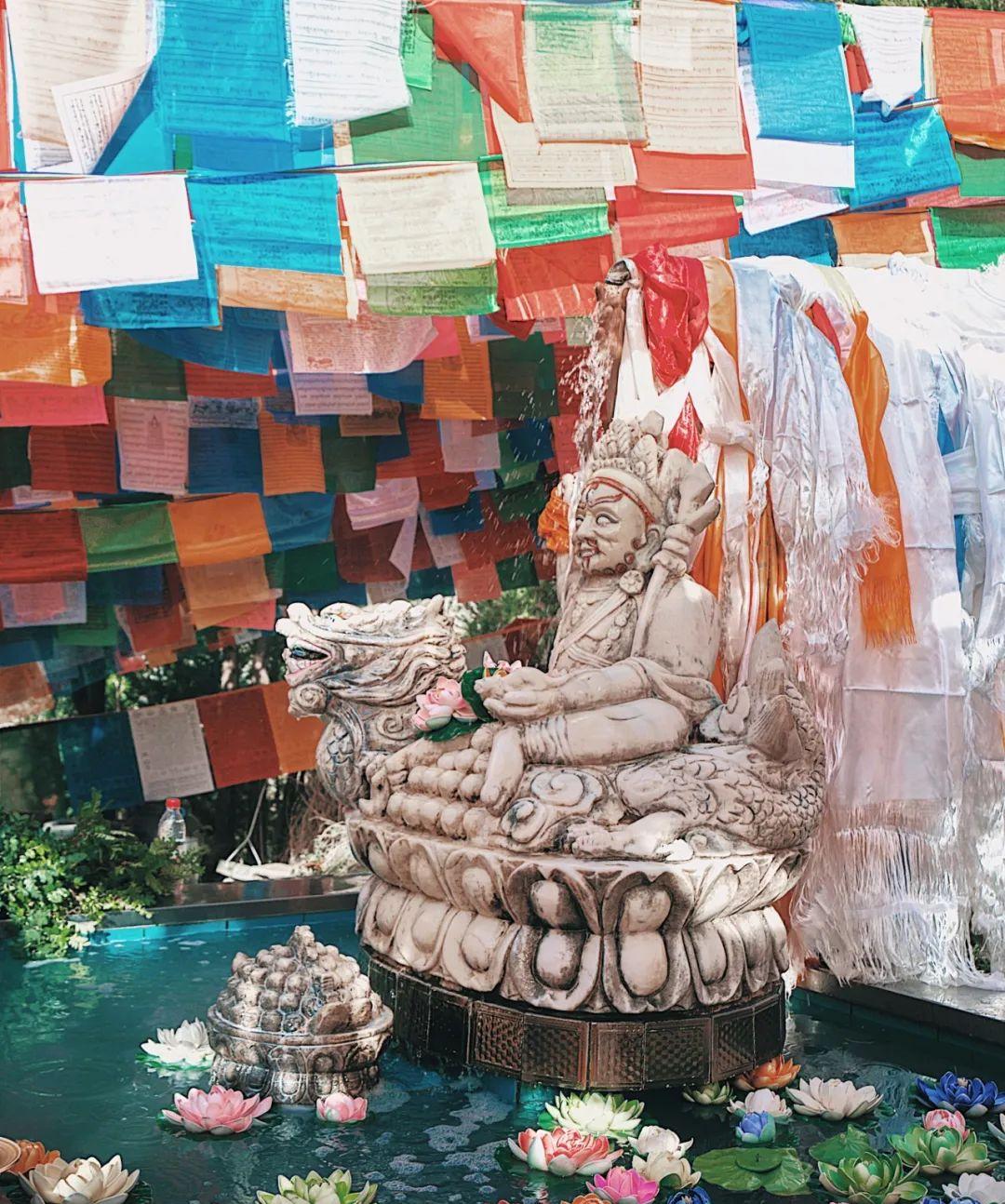
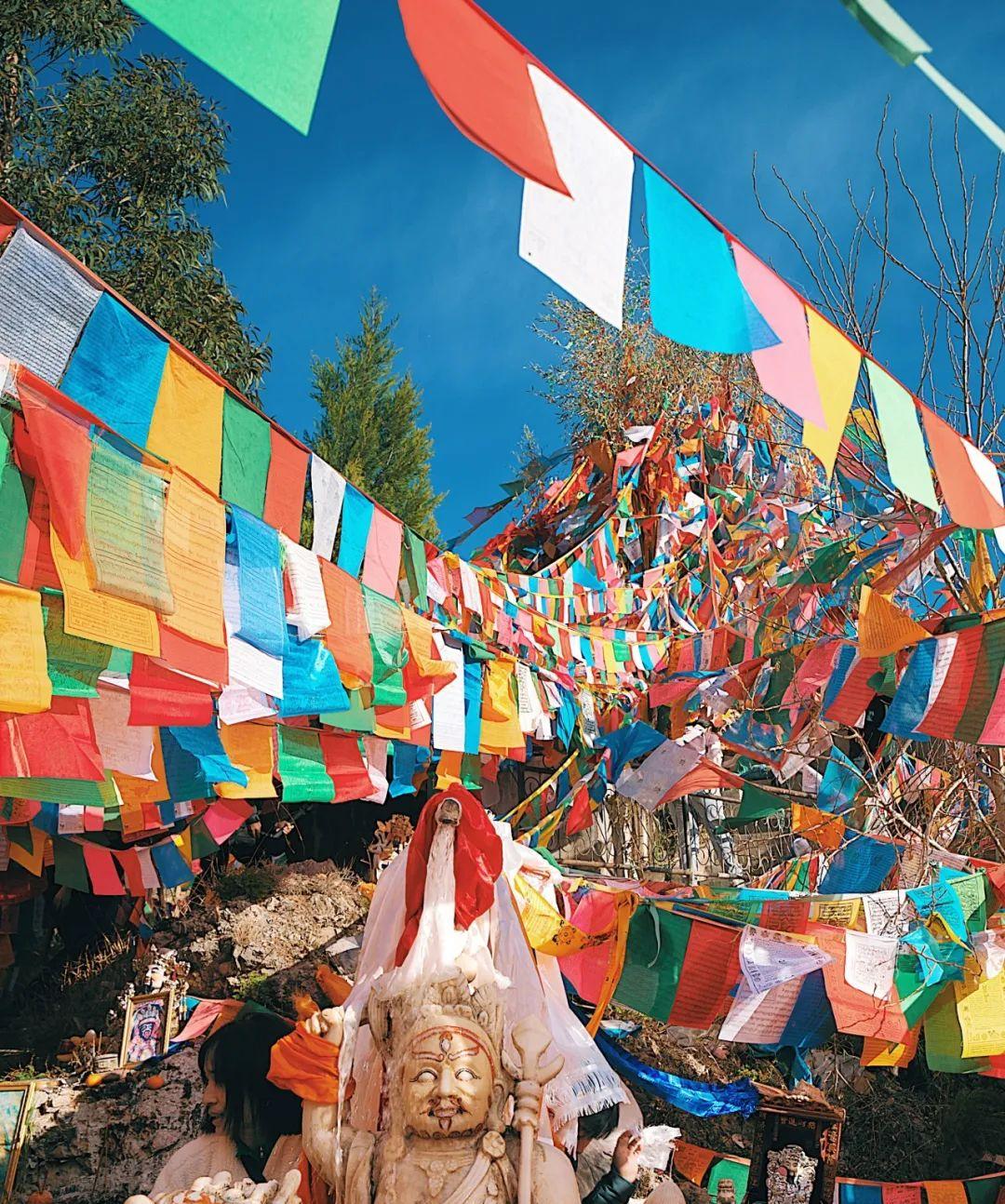
Originally, we should have dined at Hamu Valley Qingqing Ecological Farm by Napa Lake, but unfortunately, the staff had not returned from their post-holiday break (how do Yunnan people have such long vacations!). We toured the farm itself, which also turned out to be a beautiful sight, and the farm owner fed us sweet lilies.
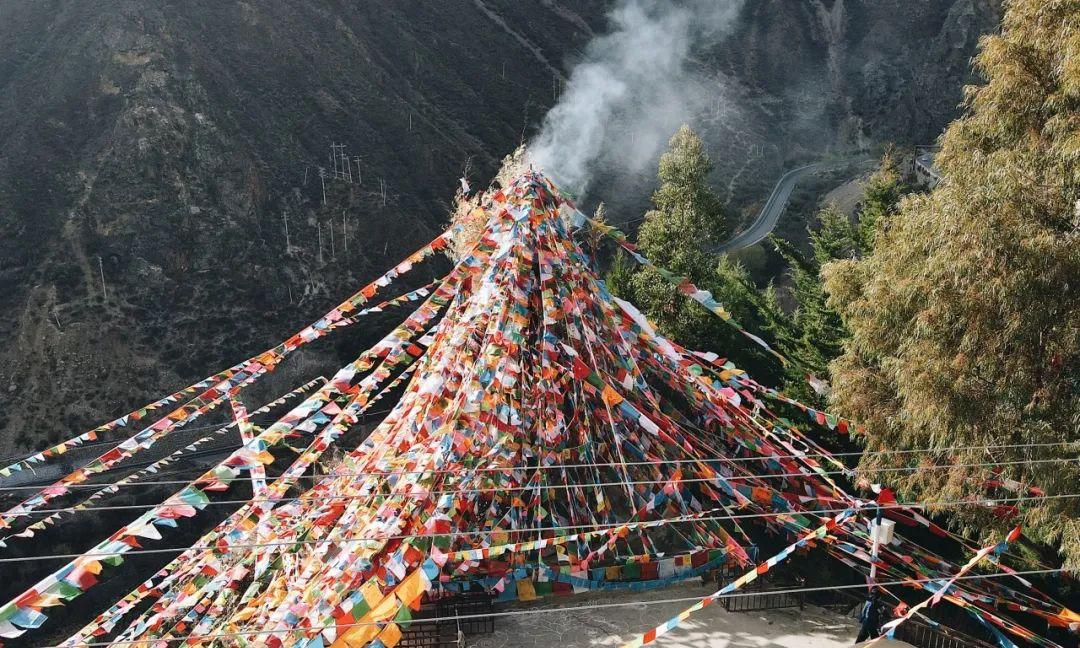
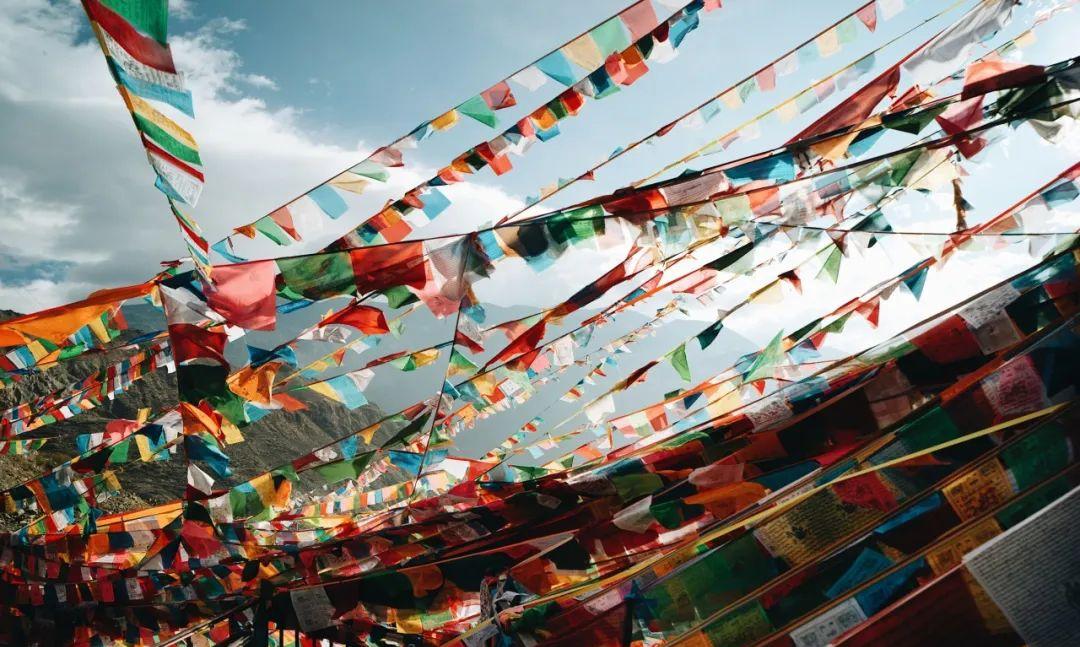
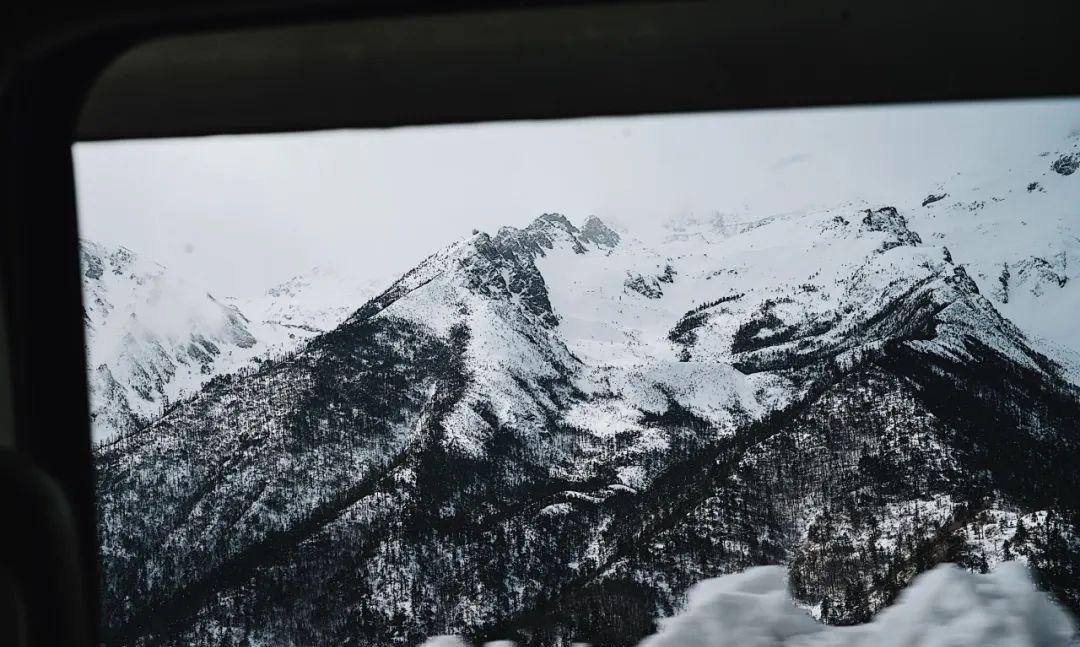
In winter, Napa Lake presents a sublime beauty, with many black-necked cranes inhabiting the area, also known as “the bird that sits through prison time.”
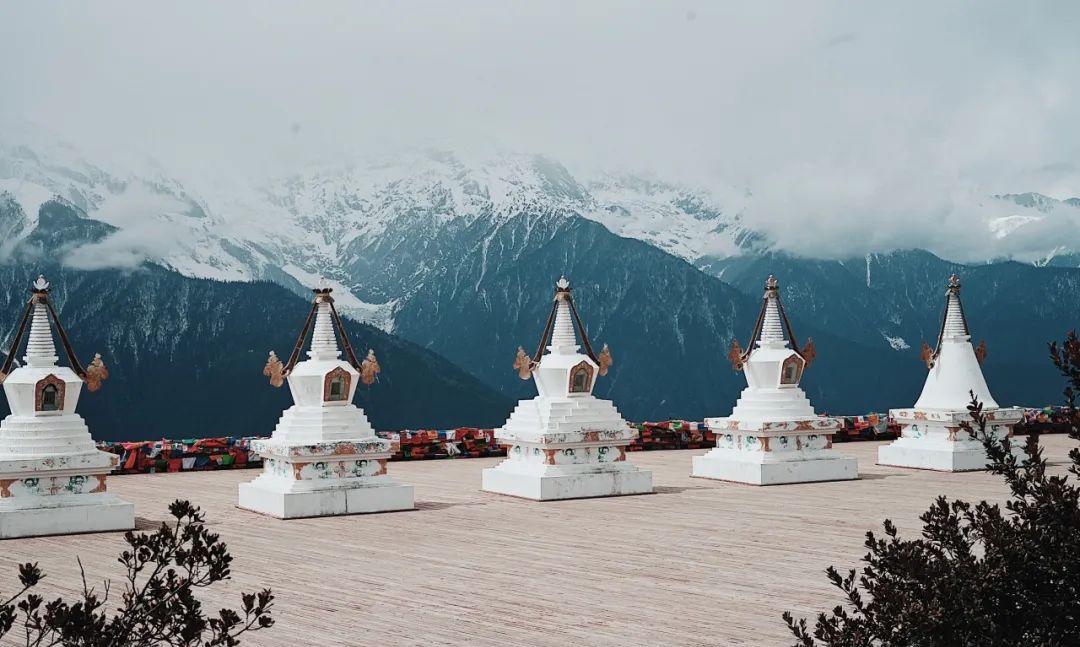
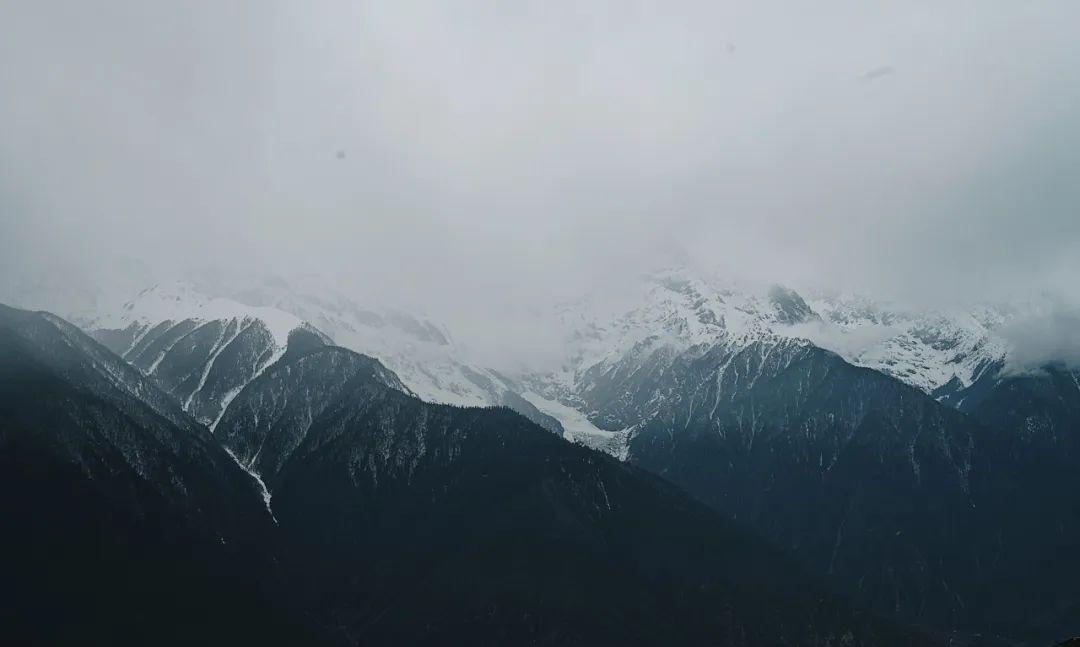
At Shangri-La, we stayed at Shangri-La Lux. This property was the one that felt the closest to being a destination in itself, being ideal for just lounging around for two days if one chose not to follow the itinerary. Plus, it’s just a ten-minute drive from both the Shangri-La train station and airport.
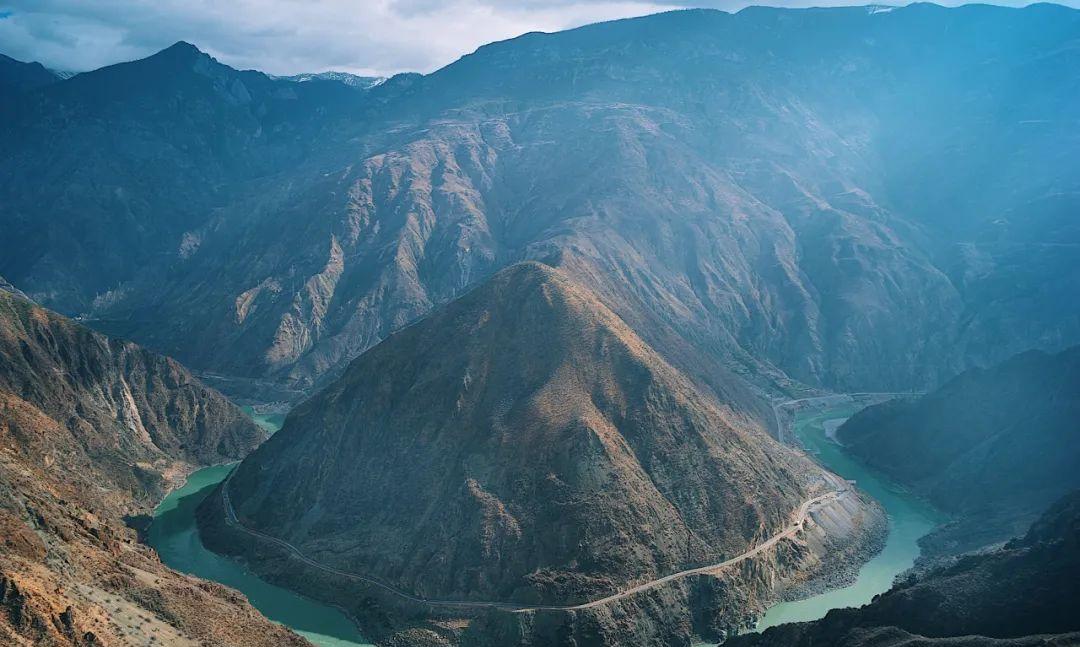
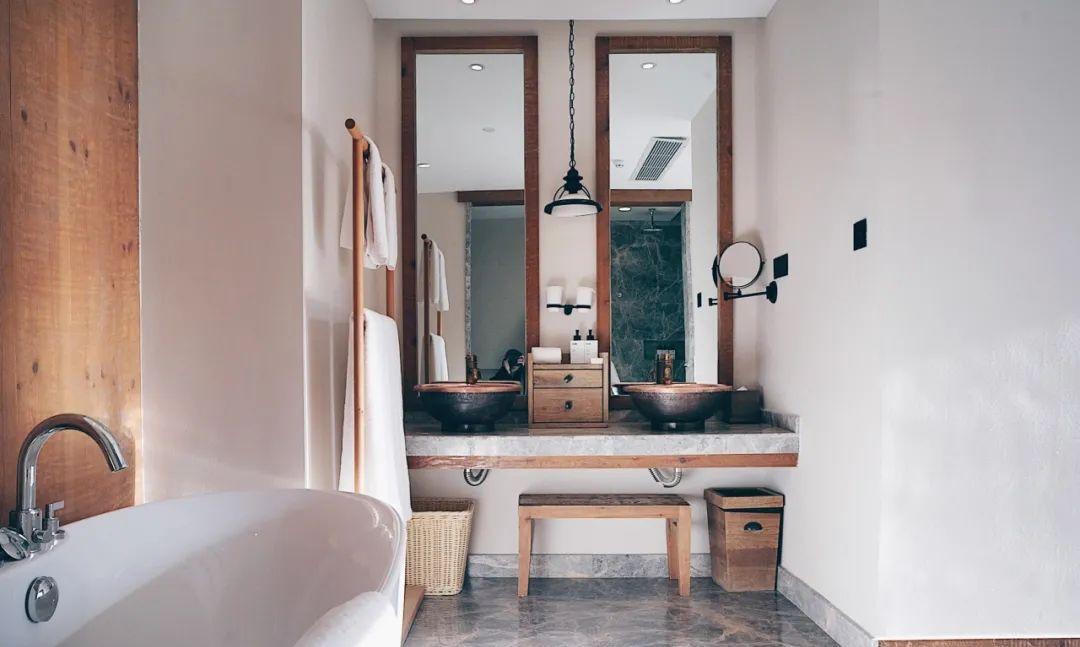
A few Tibetan-inspired buildings are nestled on a hillside, providing a great view of Dukezong Ancient Town, while the temple next to the prayer wheels glimmers with golden light in the afternoon.
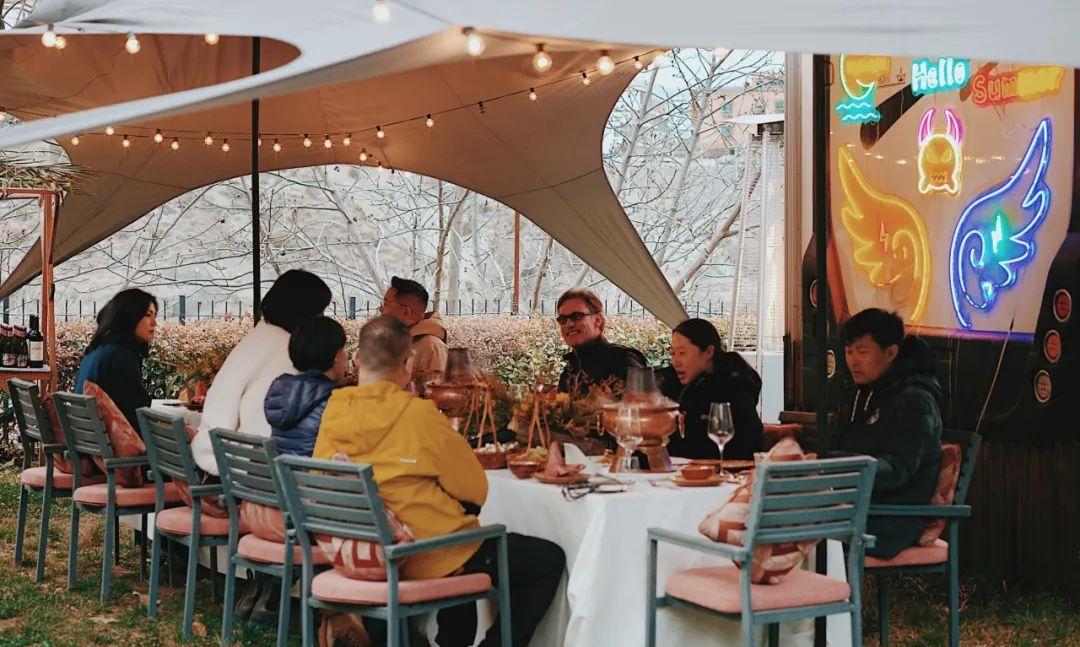
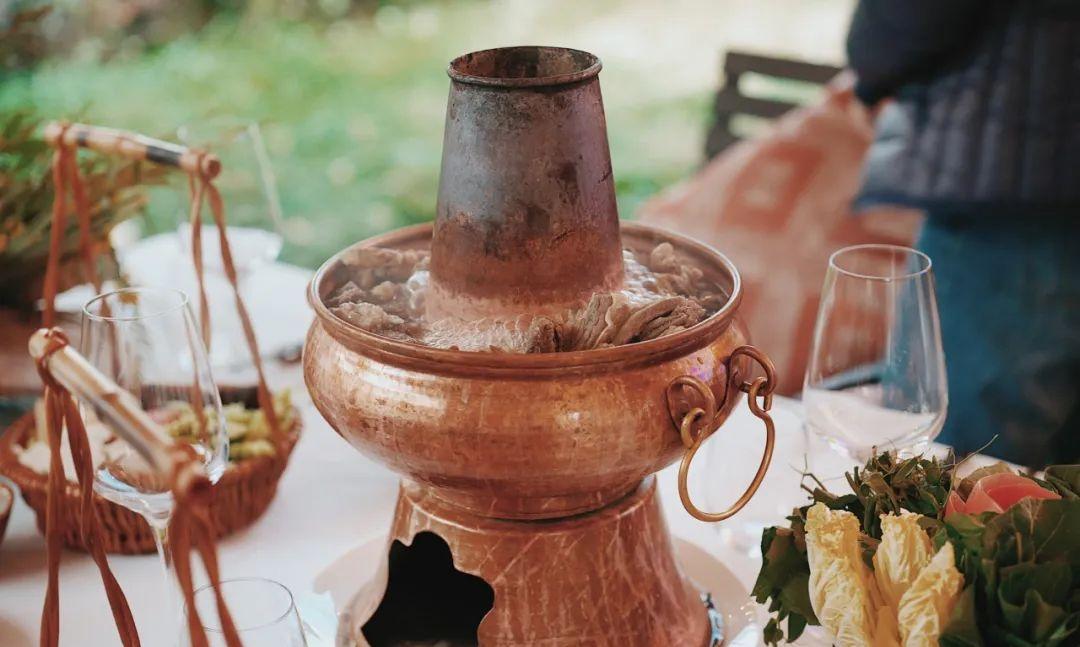
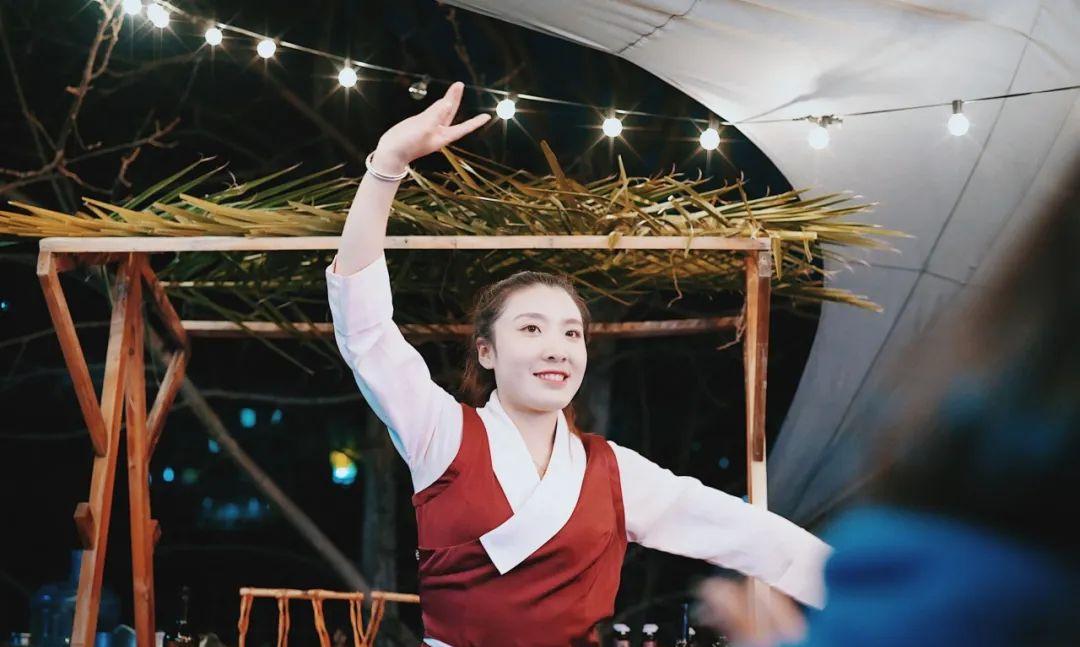
Upon reaching the hotel, everyone visibly expressed their reactions to the altitude; climbing one flight of stairs would leave us breathless for nearly thirty seconds, and opening skincare products felt like a “spray” of airflow. We’d wake particularly early as well. The Tibetan staff mentioned that the peak of altitude sickness typically occurs at night. Thankfully, every room in the hotel was equipped with a dispersive oxygen supply system, including basic rooms. This advanced system is required to be installed before the hotel is built. It intermittently tests the room’s oxygen levels and releases oxygen—there’s no need for personal oxygen canisters. Other hotels might provide this only at the suite level.
Lux skincare products also contain rhodiola, which helps alleviate altitude sickness—this herb grows exclusively on plateaus.

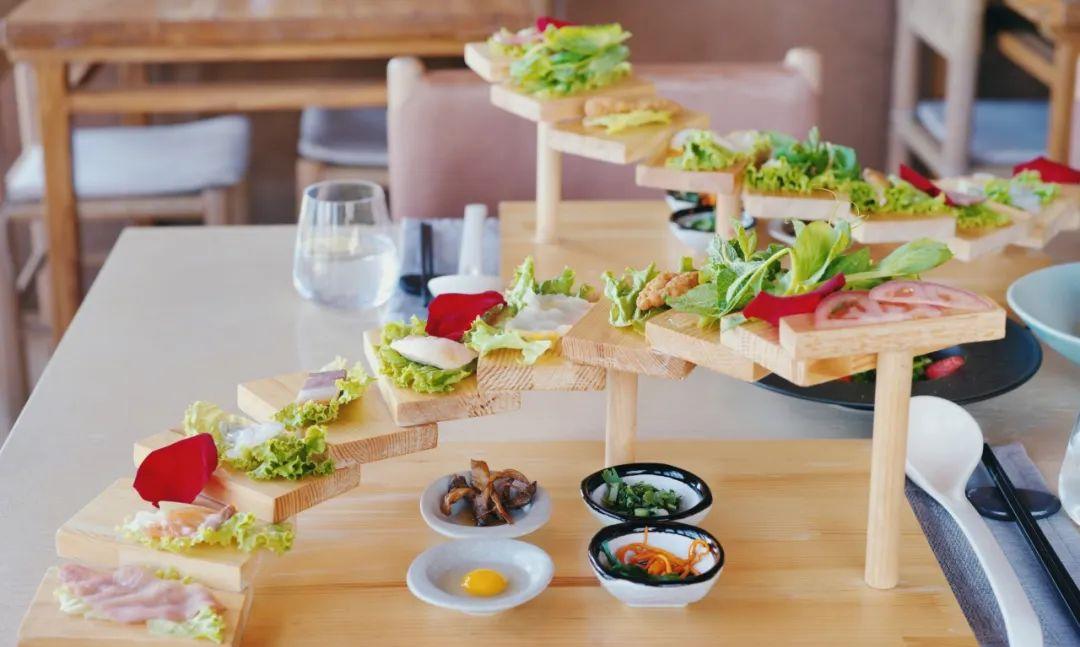
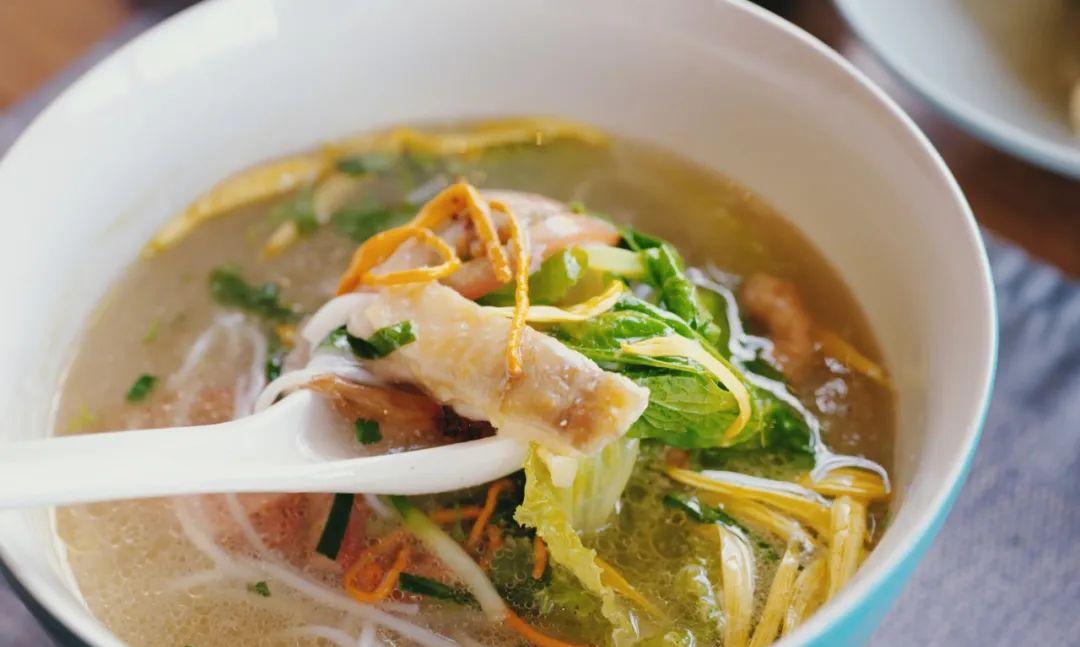
Spending time in the luxurious room is incredibly worthwhile; the suite I stayed in provided a stunning view of Dukezong Ancient Town.
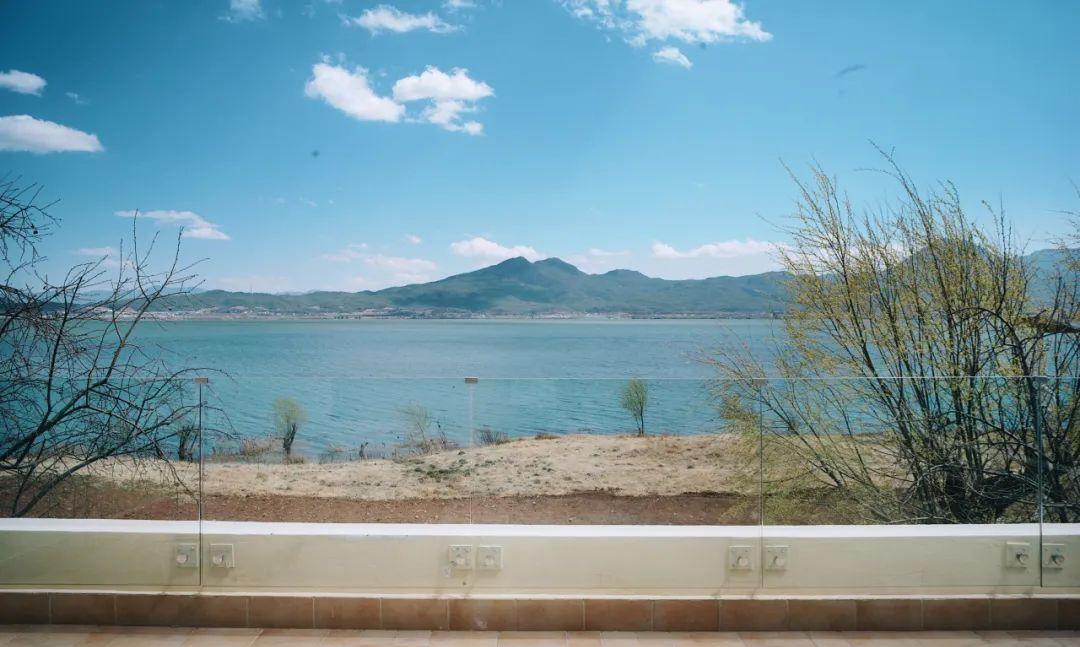
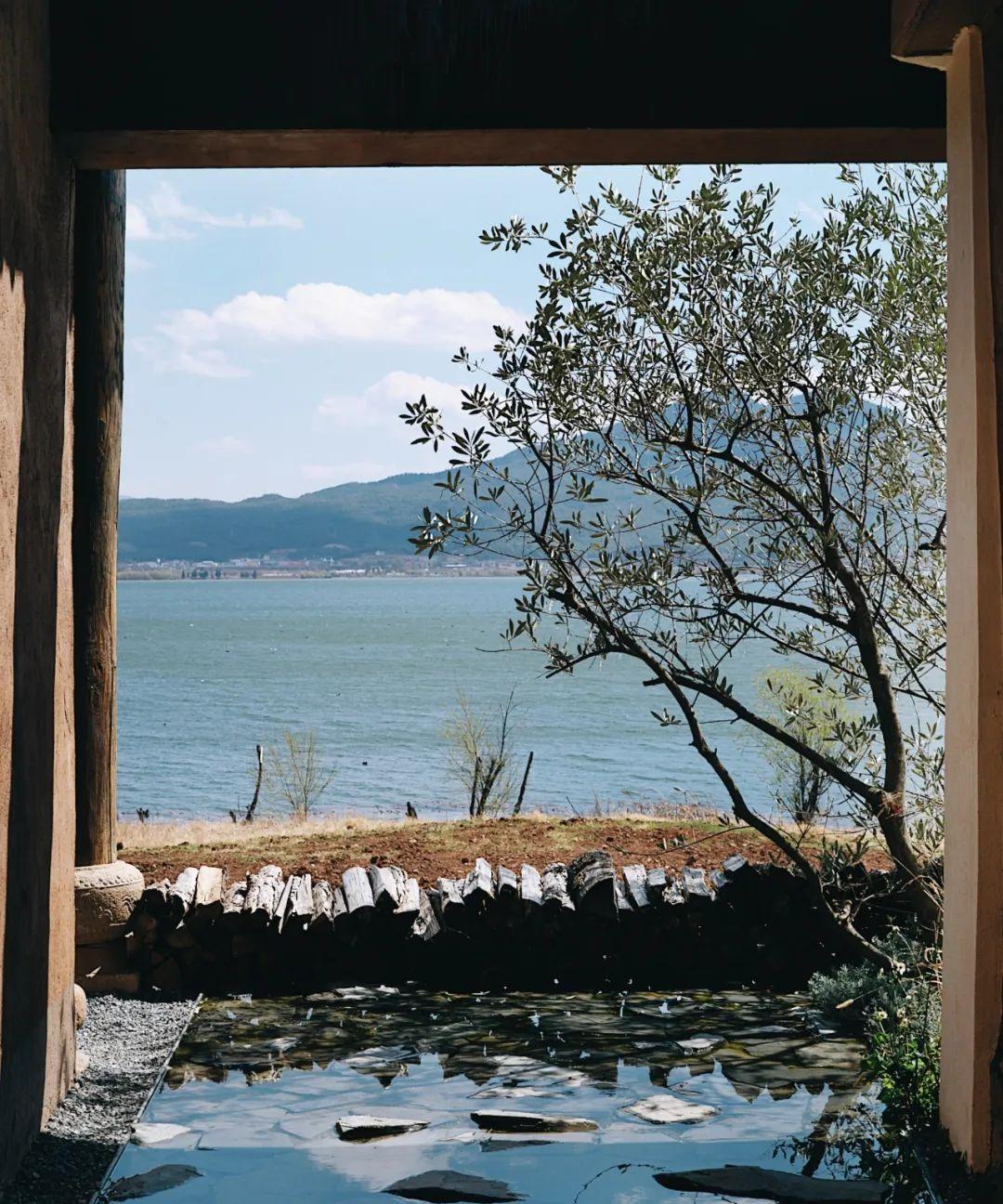
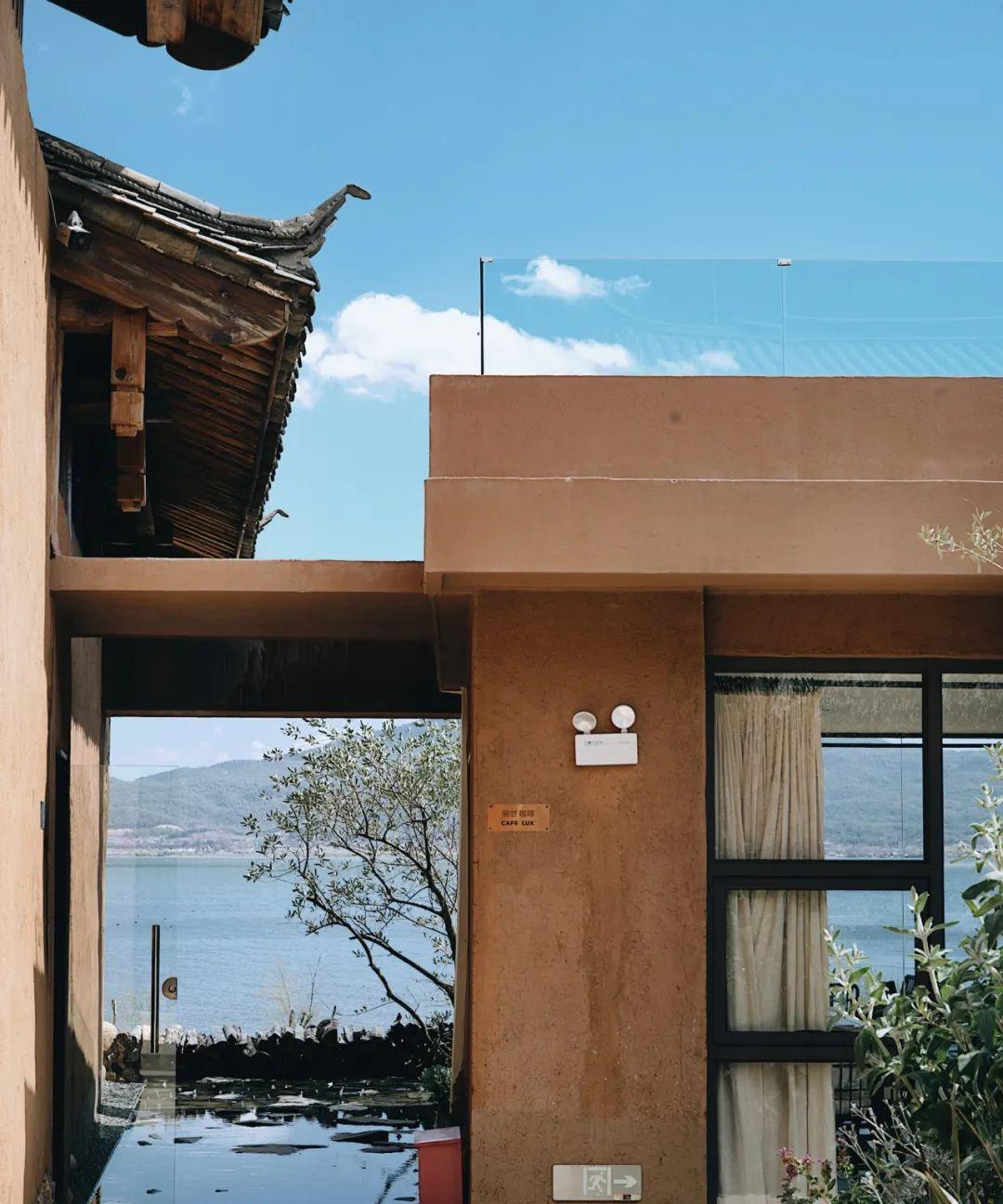
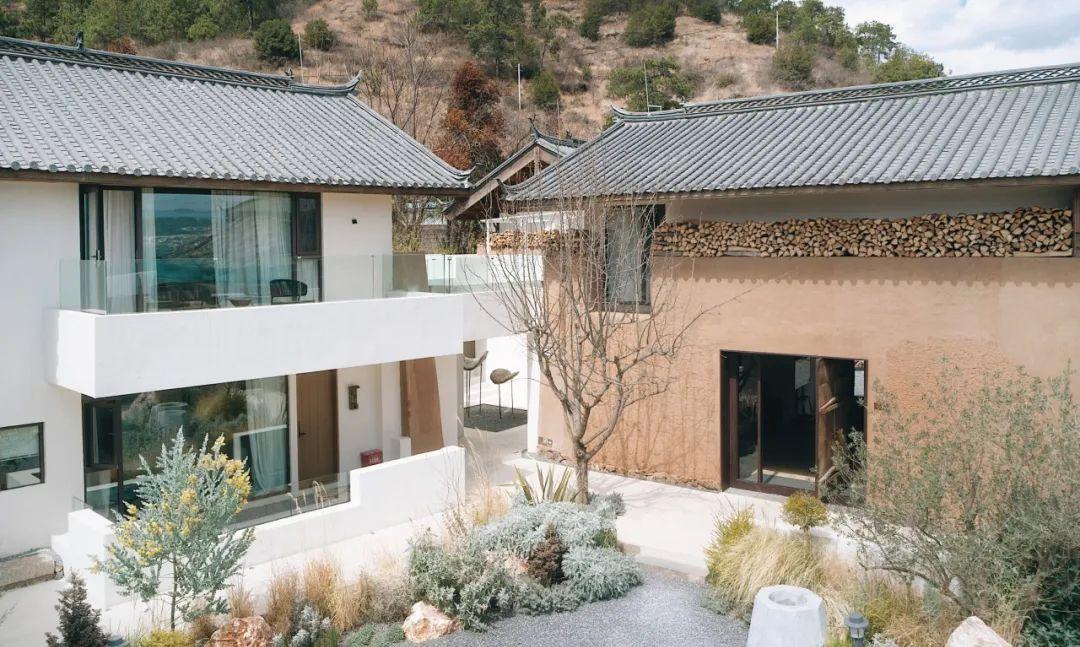
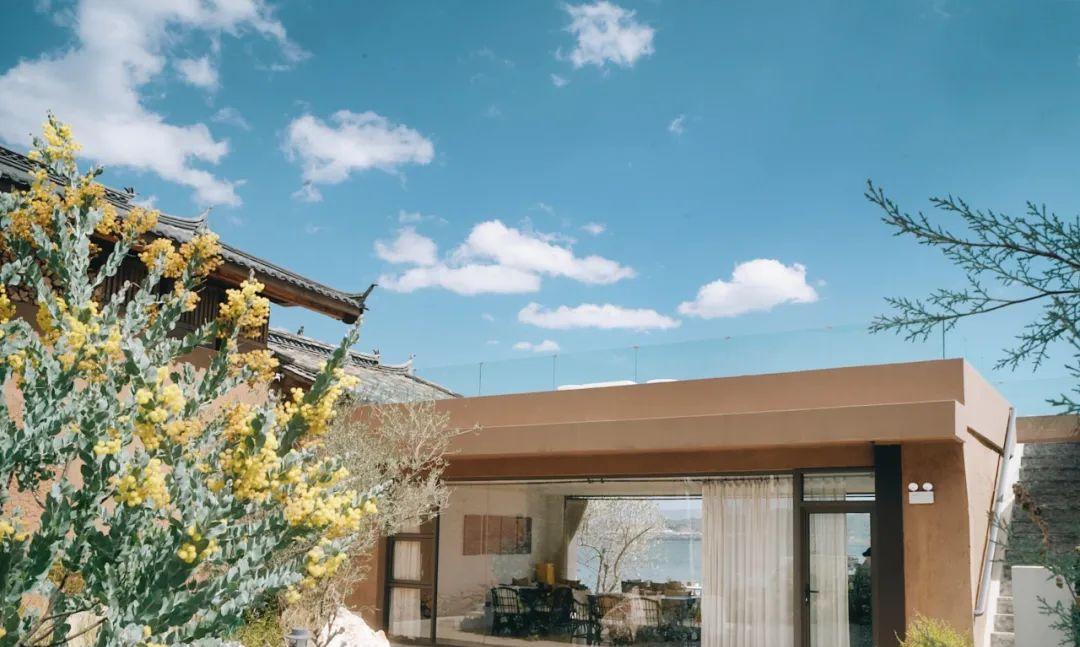
In Shangri-La, where resources are relatively scarce, Lux’s welcome fruits were genuinely generous, featuring whole fruits. The minibar had a wide selection. The beautifully colored coffee cups and pour-over pots echo out a design aesthetic that you’d wish to replicate at home.
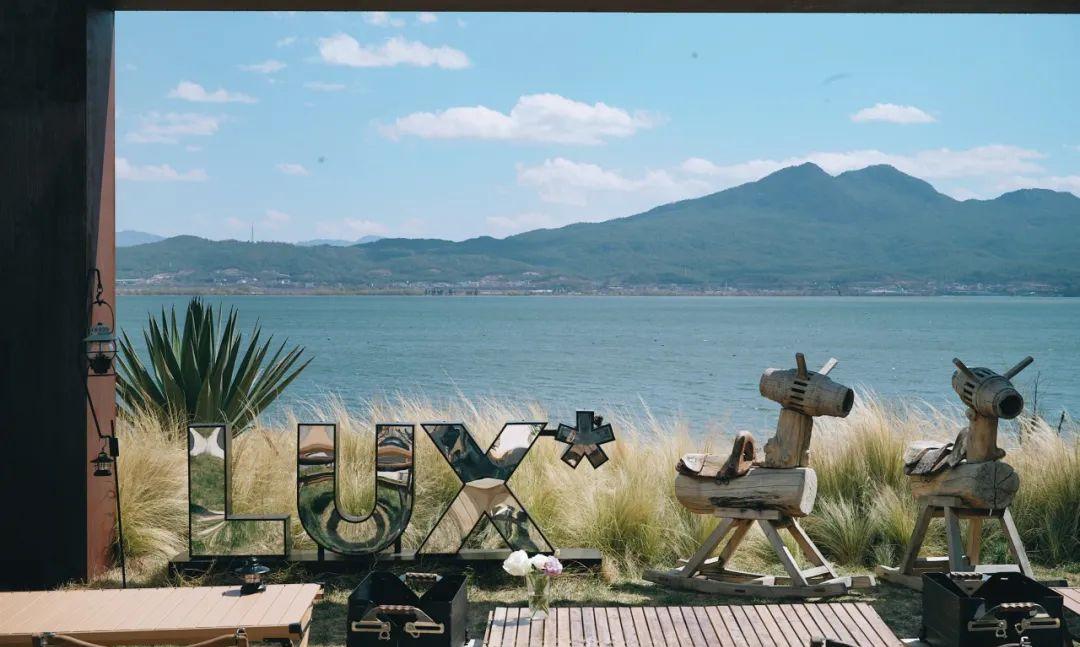
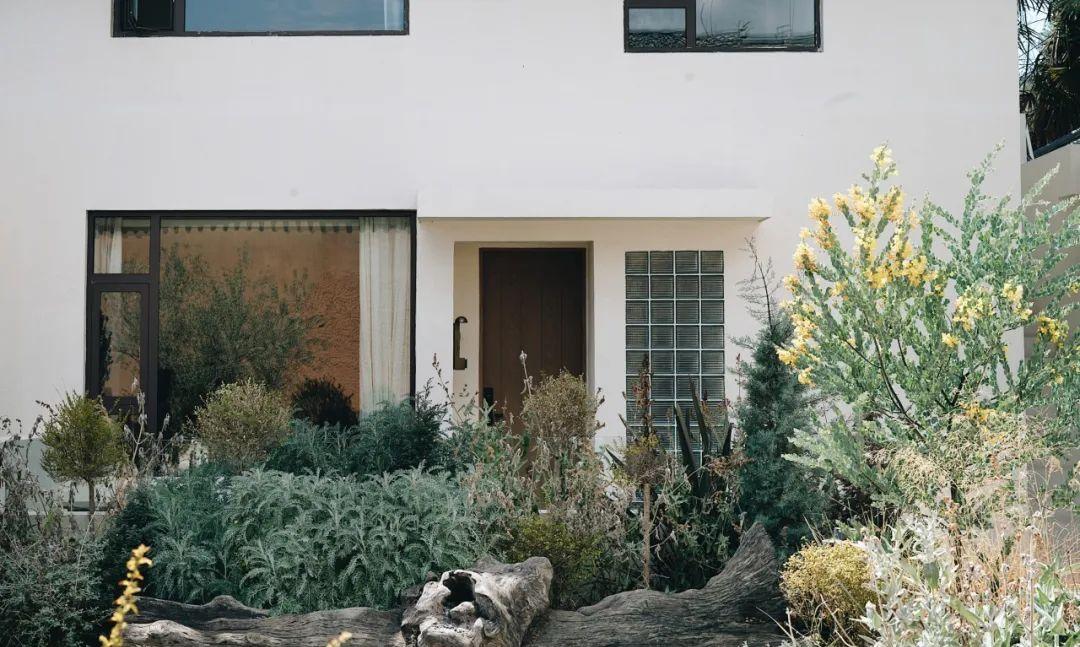
The mascot of Shangri-La is the cow, hence the room featured many cowhide elements; room keys and oxygen cards came in cowhide cases. The turndown service hid delightful surprises, gifting us small pendants of prayer wheels.
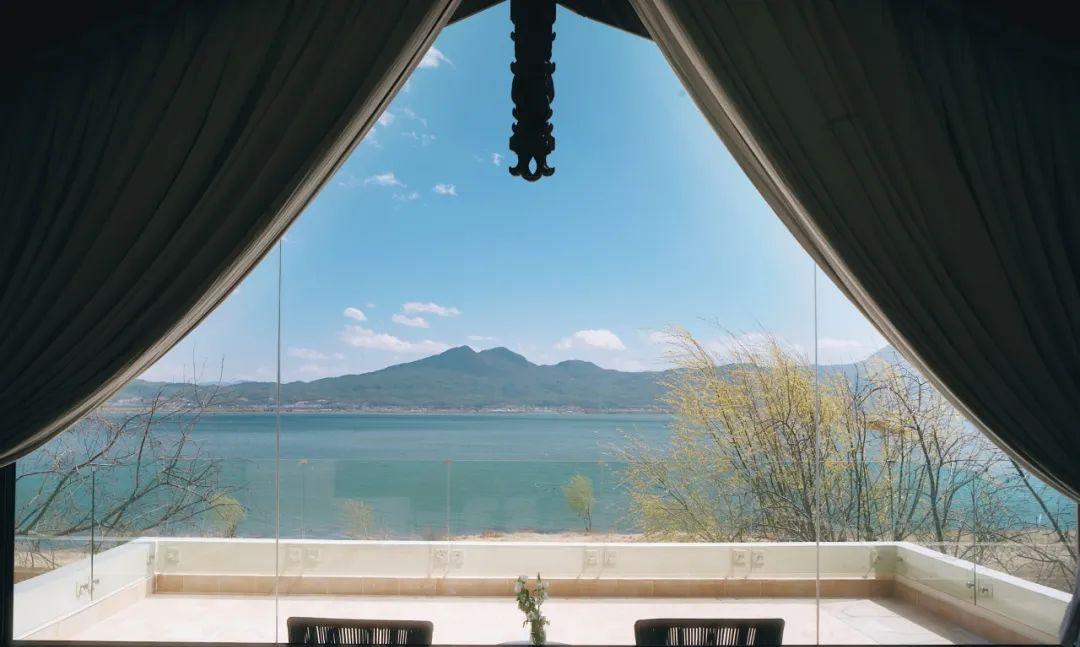
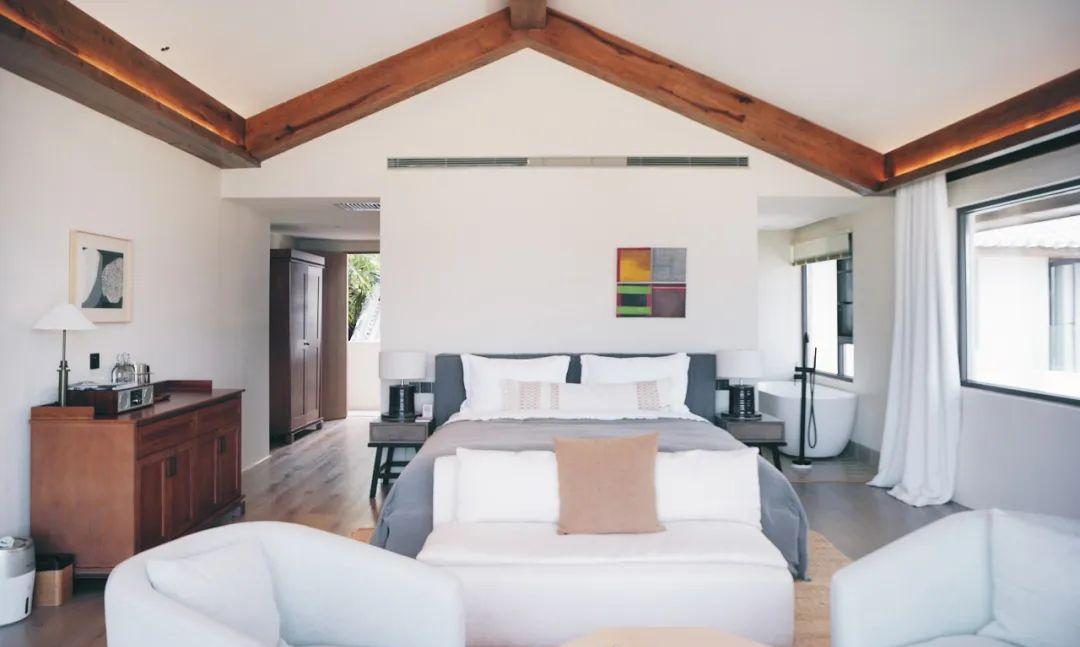
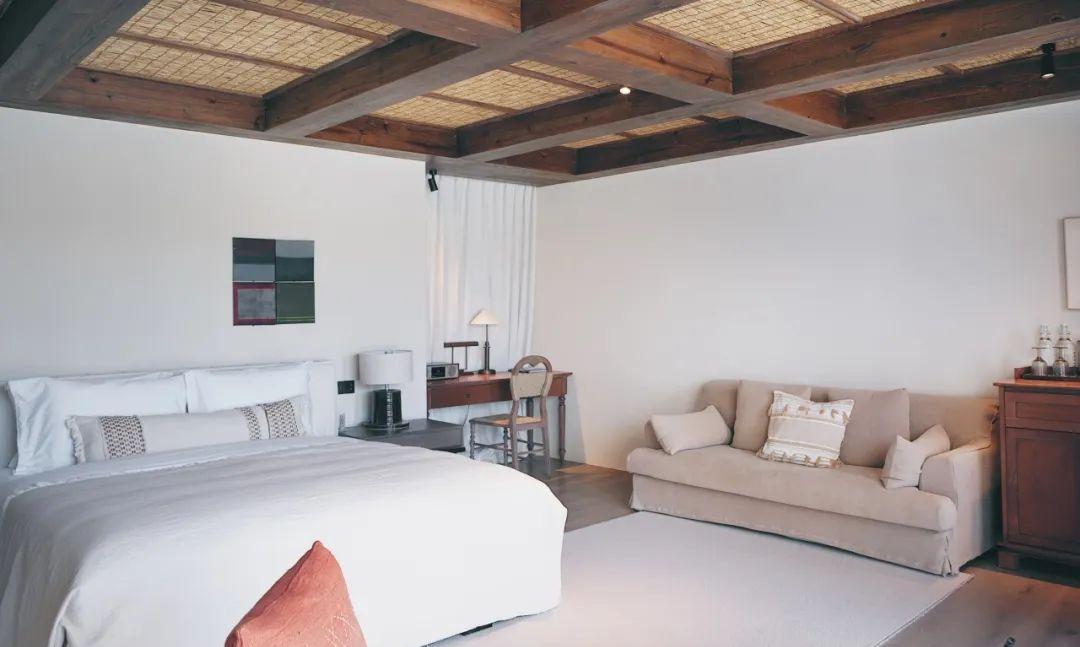
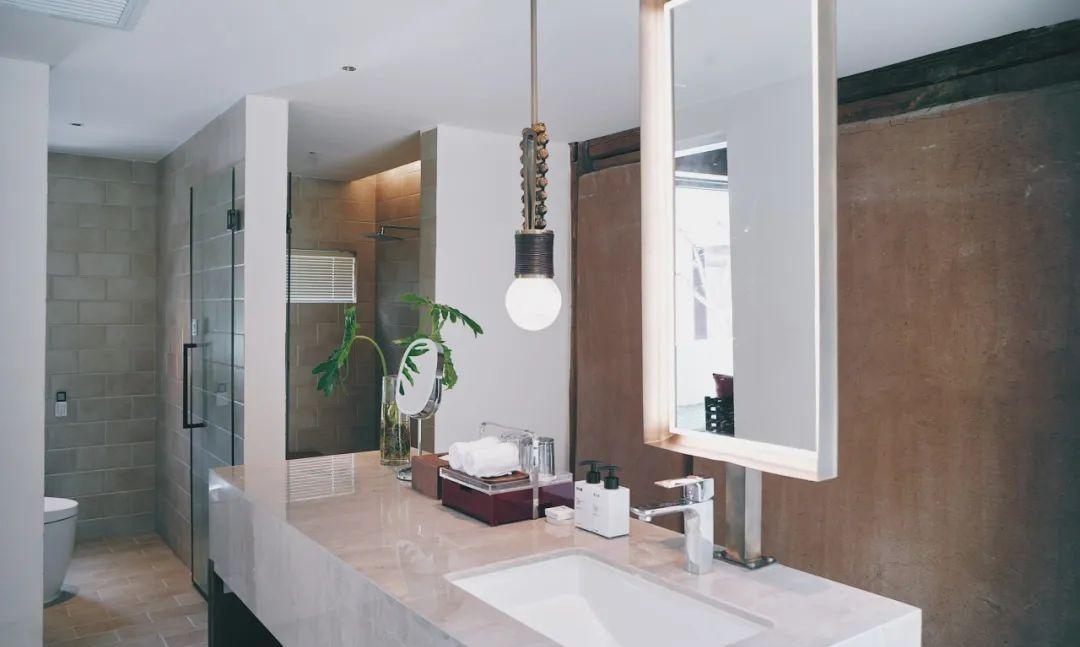
After a brief rest in the hotel, we walked over to the Thangka studio in Dukezong Ancient Town, where instructors explained the materials and processes involved in creating Thangka paintings and even offered hands-on experience of painting Thangka. Observing the exquisite Thangkas made by the instructors, it was noted a single piece could take up to three years to create, with such intricate handiwork. Good Thangkas could sell for seven or even eight figures—this indeed represents the luxury of our Chinese culture.
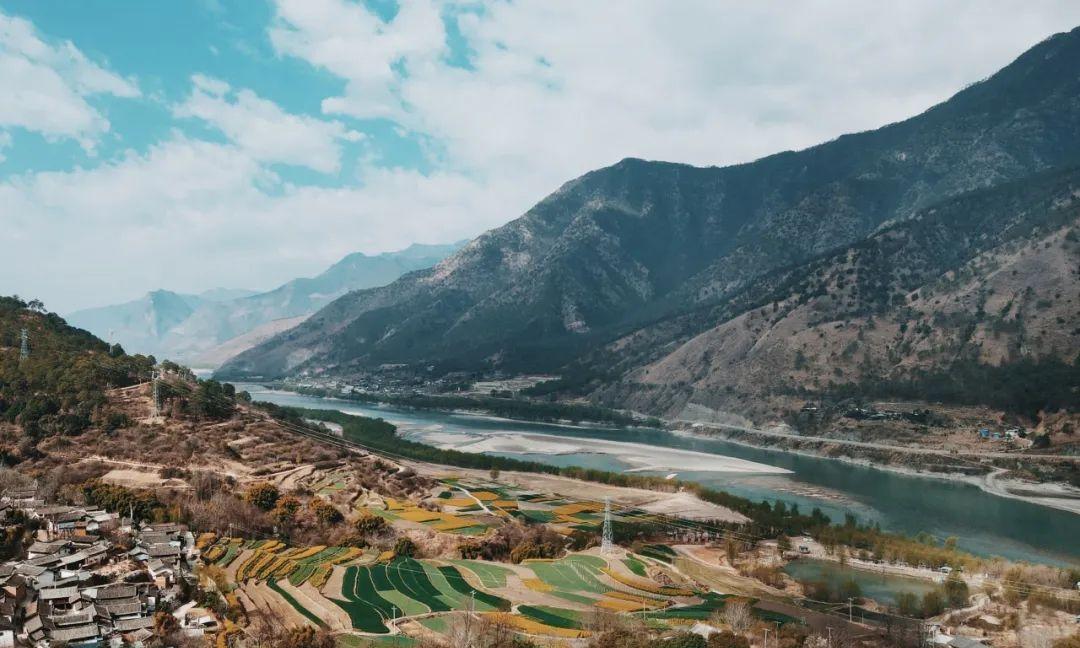
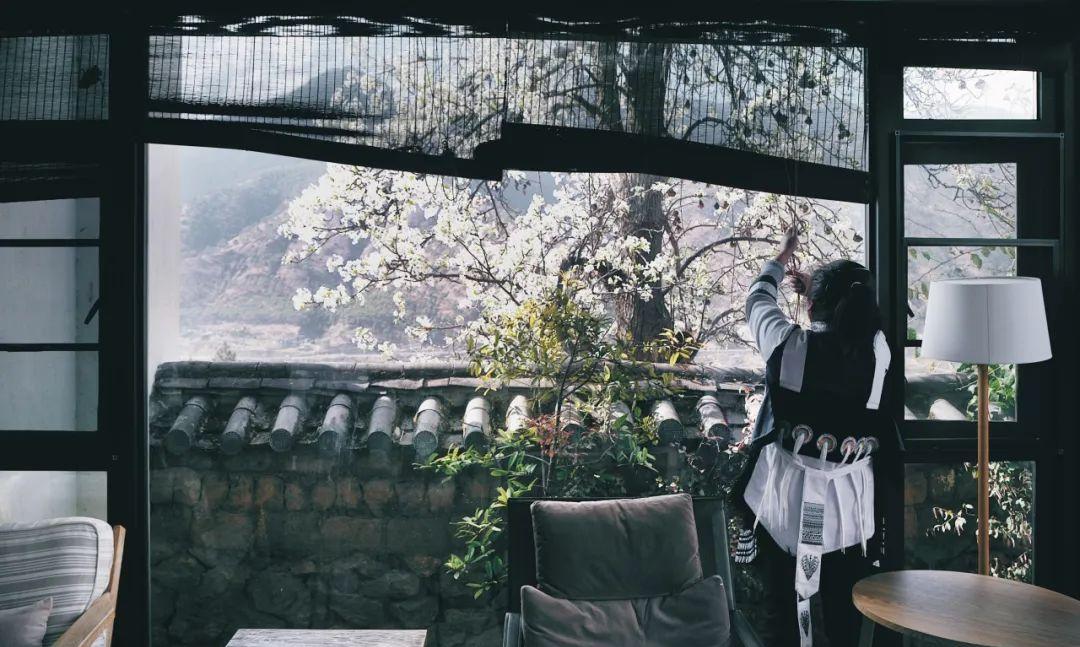
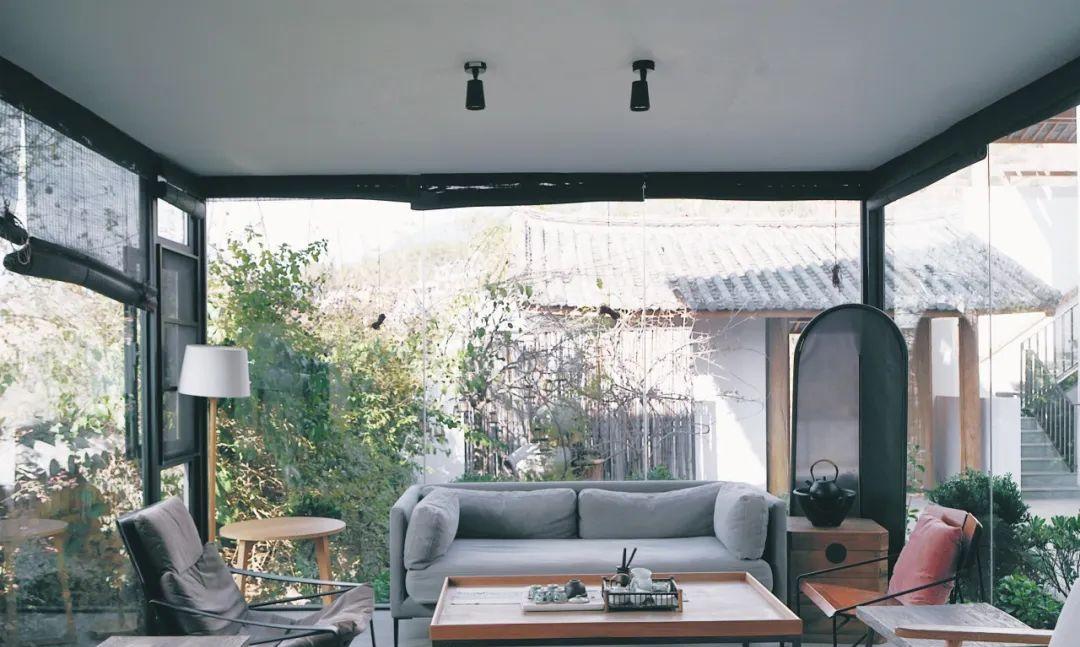
Dinner once again brought forth an exquisite banquet, beginning with an outdoor cocktail party.
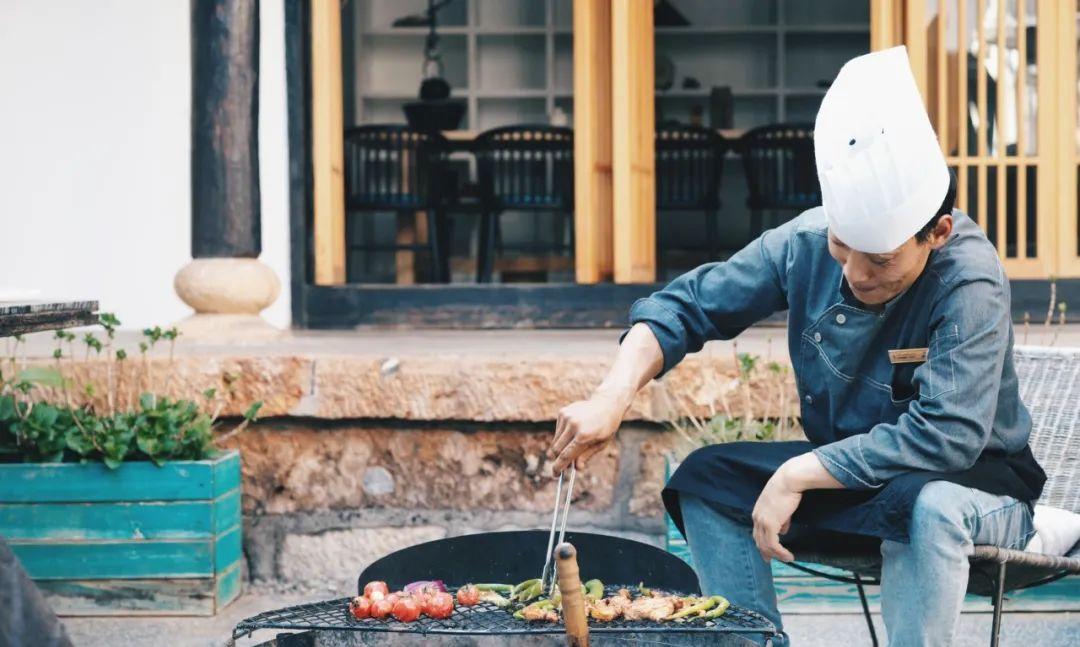
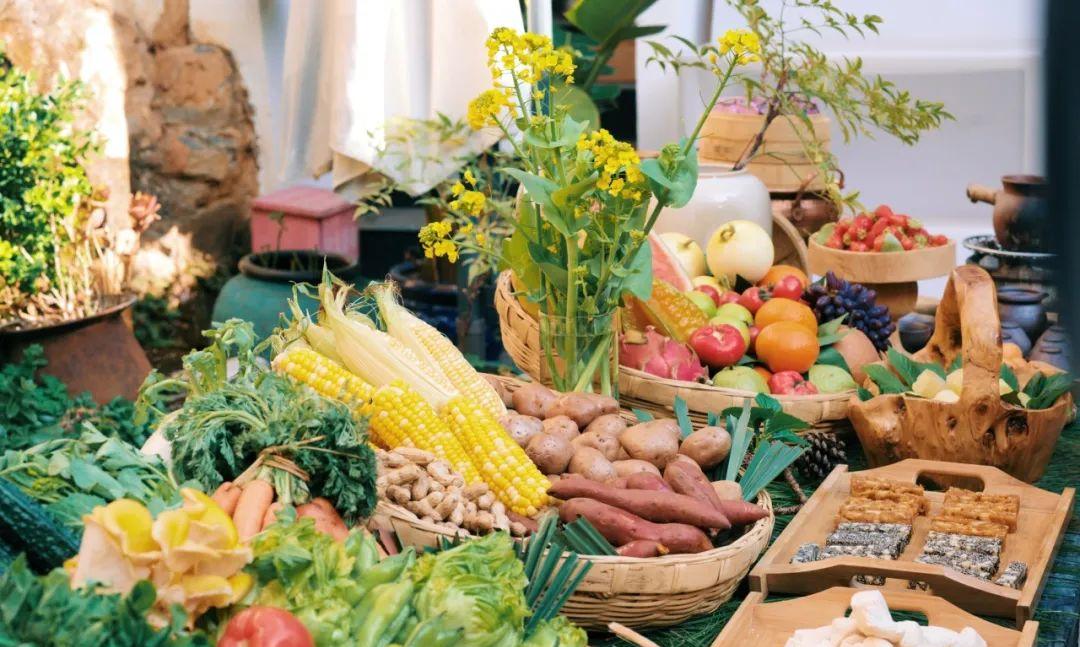
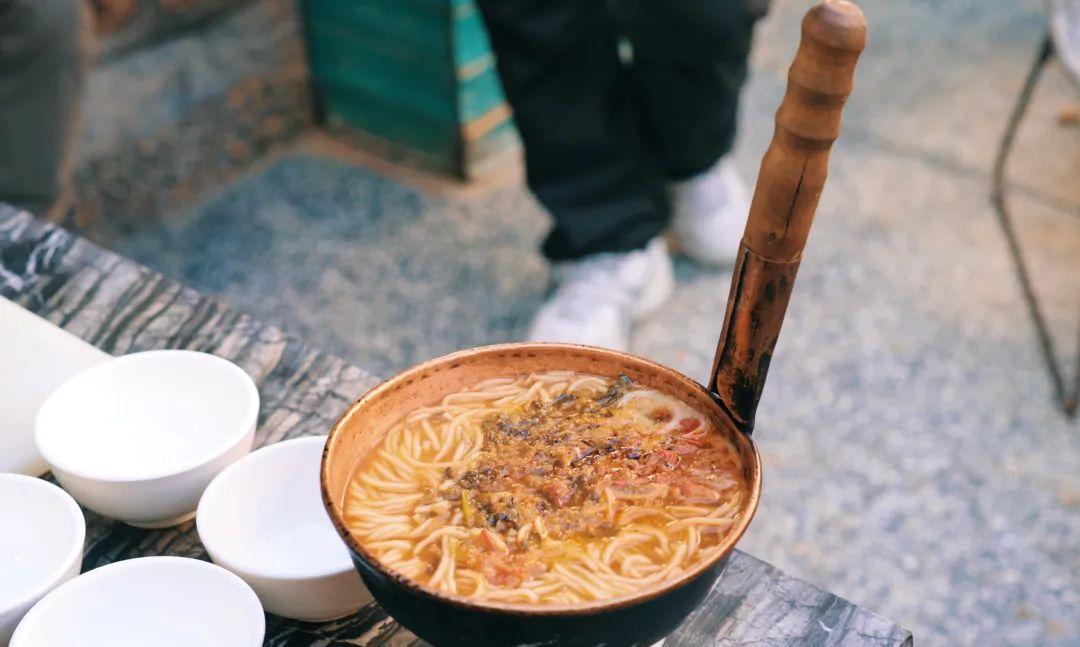
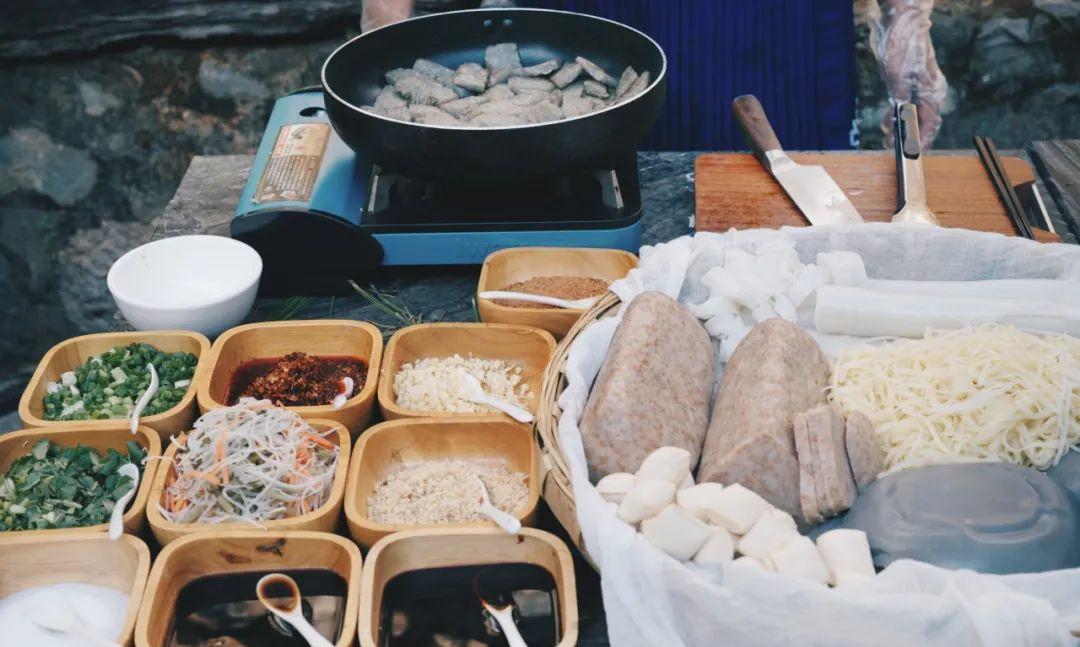
The main course consisted of some served individually, while others were shared, all imbued with the flavors of Shangri-La. Lux’s food is truly excellent, and each evening has its own dedicated menu.
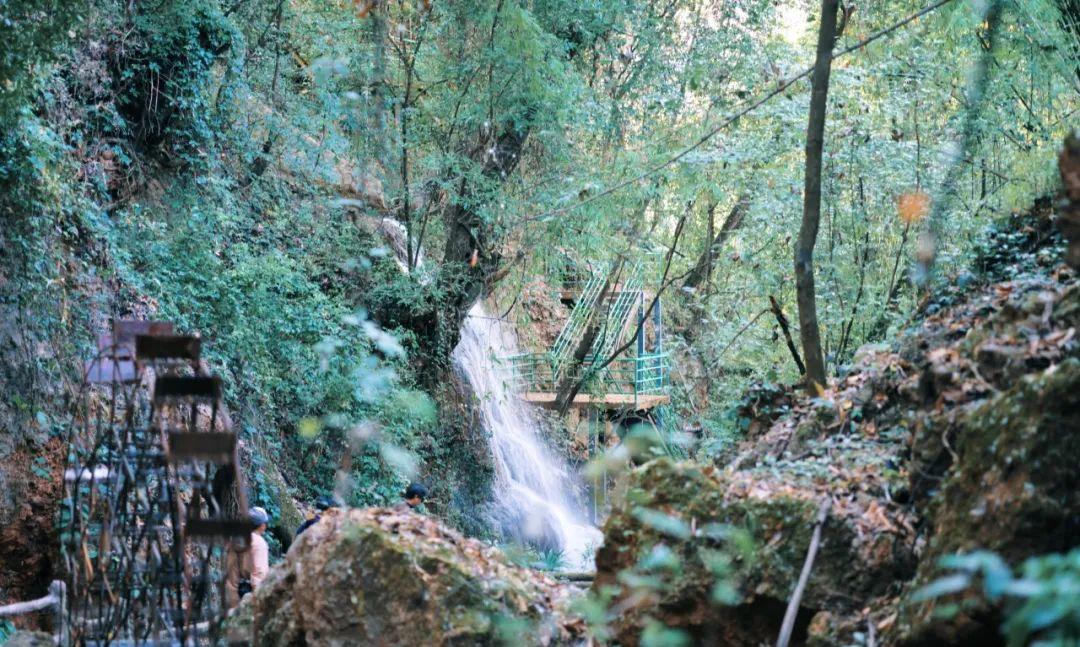
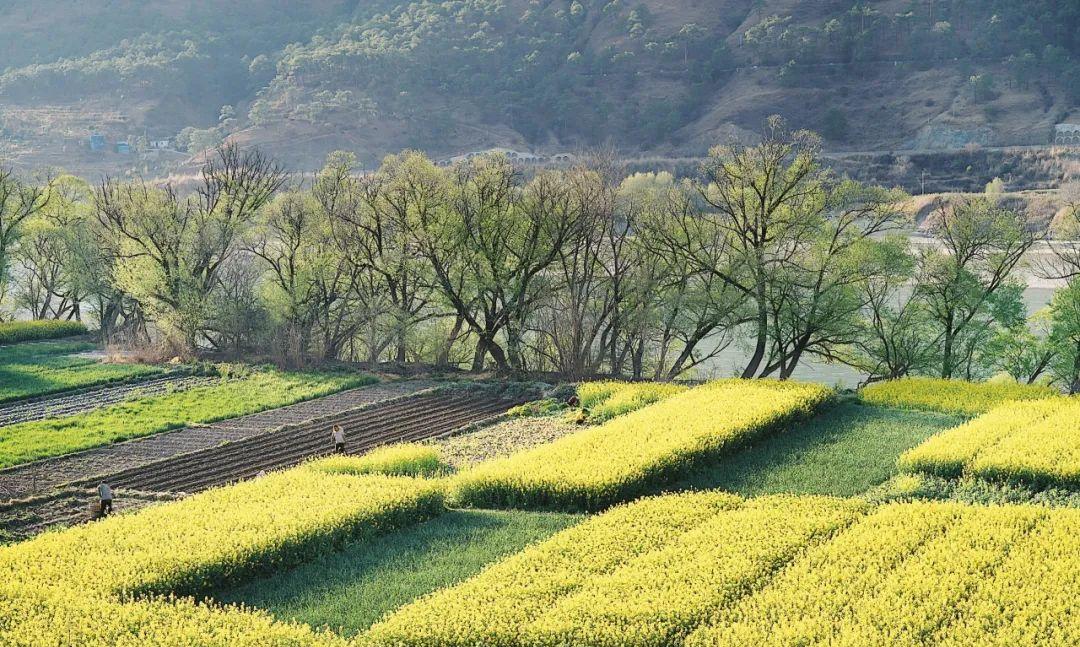
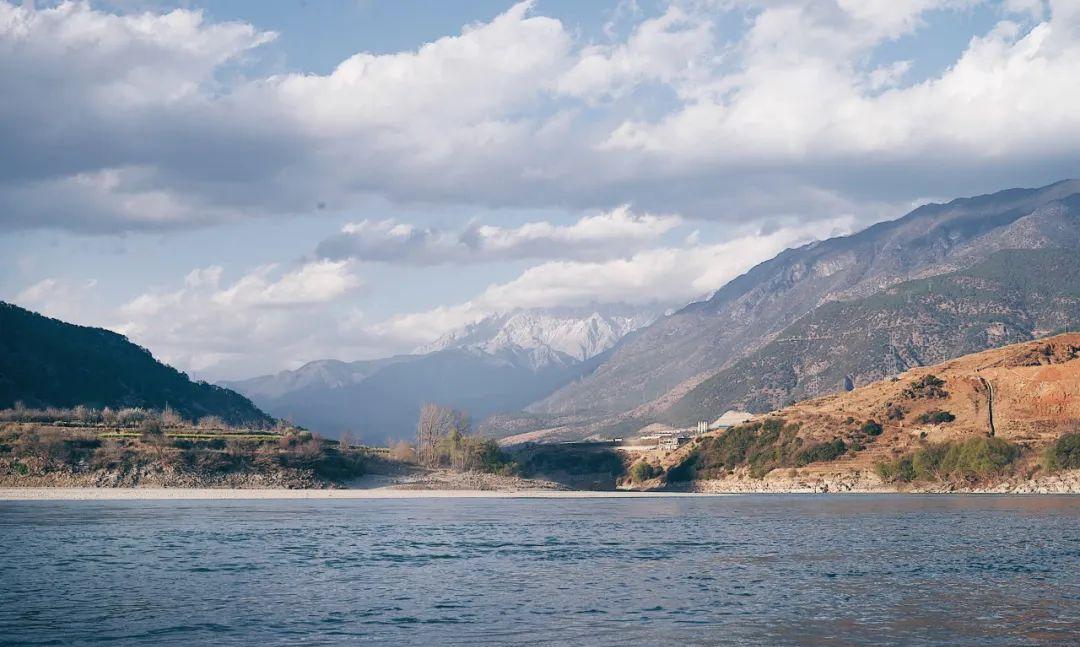
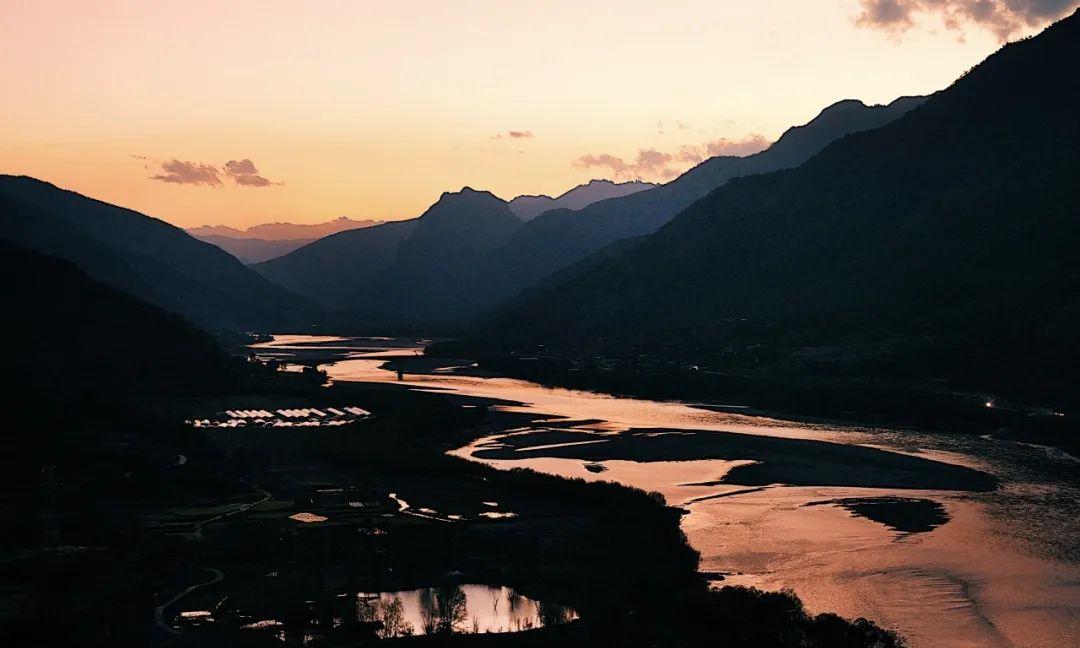
Breakfast featured an elaborate half buffet style, showcasing every Tibetan delicacy possible— butter tea, qingke cakes, yak noodles, yak cheese… A unique dish was the Tibetan Benedict, featuring a runny egg on a qingke cake, reaching maximum sweetness.
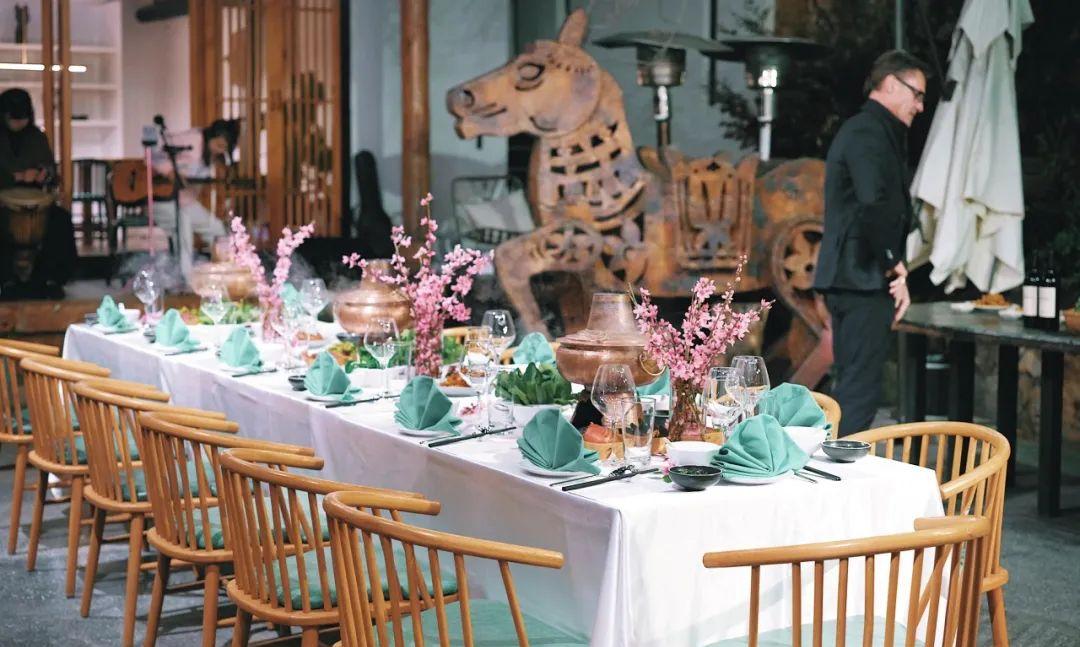
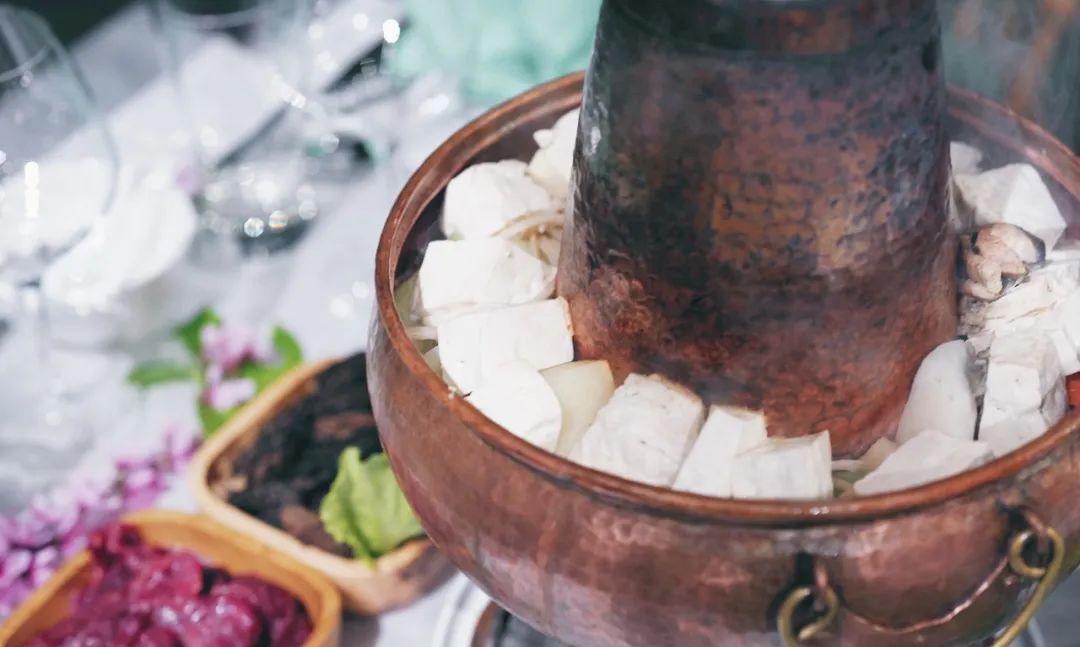
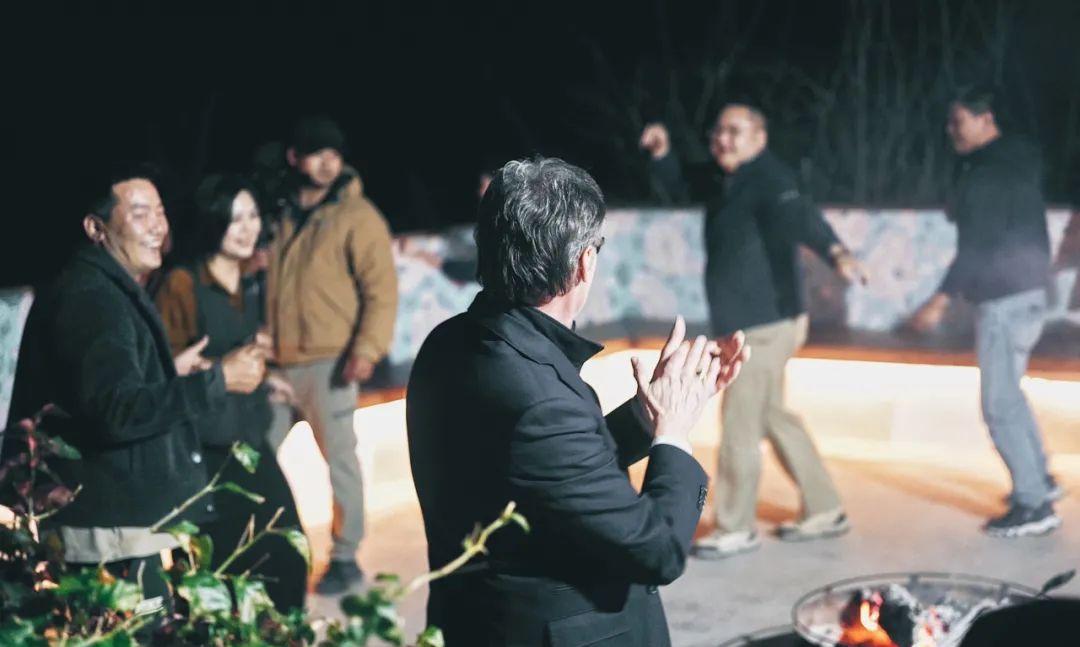
**Day 4**
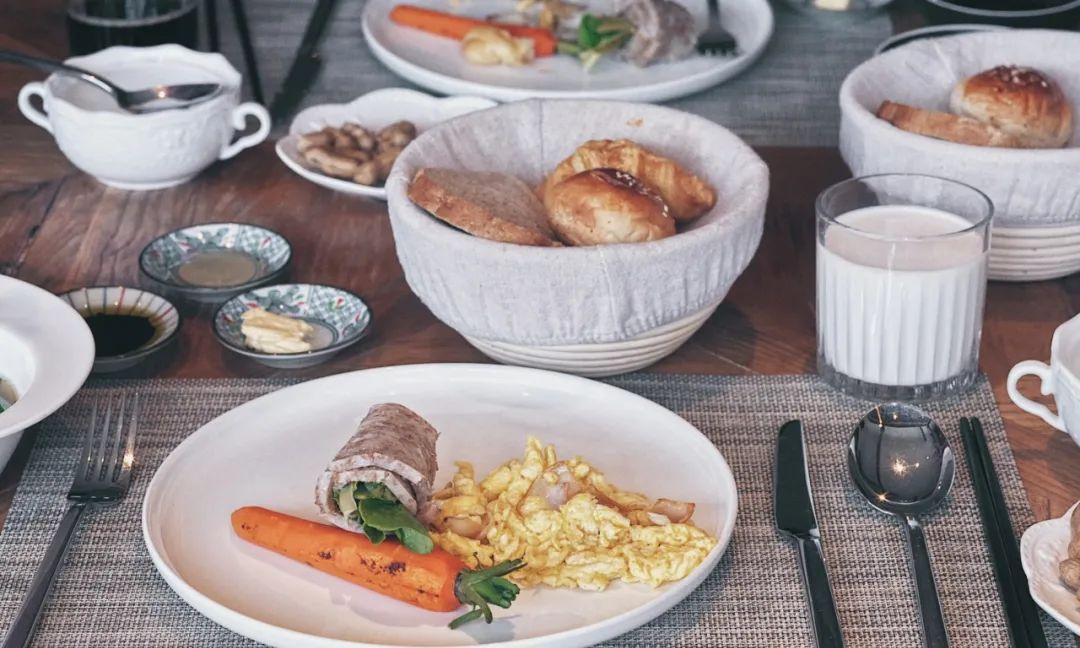
Benzilan – Niding Forest Hiking – Dongzhulin Temple – Benzilan Lux
Today’s primary itinerary involved traveling from Shangri-La to Benzilan. Benzilan is essentially a necessary stop from Shangri-La to Meili, serving as the first entry point from Yunnan to Tibet.
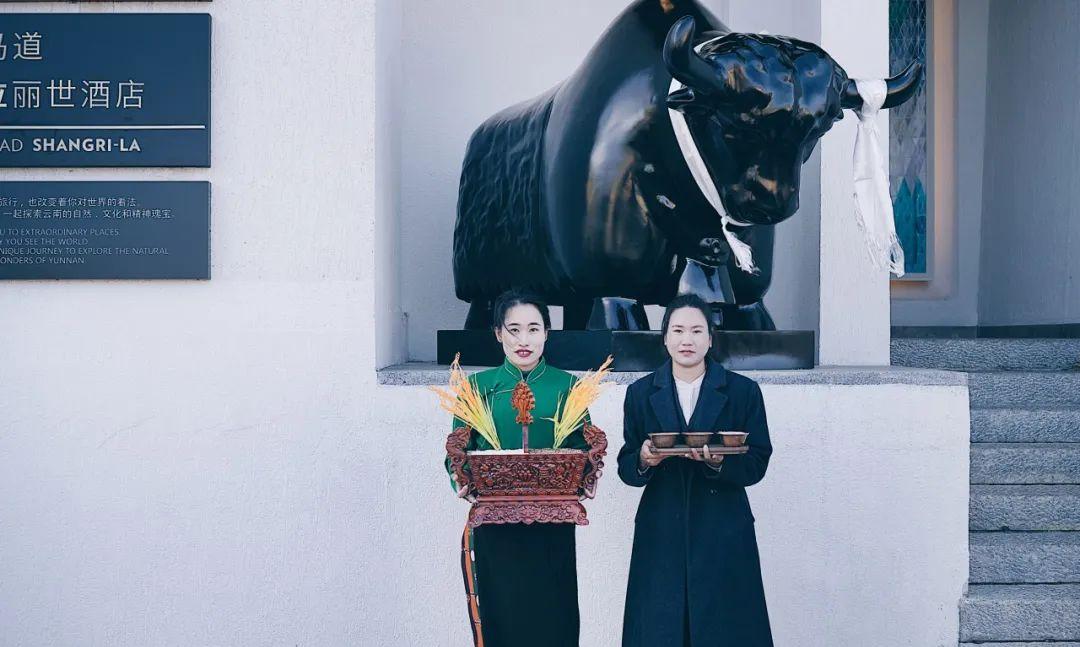
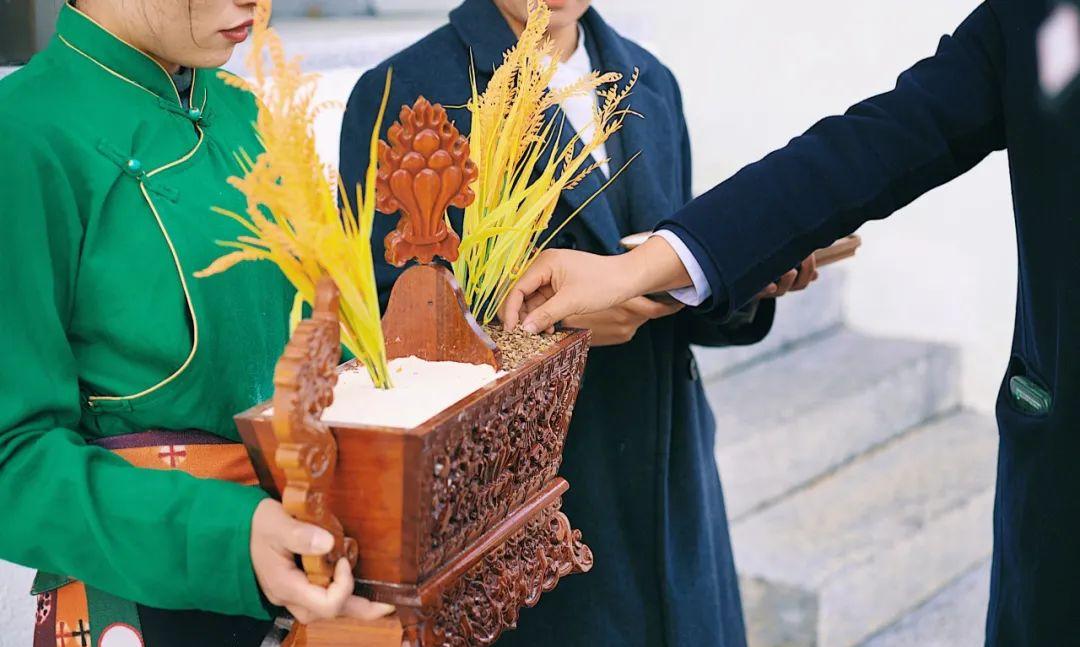
In the morning, we started with a hike through the primitive forest next to Niding village, which was identified by the hotel as Shangri-La’s most original route that is also accessible by car. To put it simply, it was easy walking with rewarding forest views.
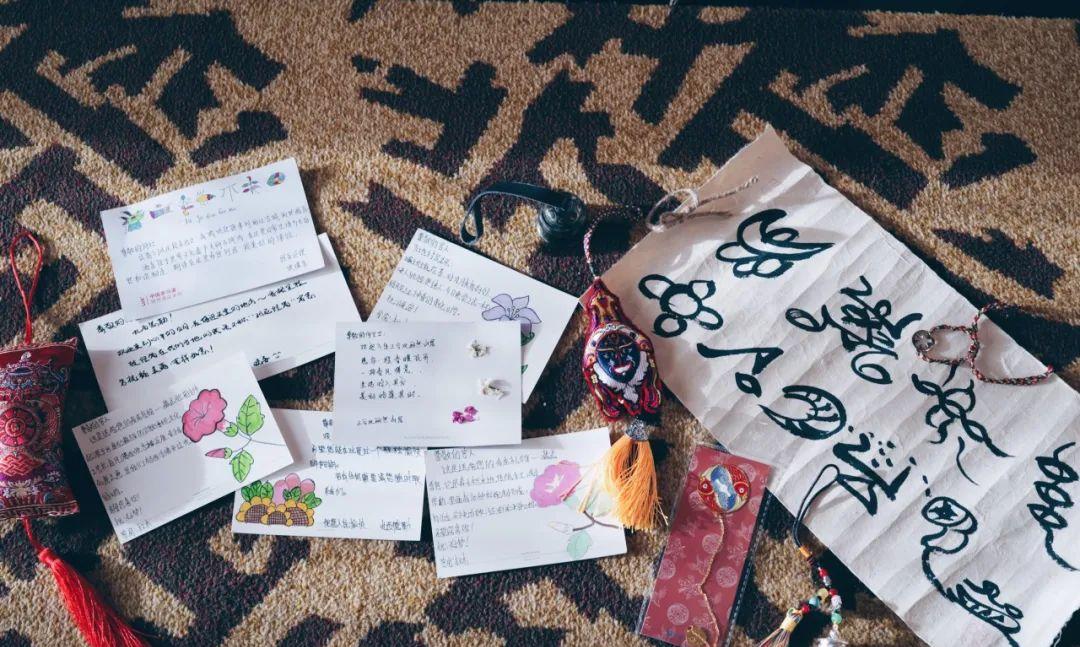
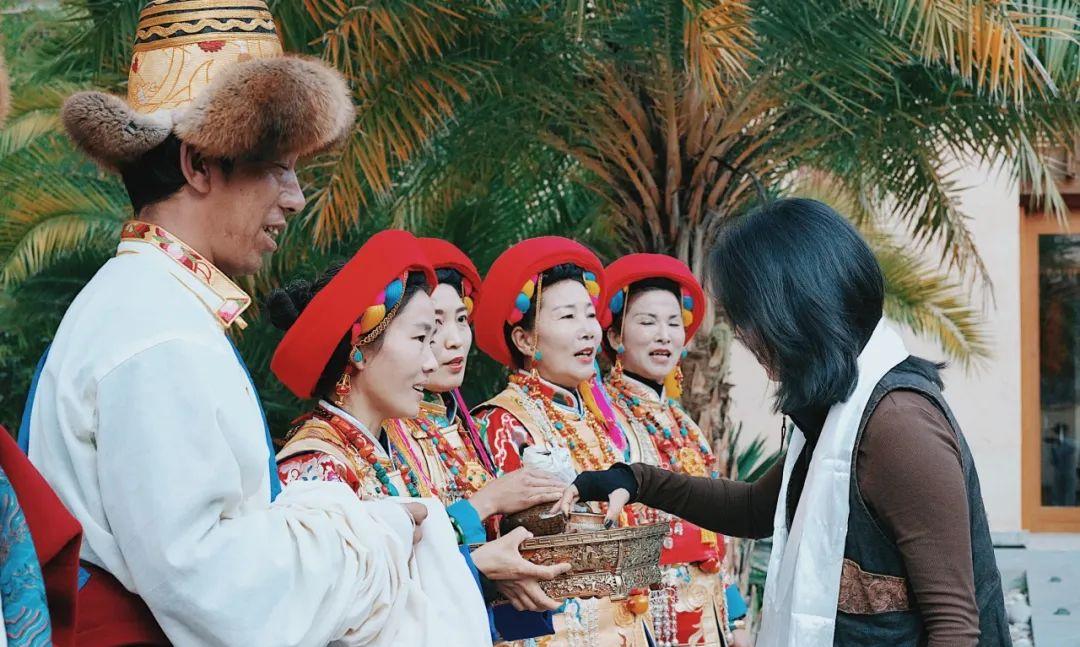
The short 3.5 kilometers gave a feeling that one had experienced all four seasons: giant pine cones, tree flowers, plus a stone mound set by previous guests were along the path. In the first stretch, we could see the snow mountain, then as we ventured further, the snow was as thick as a quilt; it felt surprisingly warm, and my friends even started a snowball fight. Toward the end were small streams.

Lunch was served at a family-run restaurant by the village, and we visited the home of the village head.
Along the way, we encountered more cattle and horses than people on the village paths; they seemed to stand still yet exuded an aura of life, indeed allowing people and vehicles to pass.


